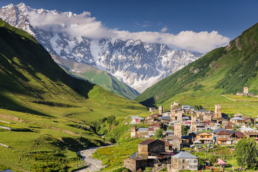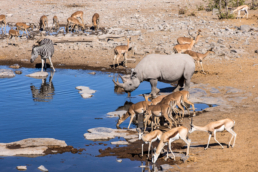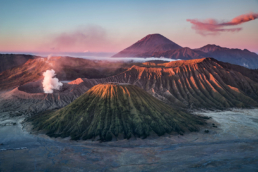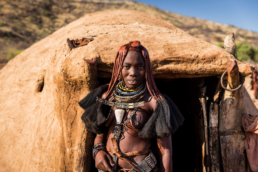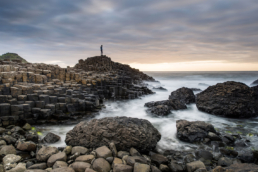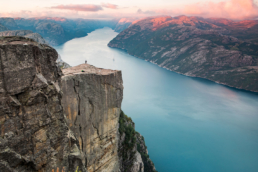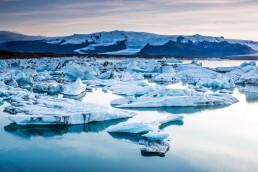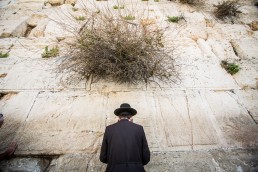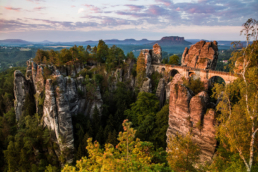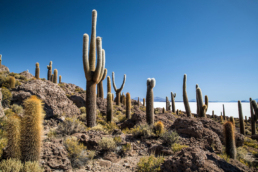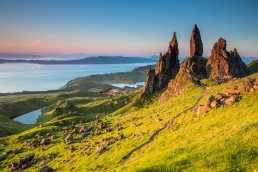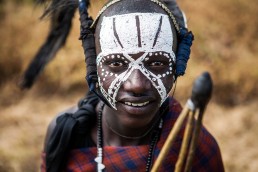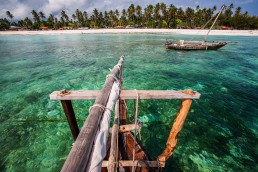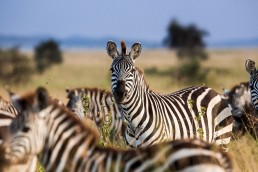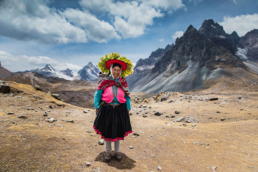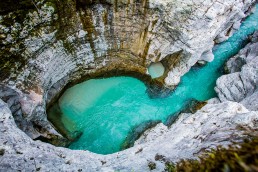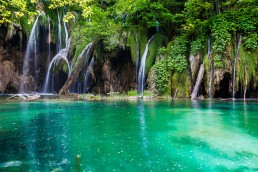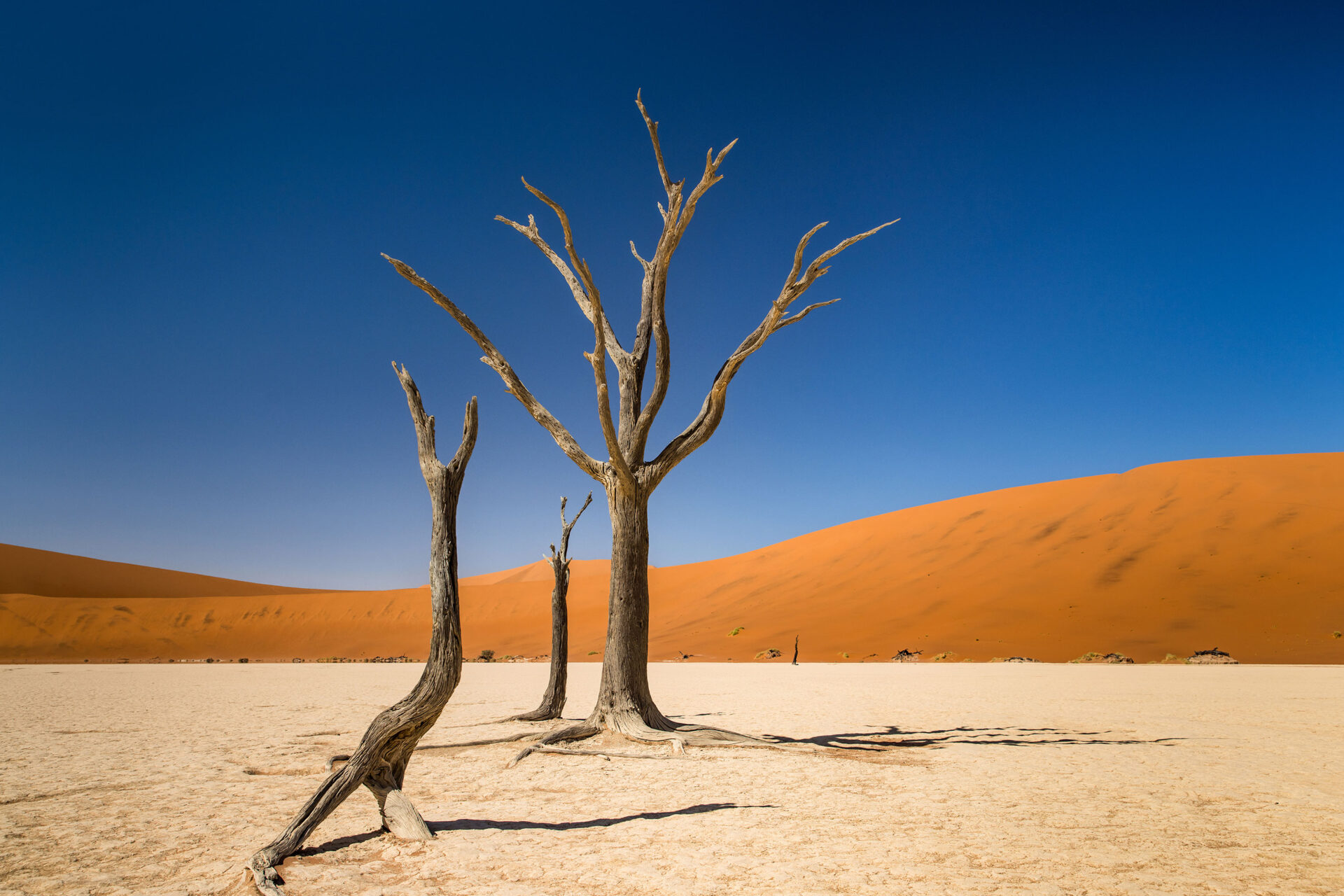
In the southwest of Africa, bordering Angola, Botswana and South Africa, lies Namibia, one of the least populated countries on Earth with a little over 2 million inhabitants. The natural landscapes and abundance of wildlife is what draws many visitors to Namibia. In October, towards the end of the dry season, many animals congregate at waterholes, increasing the chances of seeing wildlife. Hence, why I decided to visit that time of the year.
I arrived at the capital Windhoek, ready to embark on a 3-week adventure through red sand dunes, deserts, coastline, and the much-anticipated Etosha National Park. The best way to travel through Namibia is by renting your own 4×4 jeep. Unlike other countries in Africa, where the infrastructure often isn’t as developed or it’s simply not safe, driving in Namibia is fairly easy. Most roads are in great condition and having your own car allows you to explore the most remote areas of the country. It also allows you to observe wildlife at your own pace.
Kalahari Desert
The Kalahari Desert is one of the driest places on earth, yet some of Namibia’s wildlife have learned to adapt to these harsh conditions. Here you can catch a glimpse of ostriches, giraffes, wildebeest and kudu. If you’re lucky, you can even spot white rhinos!
Another animal that has adapted very well to the Kalahari desert is the meerkat. Around sunset, these adorable creatures will roam the desert floor in search of food. Careful where you step as they love to cross your path!
For an exact location where the photo was taken, you can save the photo or hover over it.
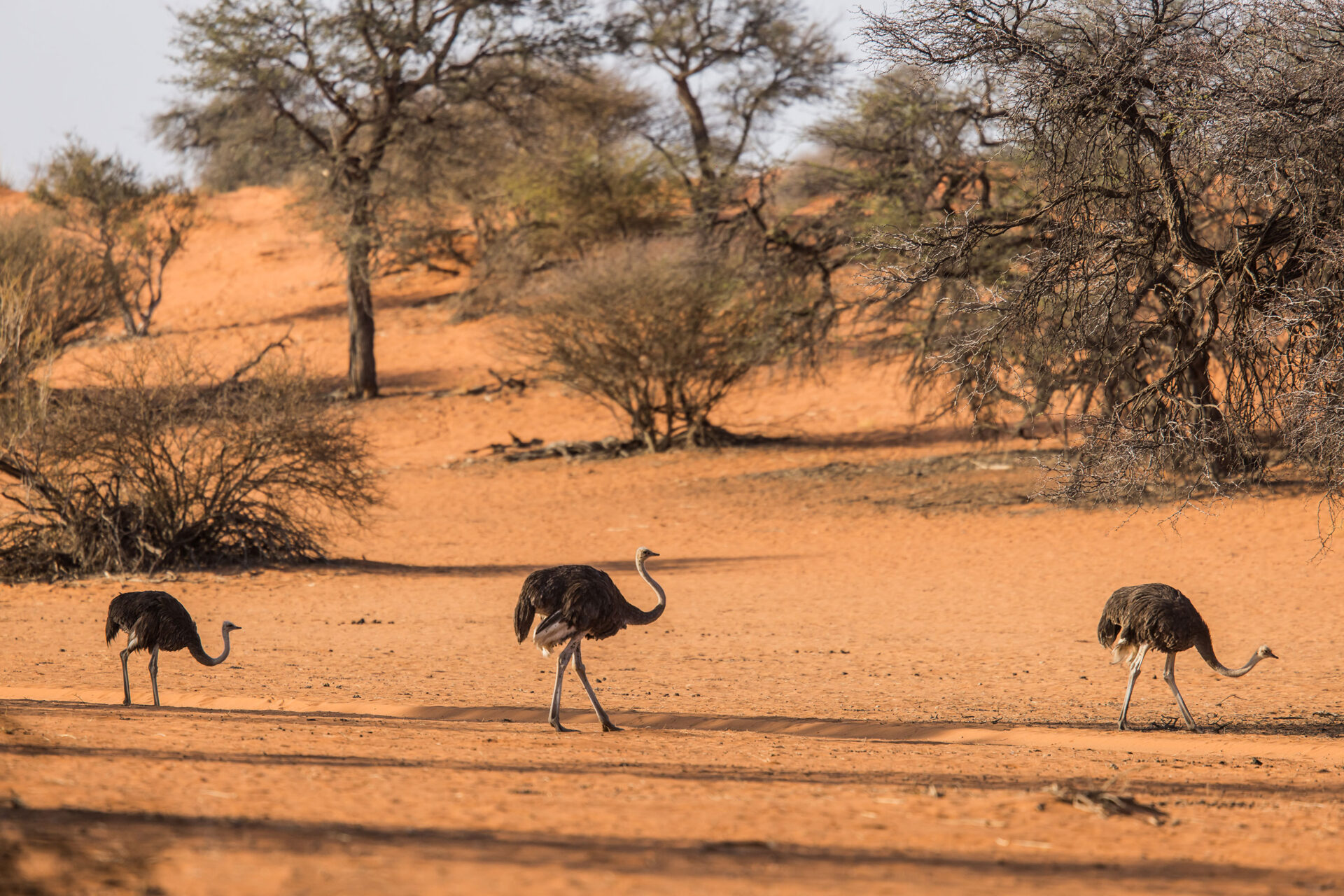
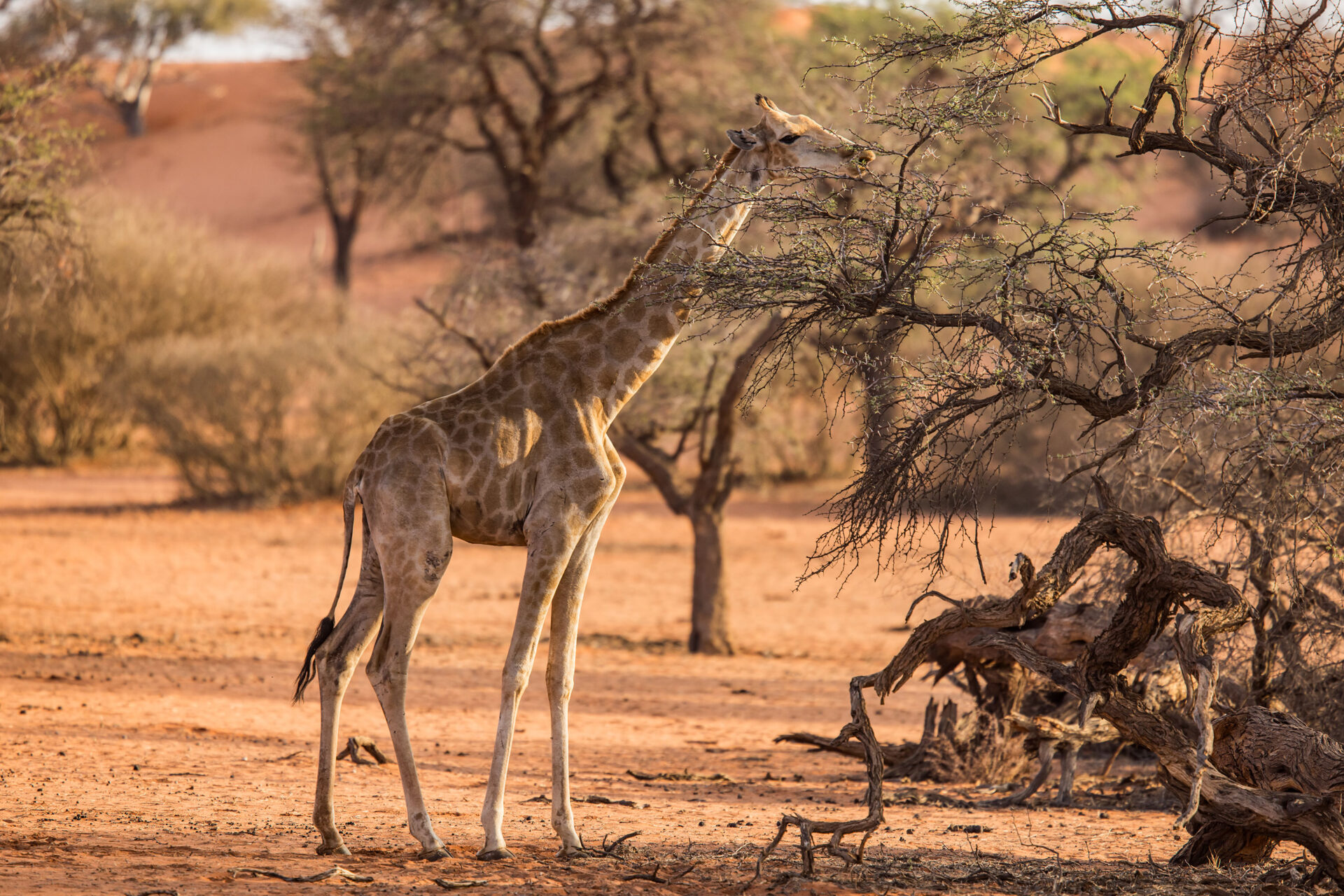
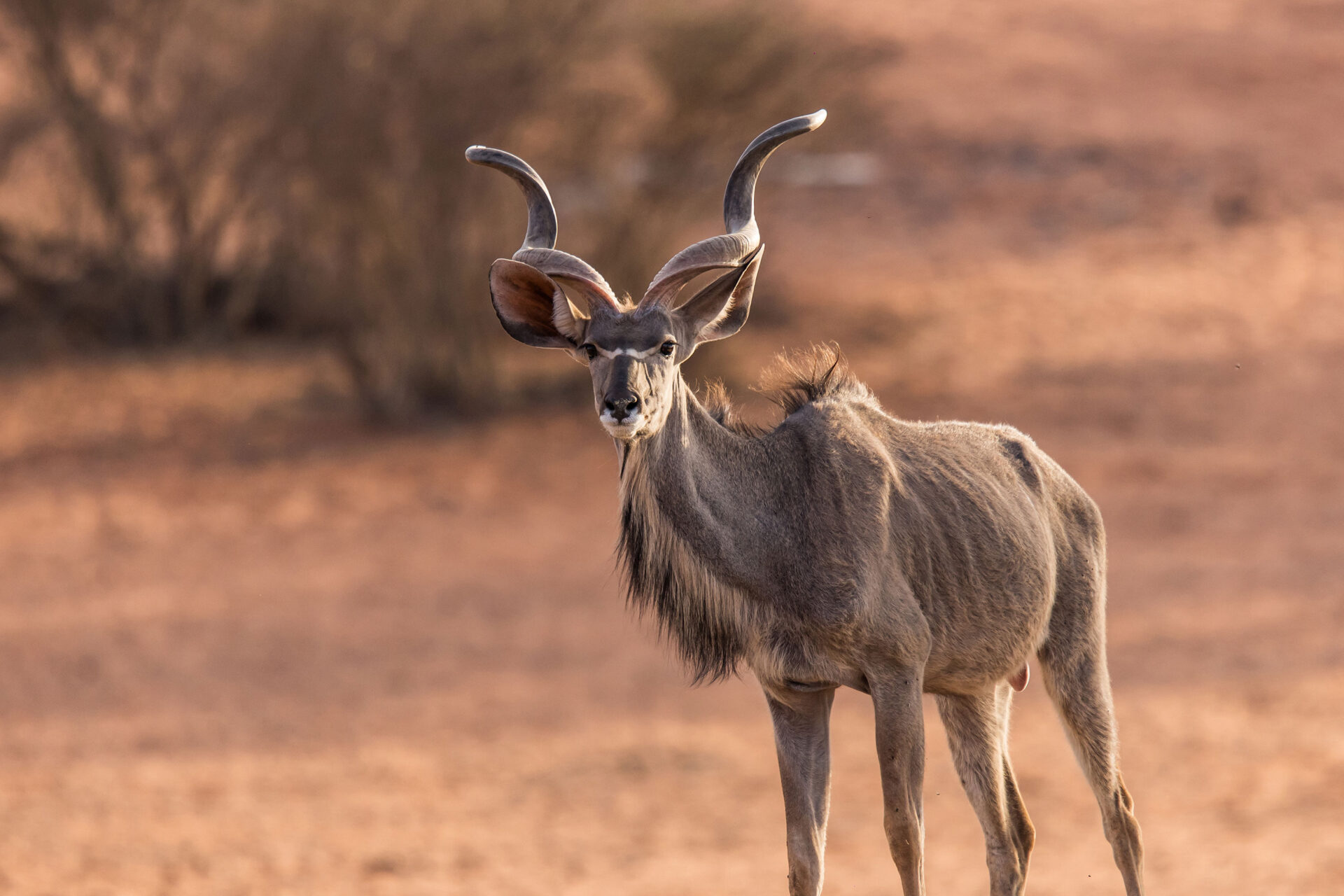
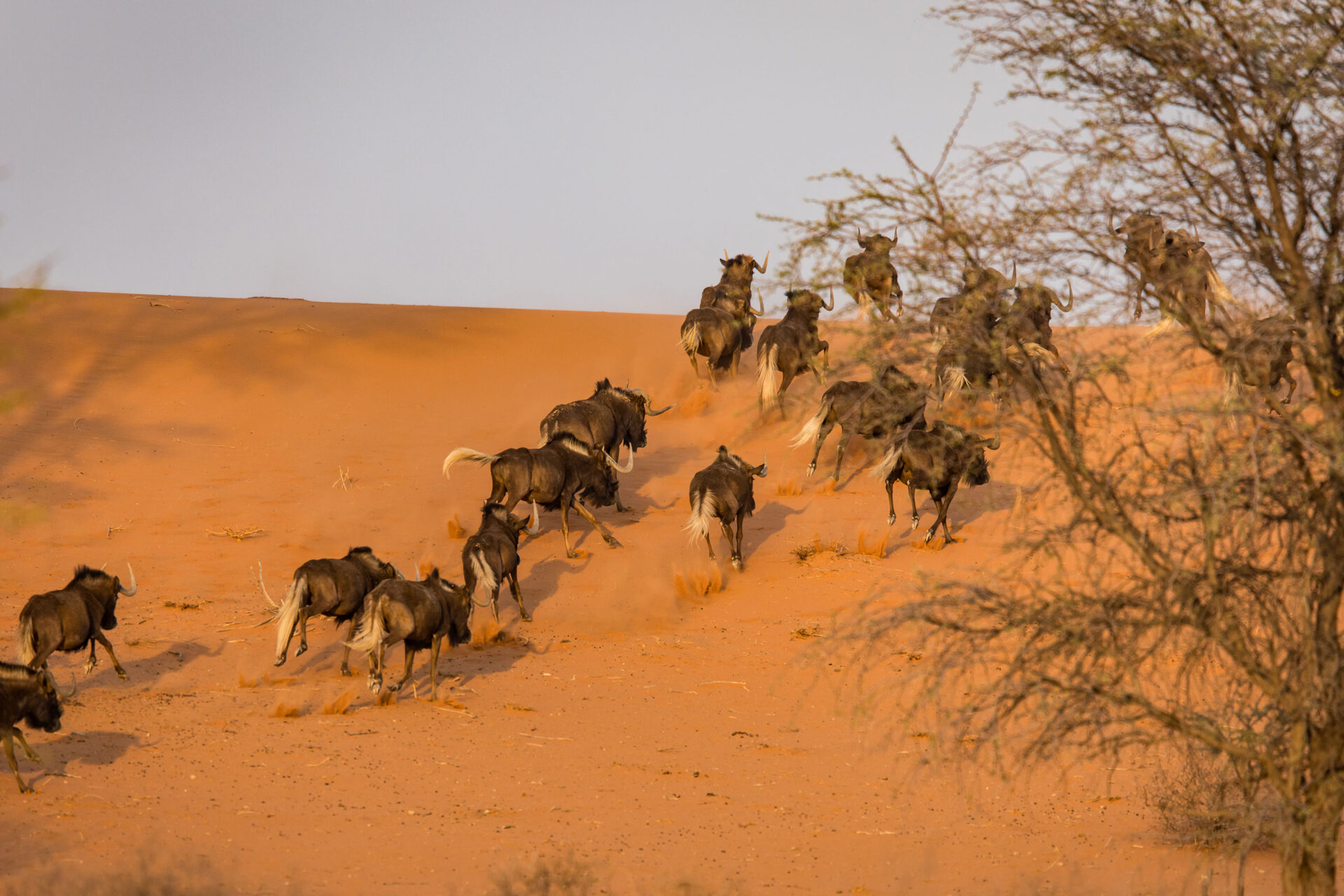
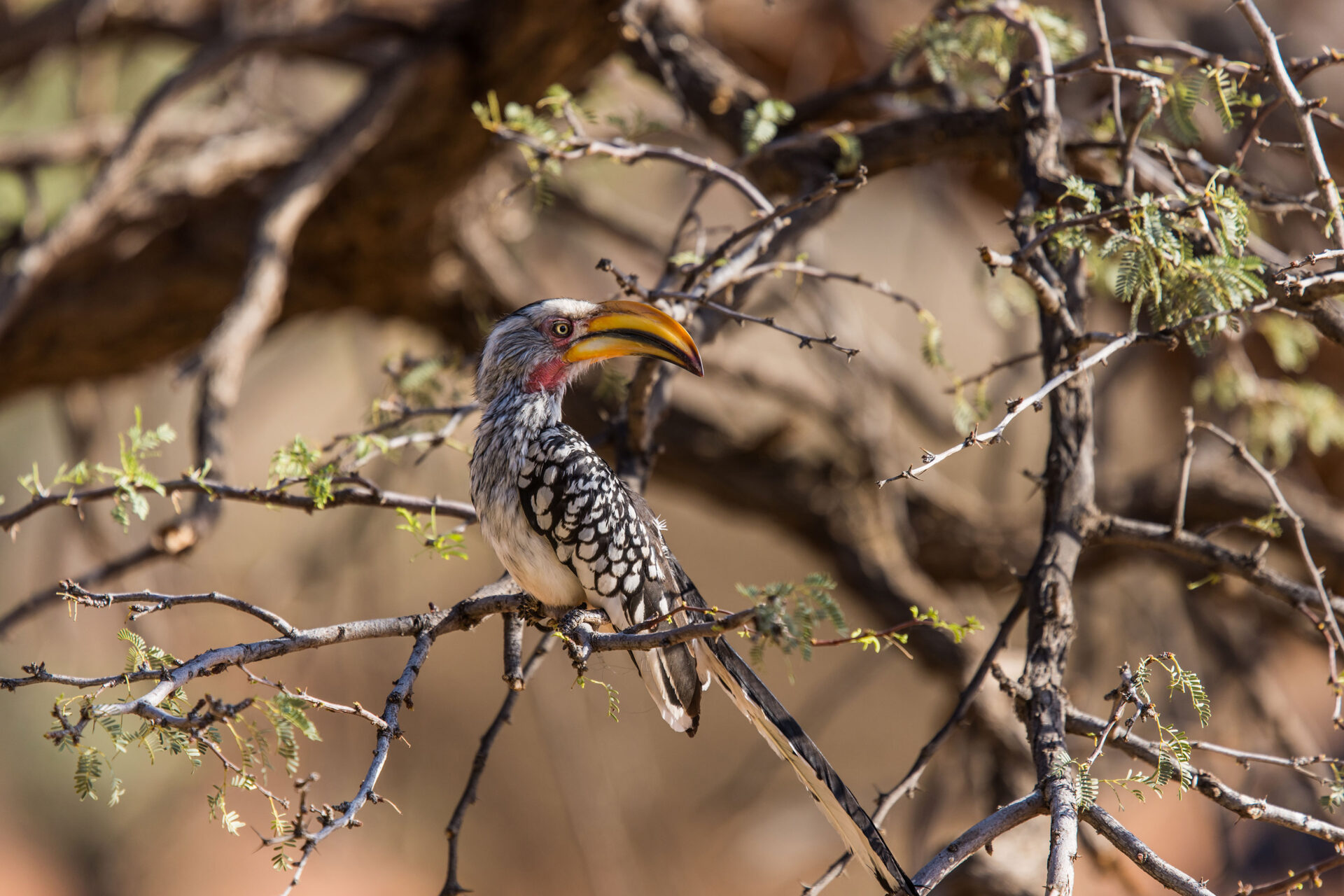
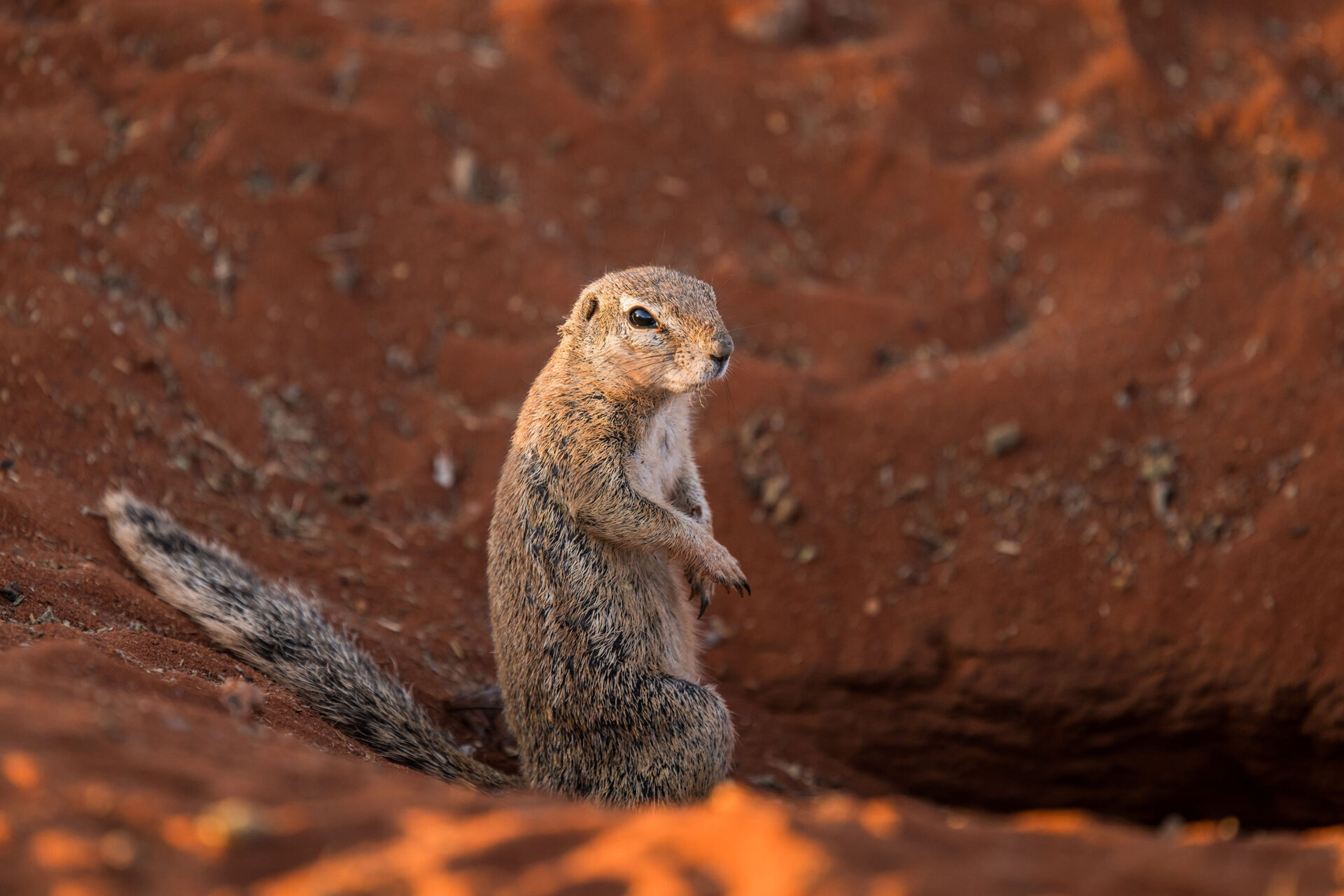
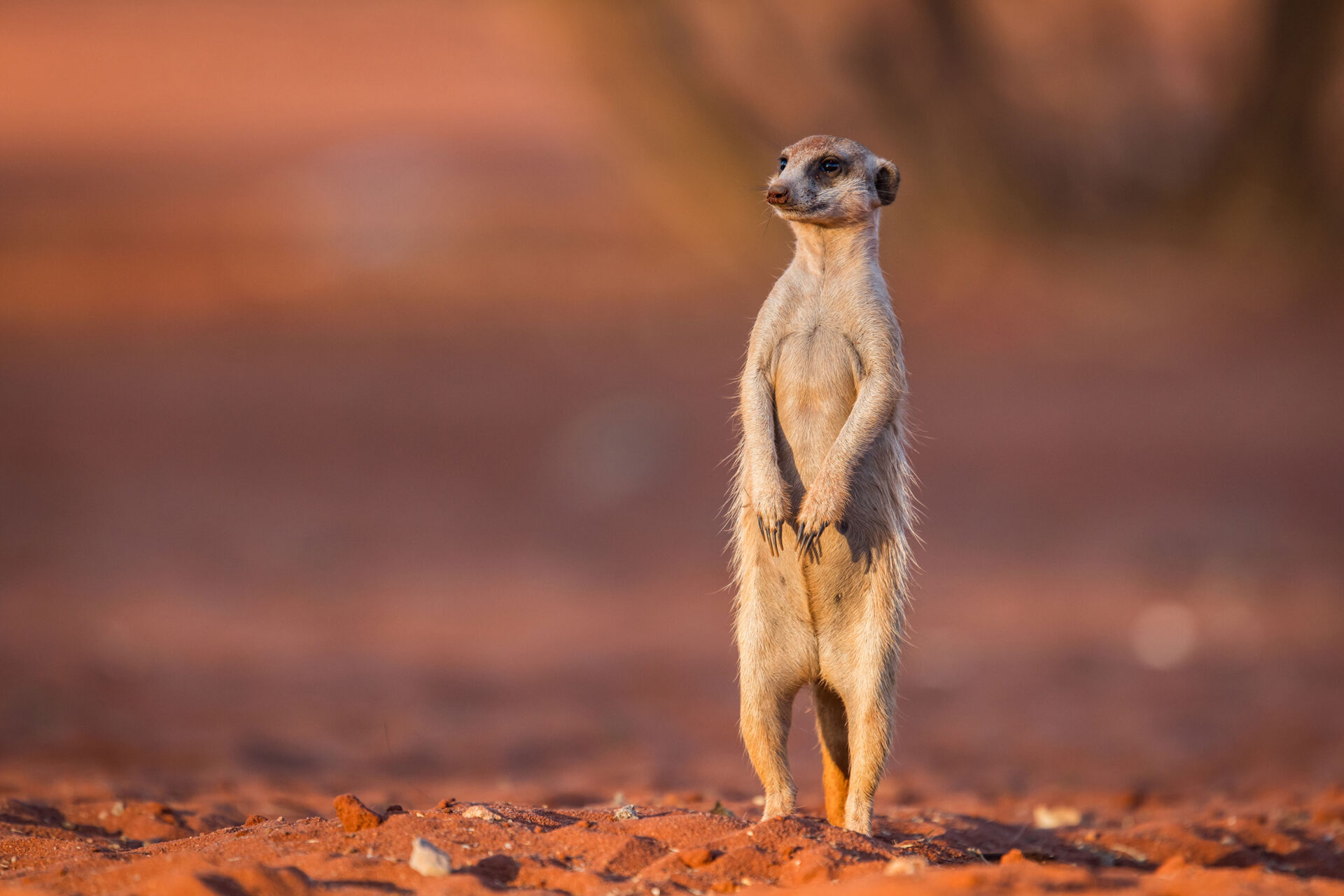
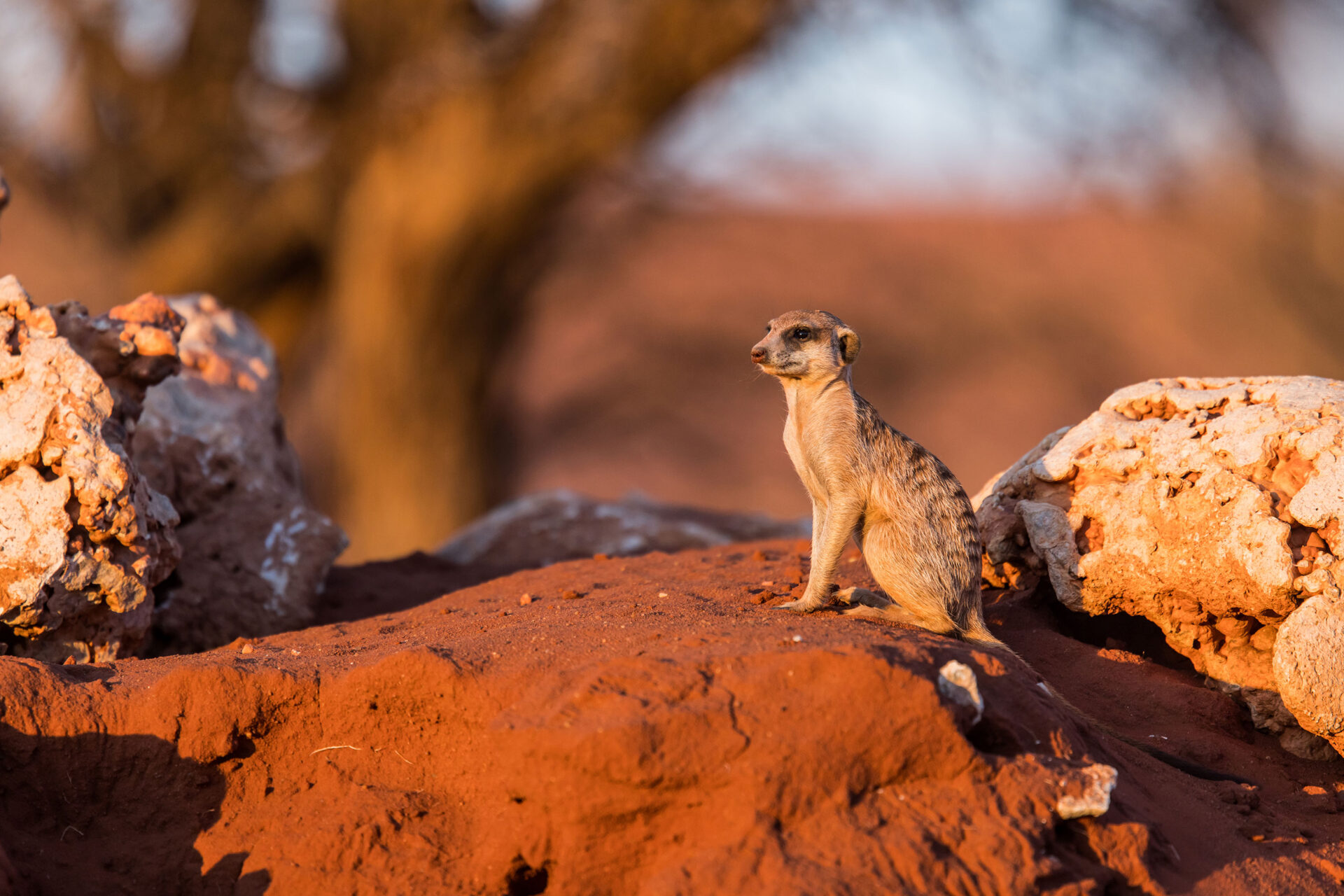
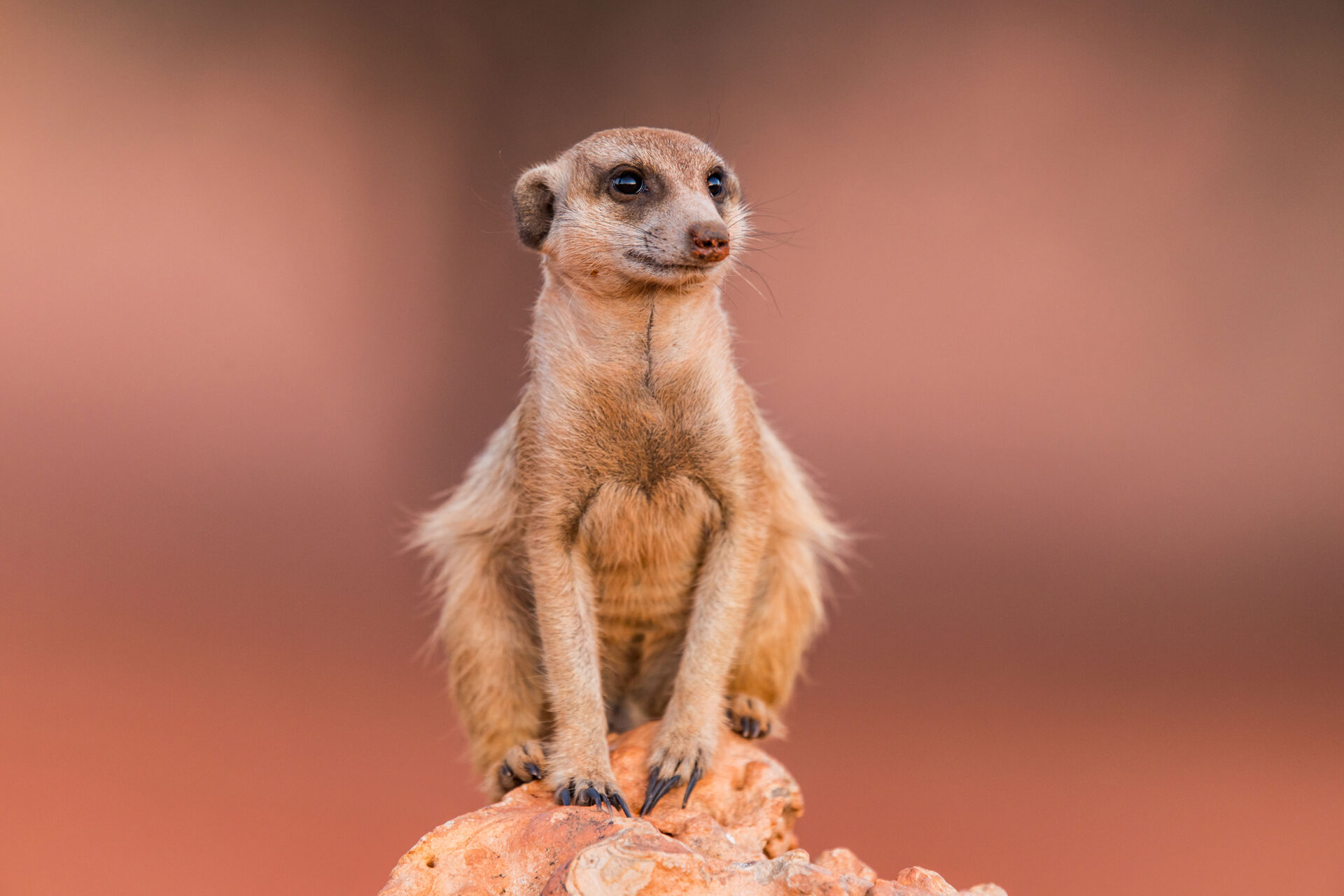
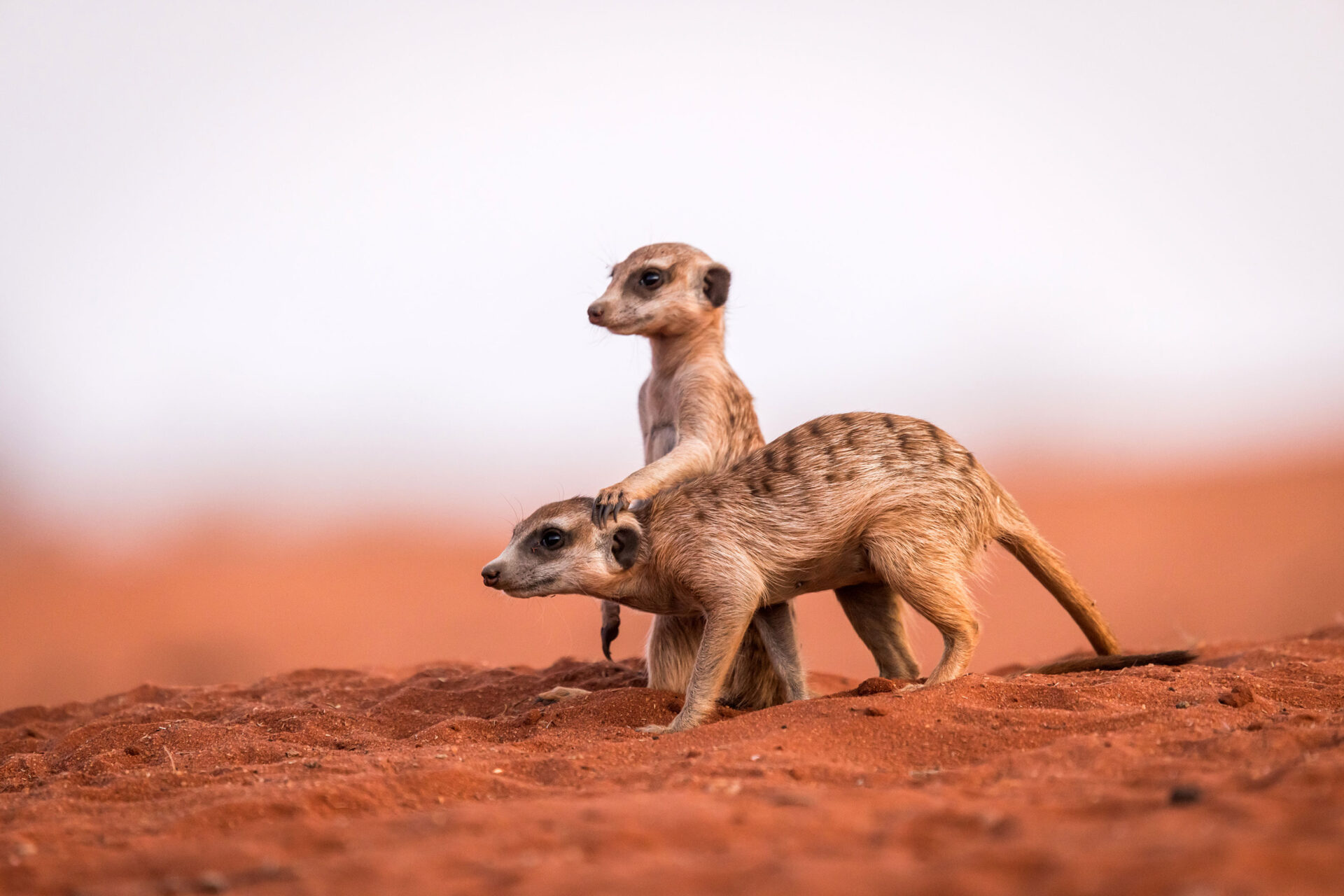
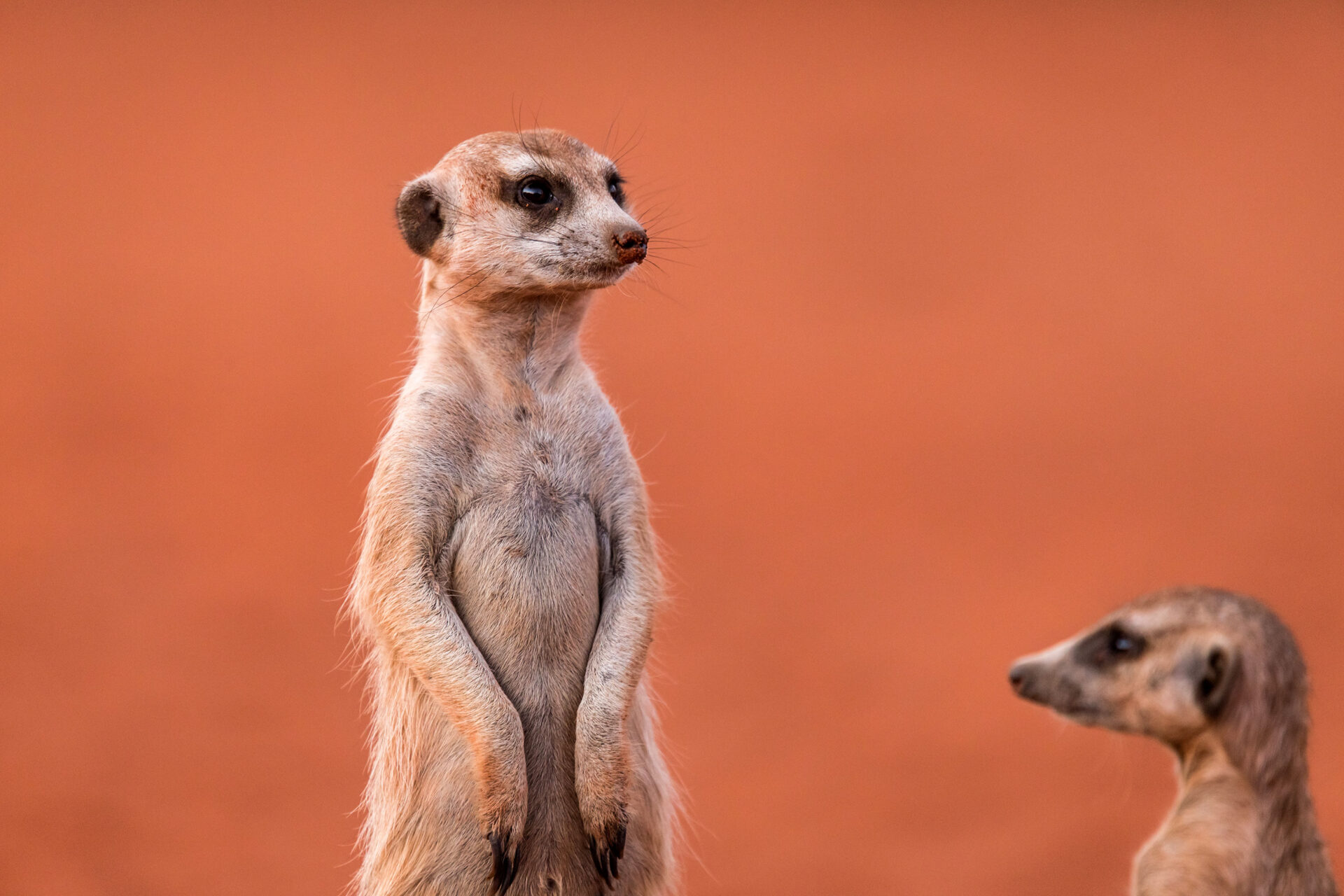
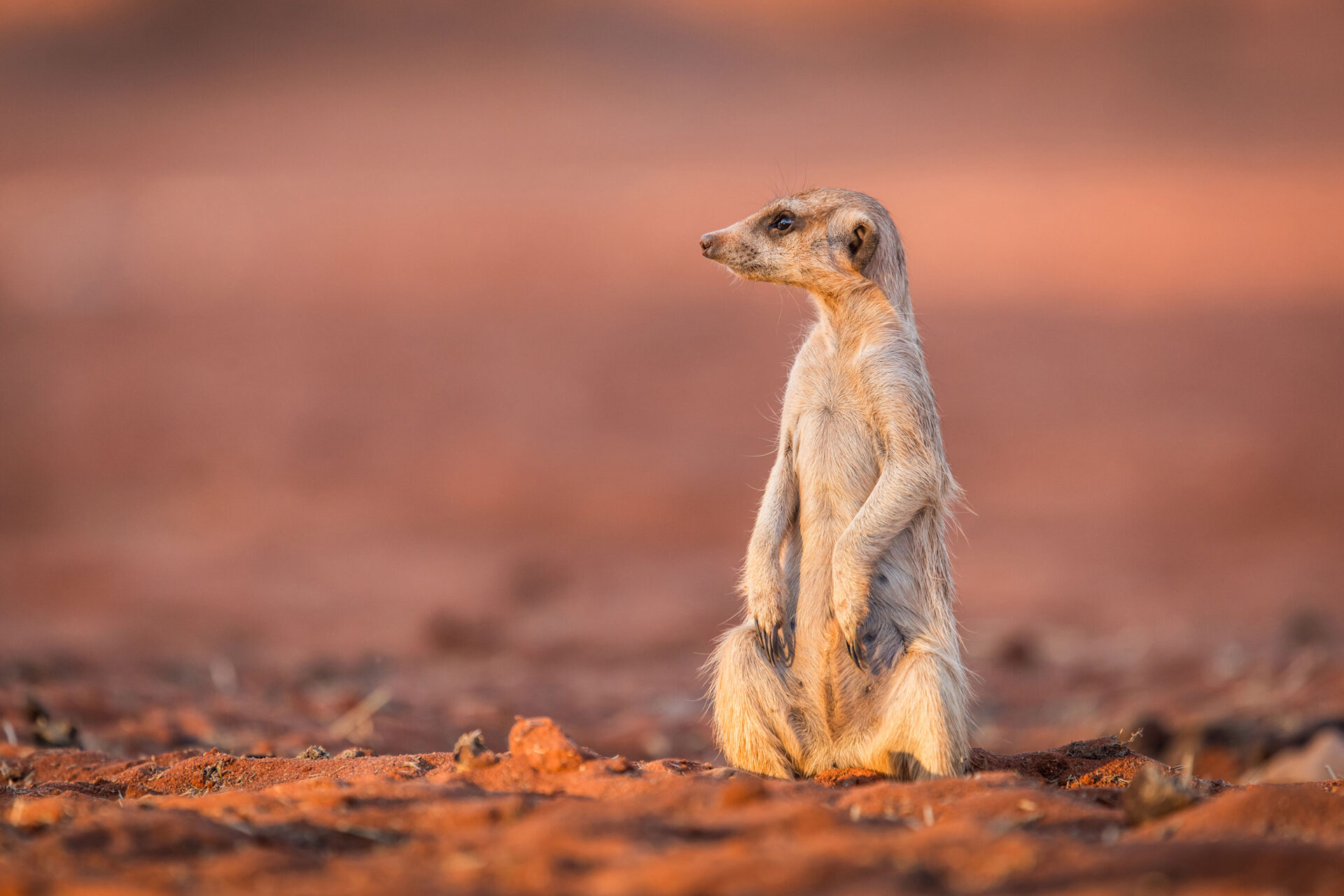
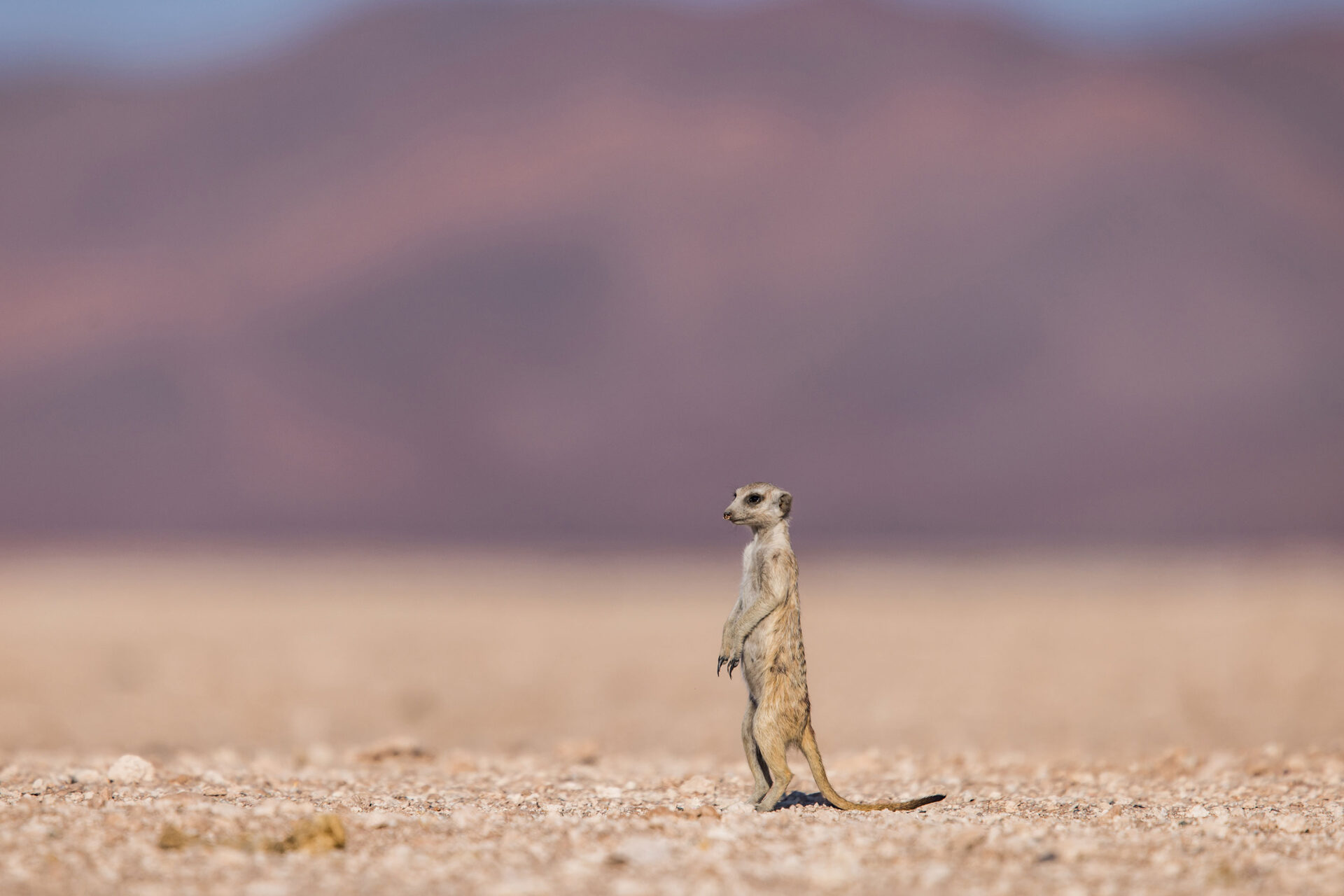
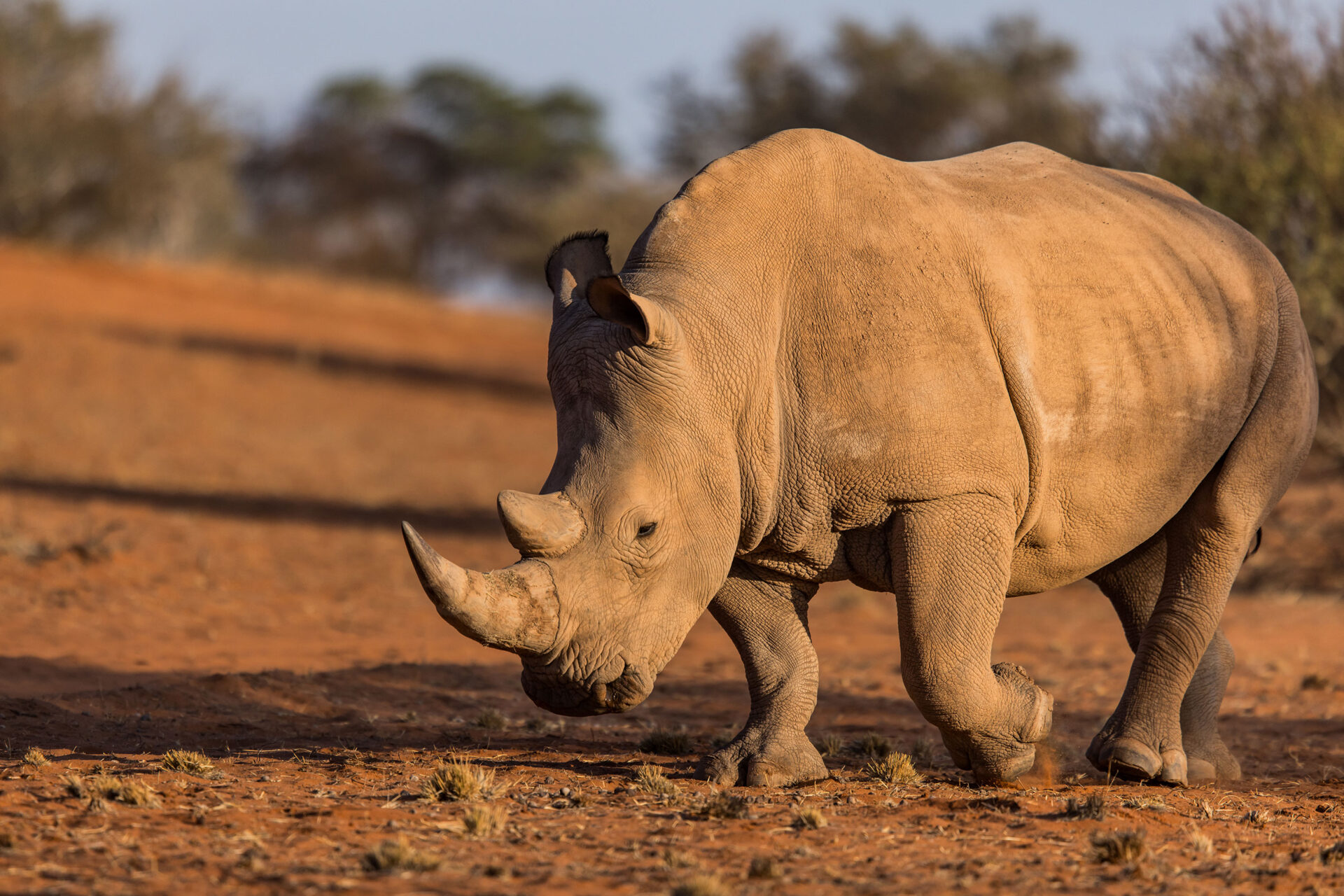
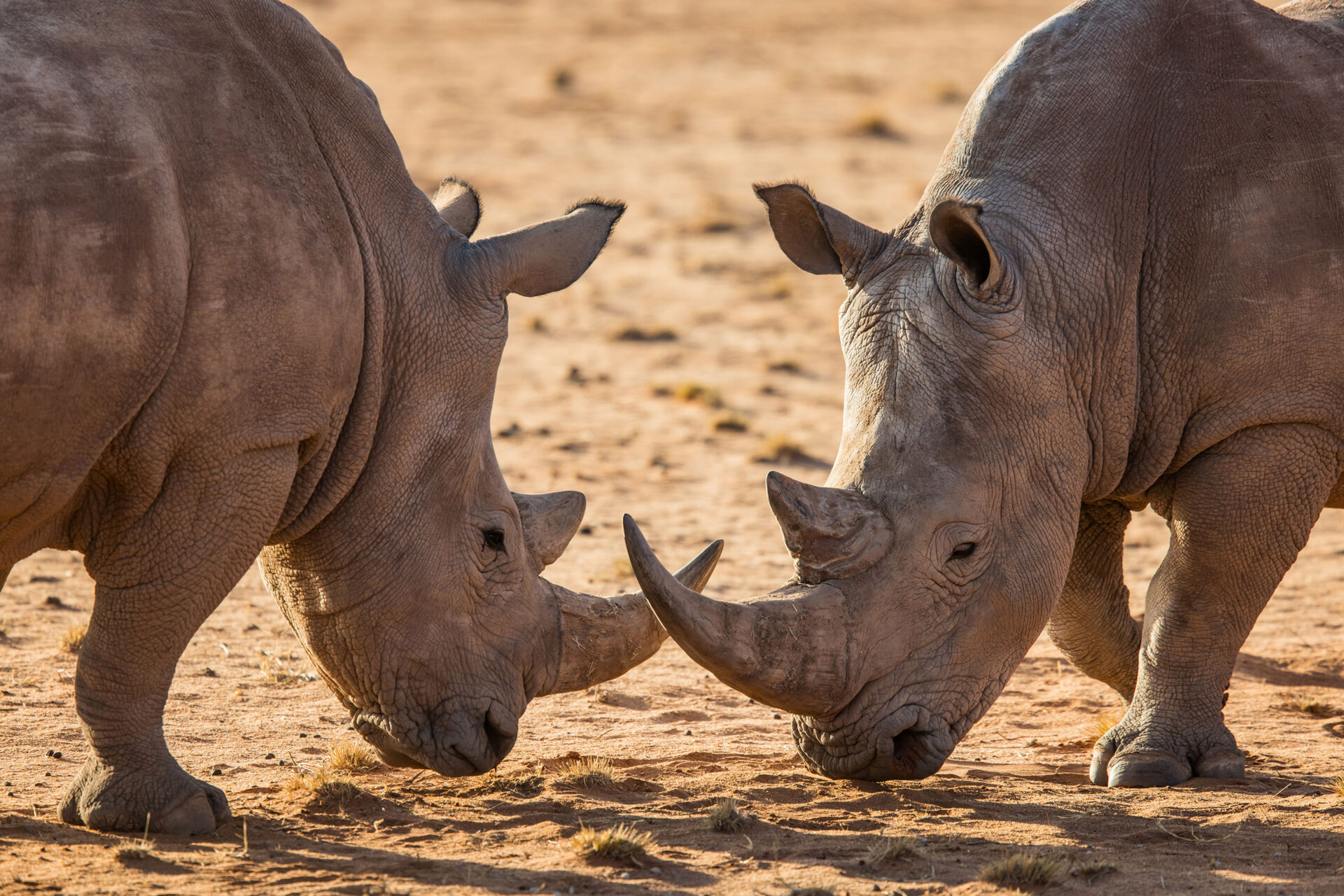
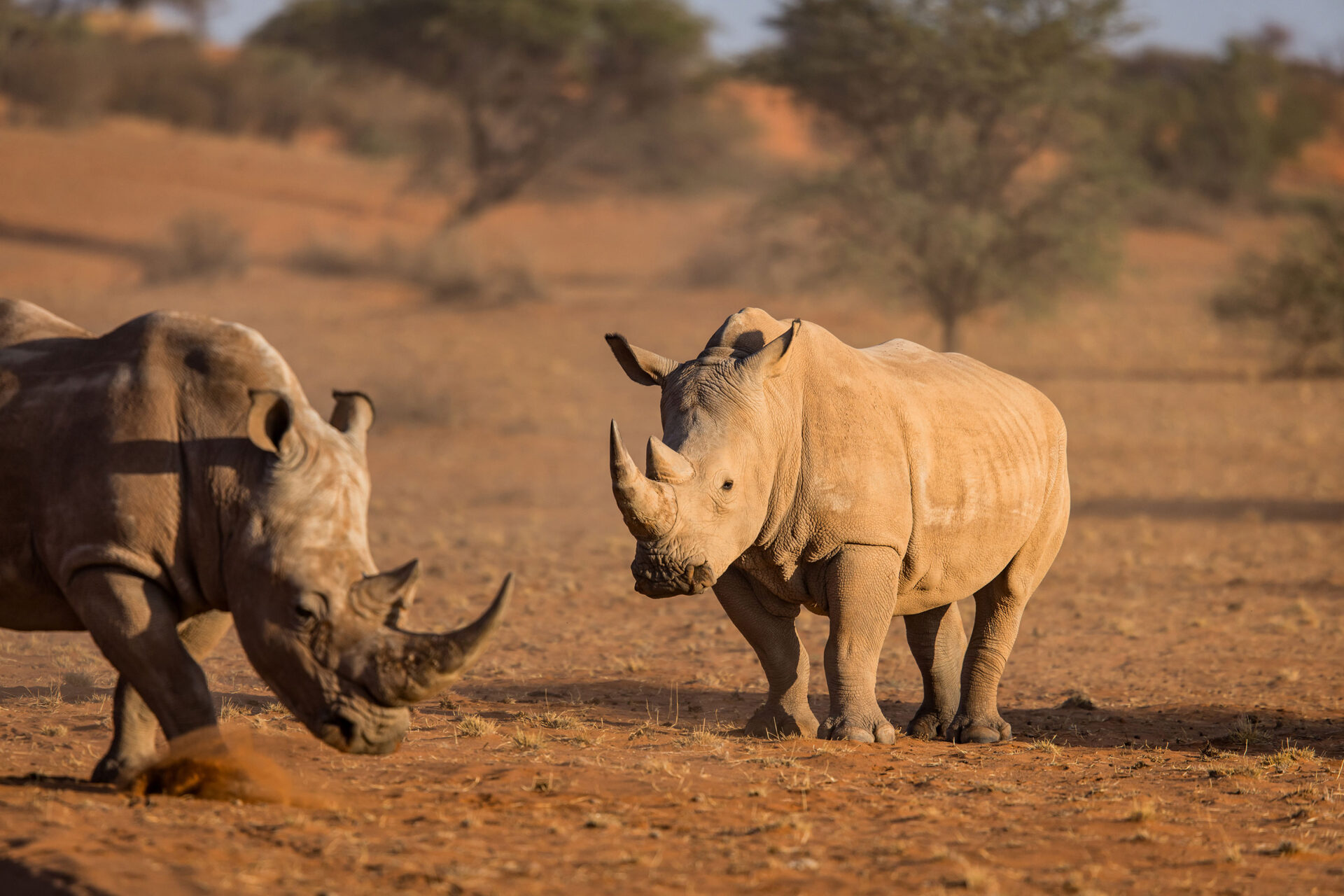
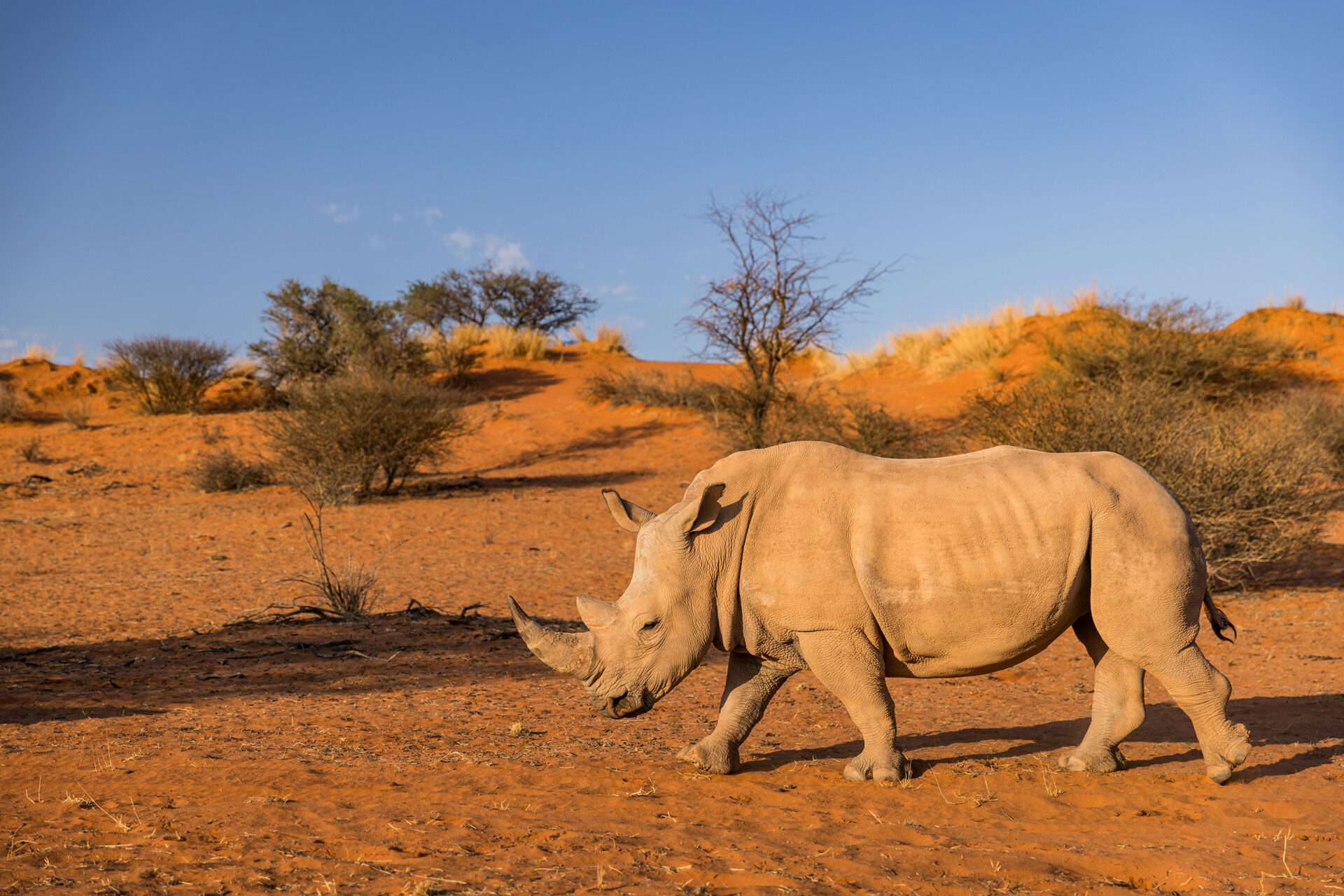
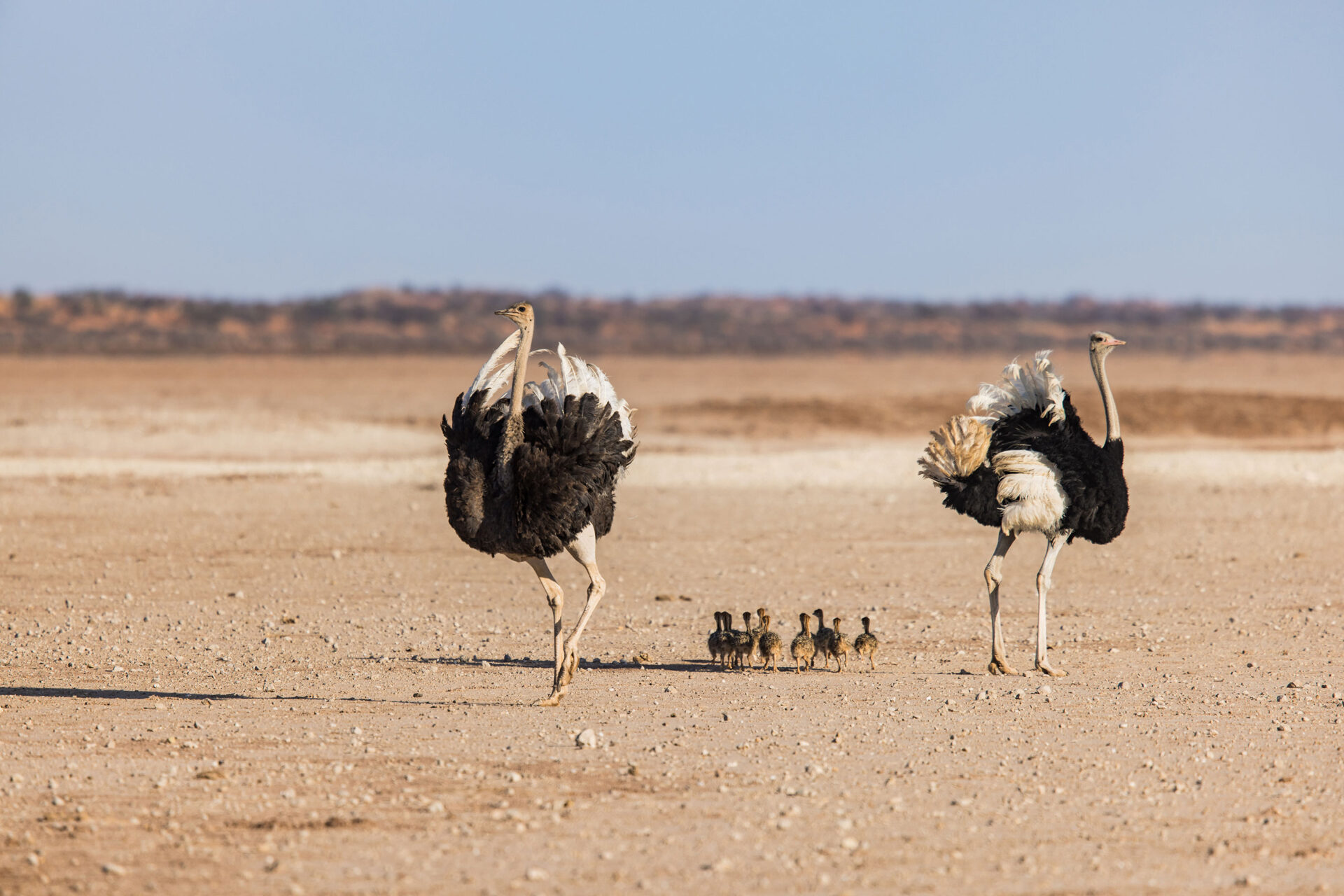
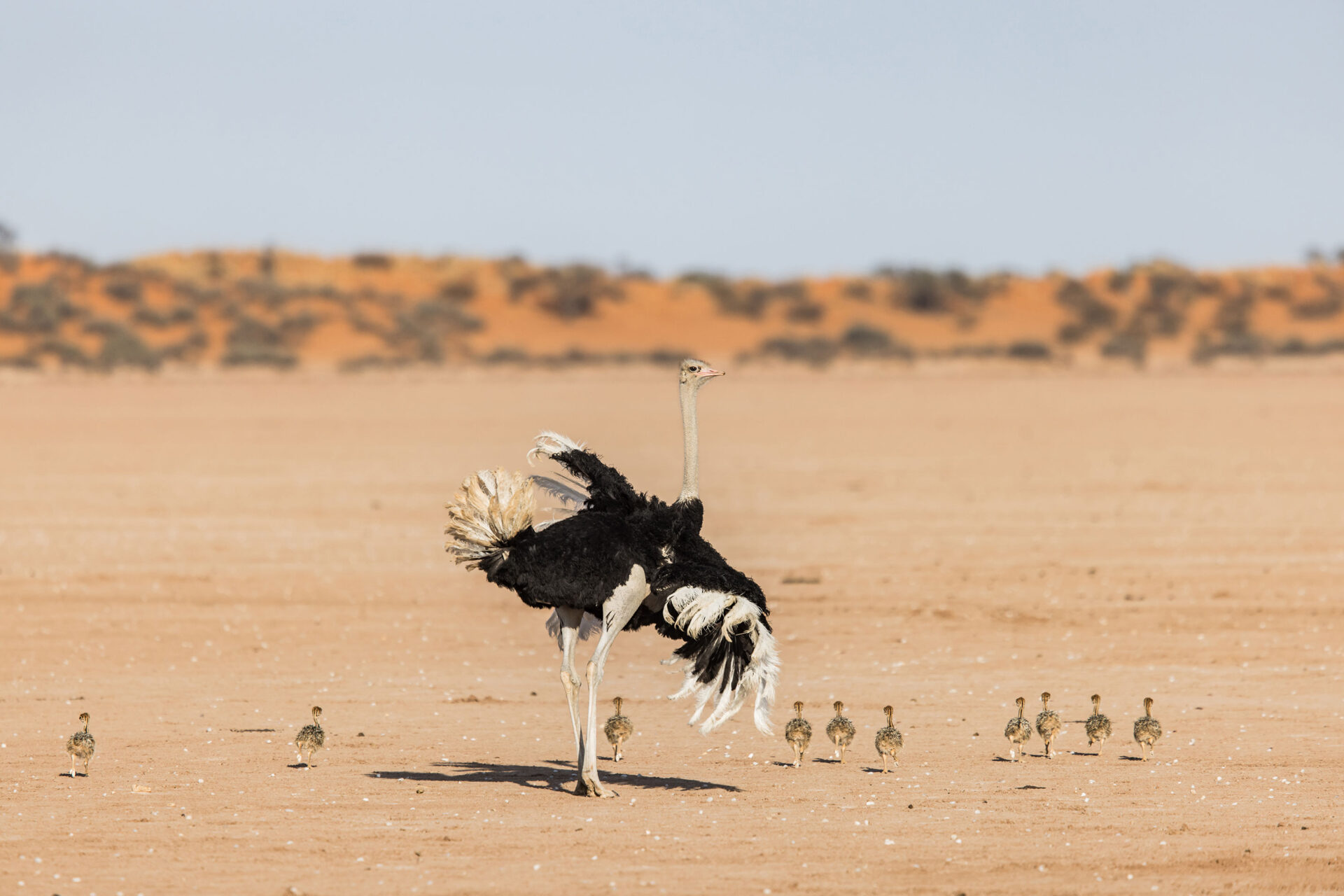
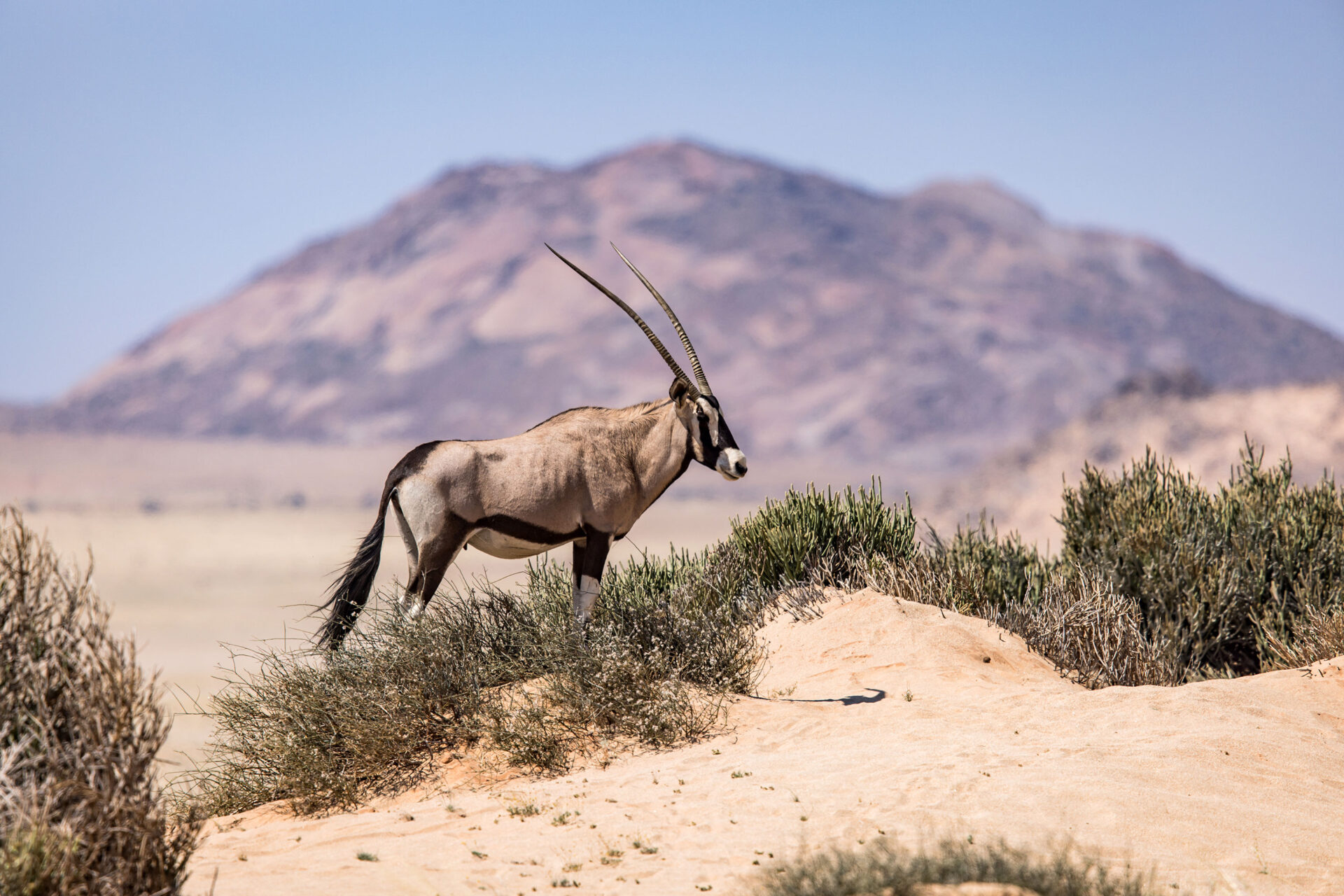
Quiver tree forest
After leaving the Kalahari desert, I headed further south to explore one of the most alien-looking plants in the world; the Quiver Tree forest. Quiver trees are endemic to this part of Africa and are not really trees. They are giant aloe plants that can grow up to 8 meters tall. Visit late in the day and observe the changing colors on the Quiver trees as the sun sets.
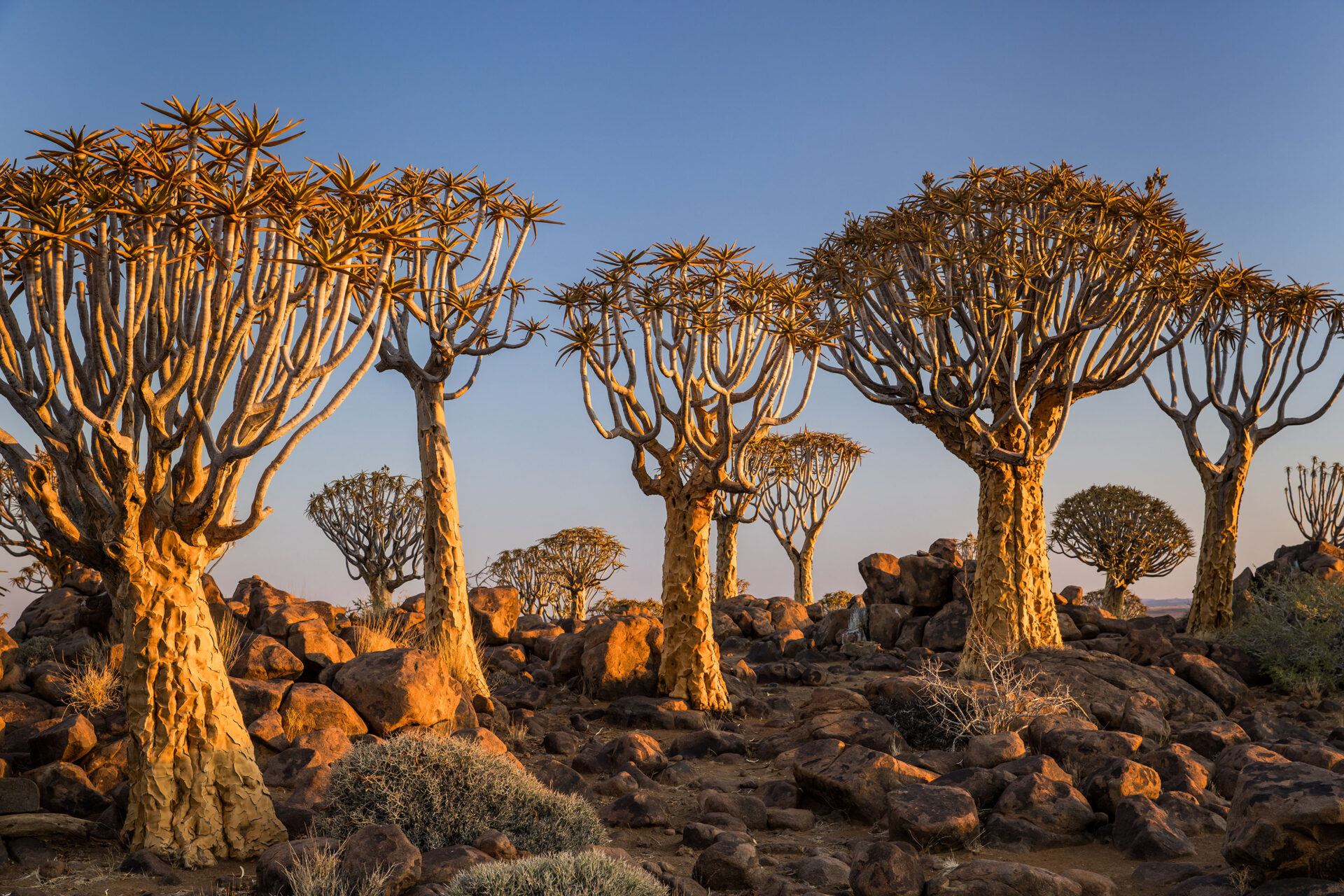
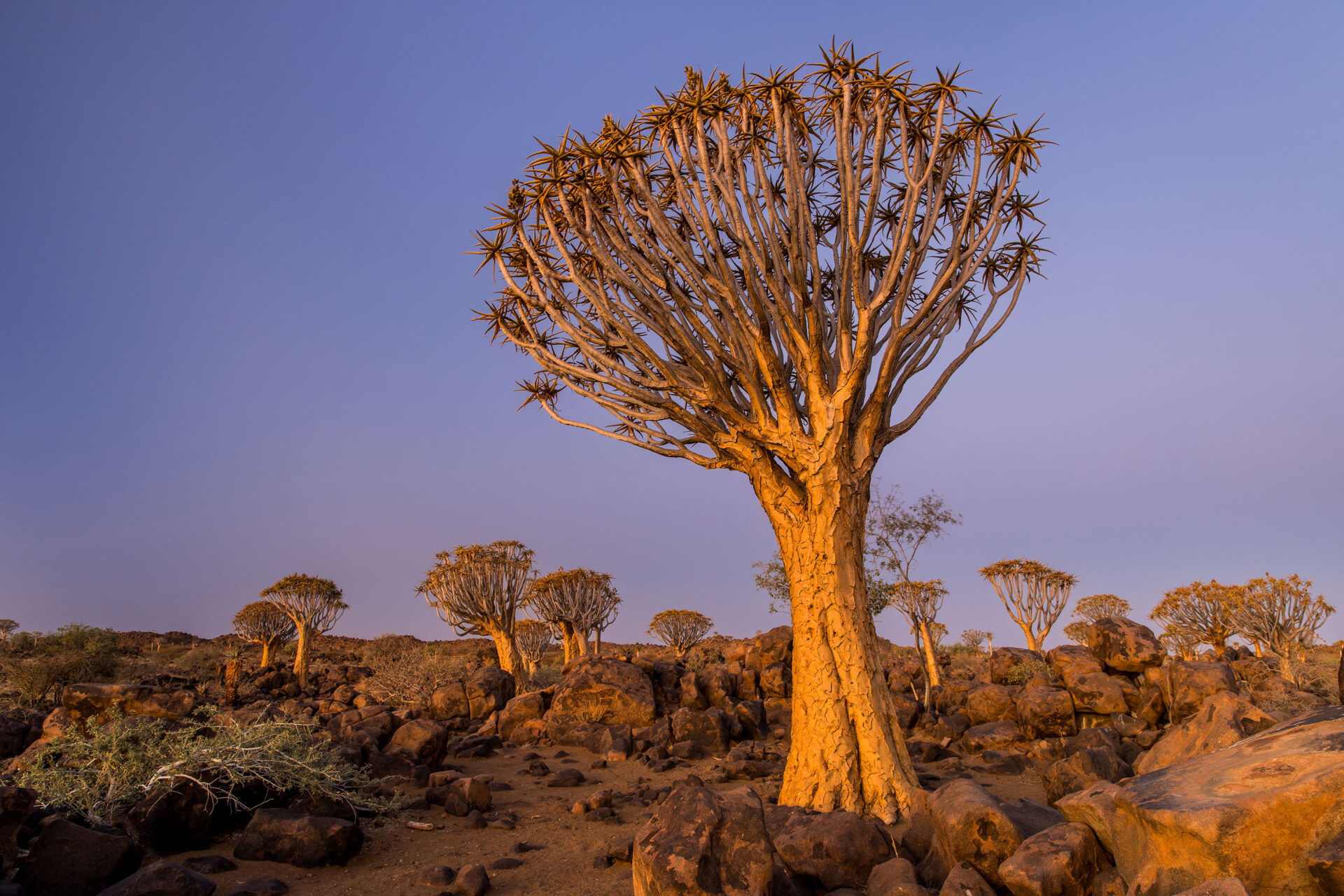
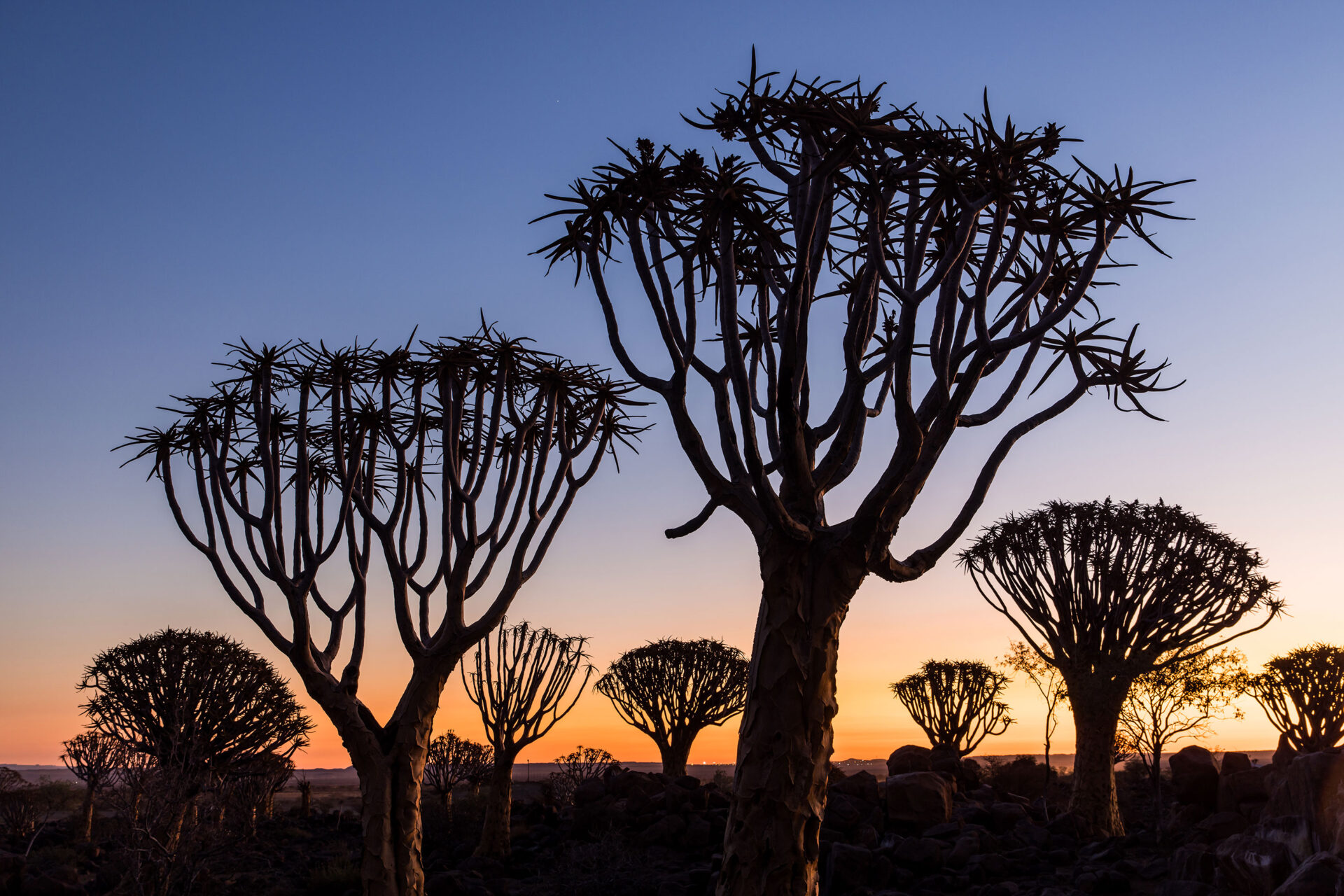
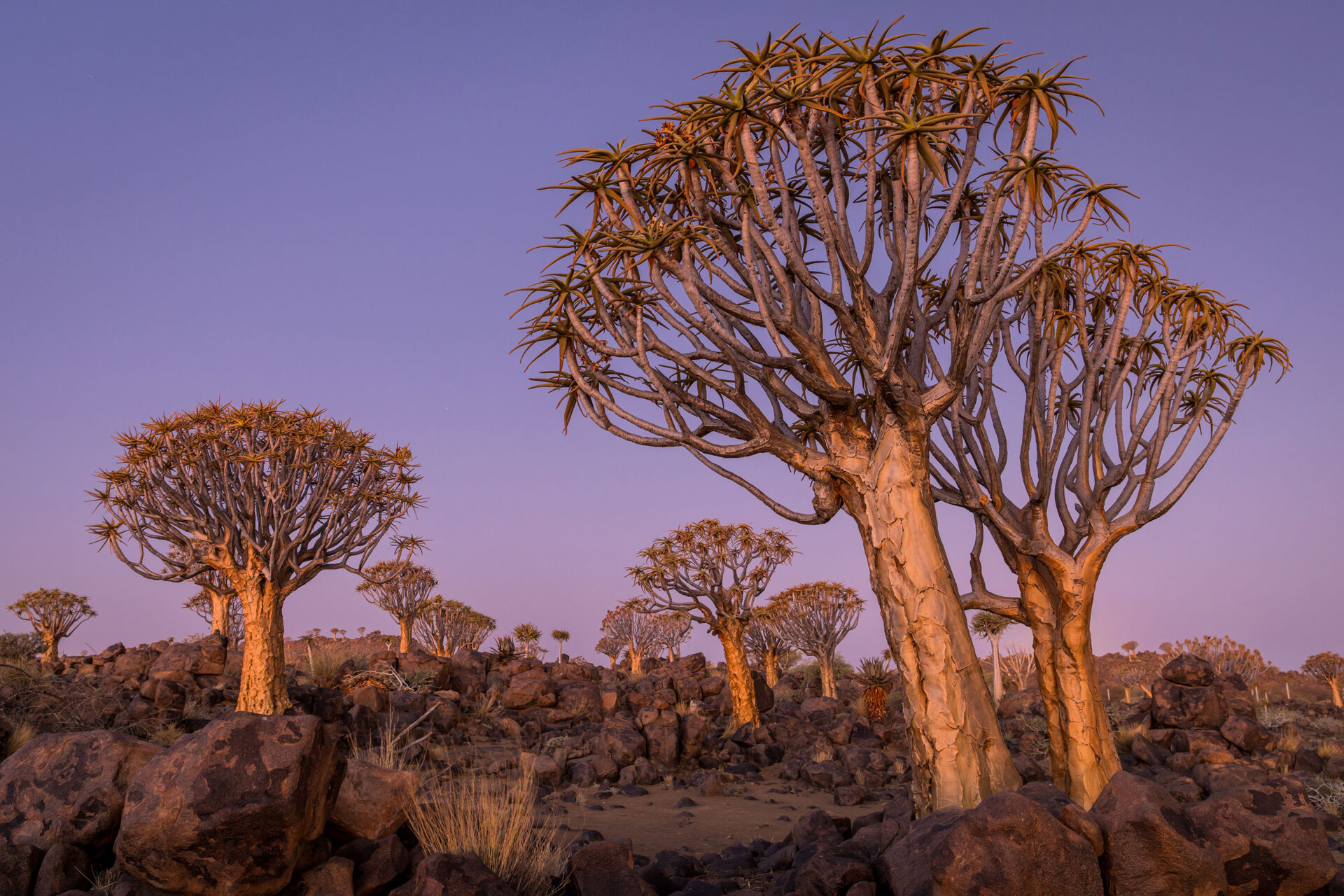
Kolmanskop abandoned village
Another place that I had heard of before and I was excited to see, was the deserted village of Kolmanskop. A hundred years ago, diamonds were found in this area, and it quickly became the hotspot for diamond mining with a village that even had a hospital and a school. When the diamonds were becoming increasingly scarce, the village became abandoned and now the sand has taken over. This gives Kolmanskop an eerie feeling and makes photographing the houses filled with sand so photogenic. I went at sunrise and had the entire place to myself. Signs indicated that there could be hyenas roaming the premises, so I stayed alert. Luckily I didn’t encounter any, although that would have been a cool shot!
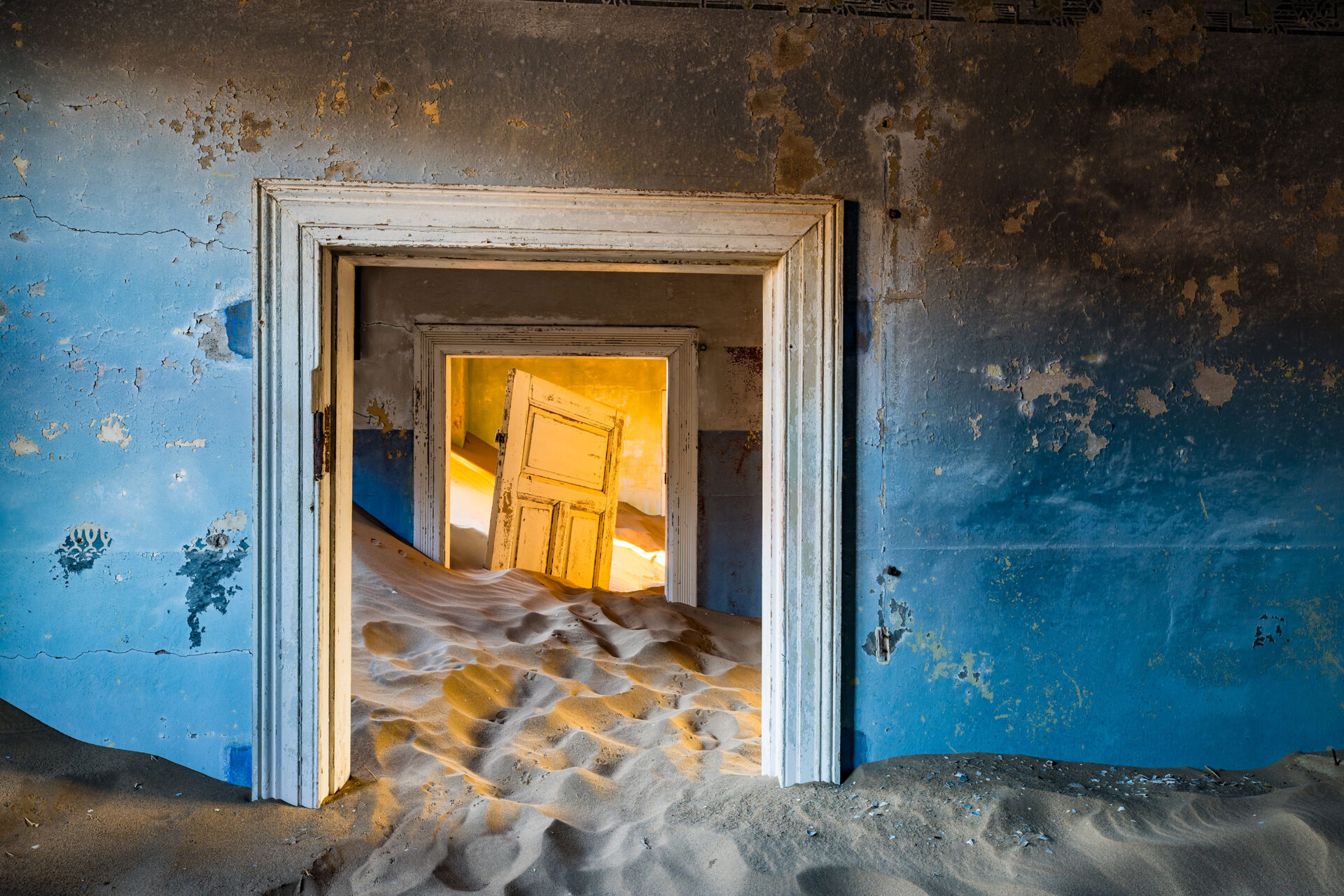
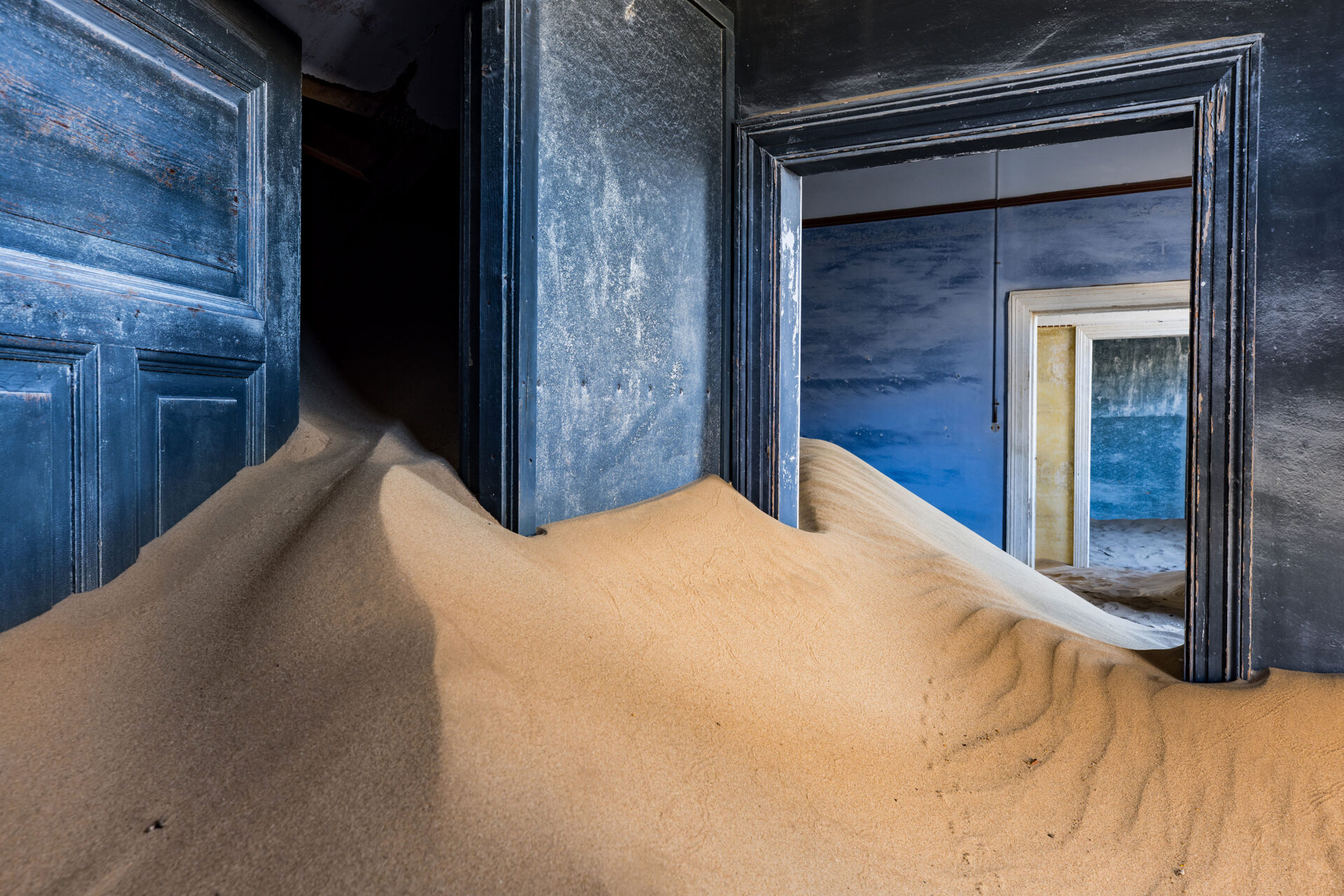
Namib Desert at Kanaan
Further north, the Namib desert starts. This is one of the oldest deserts in the world and it’s hard to grasp the size of this desert. Vast landscapes with high sand dunes dominate this part of Namibia. In the southern part of the Namib desert, I stayed at the Kanaan Desert Retreat, an isolated location with spectacular views of the desert. Less known, and a bit harder to get to, you truly feel the remoteness of this desert. I had an experienced local guide take me through the landscapes, ranging from endless vistas over the plains to sand dunes that constantly changed color at sunrise. You hear absolutely nothing…just wind blowing over the sand.
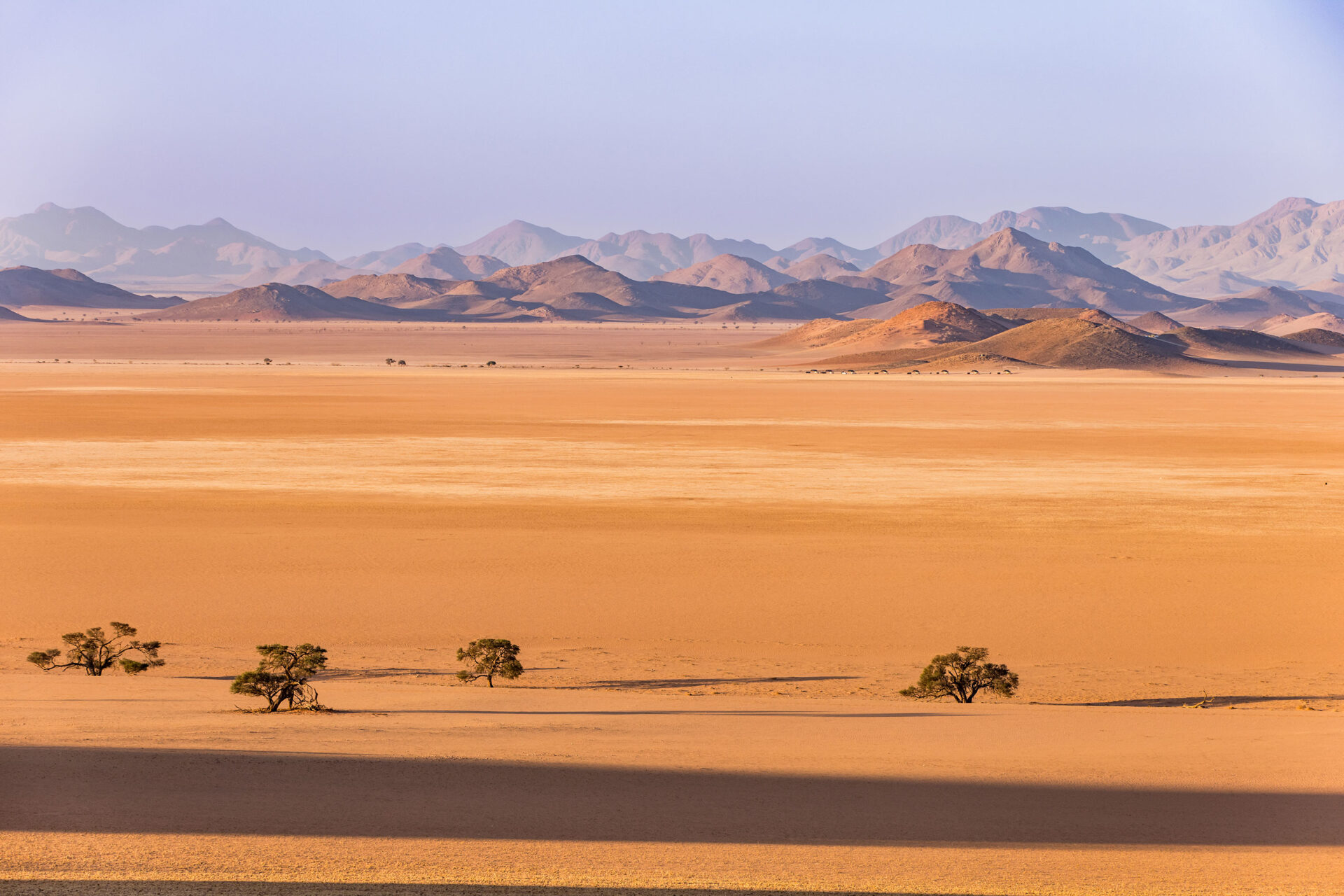
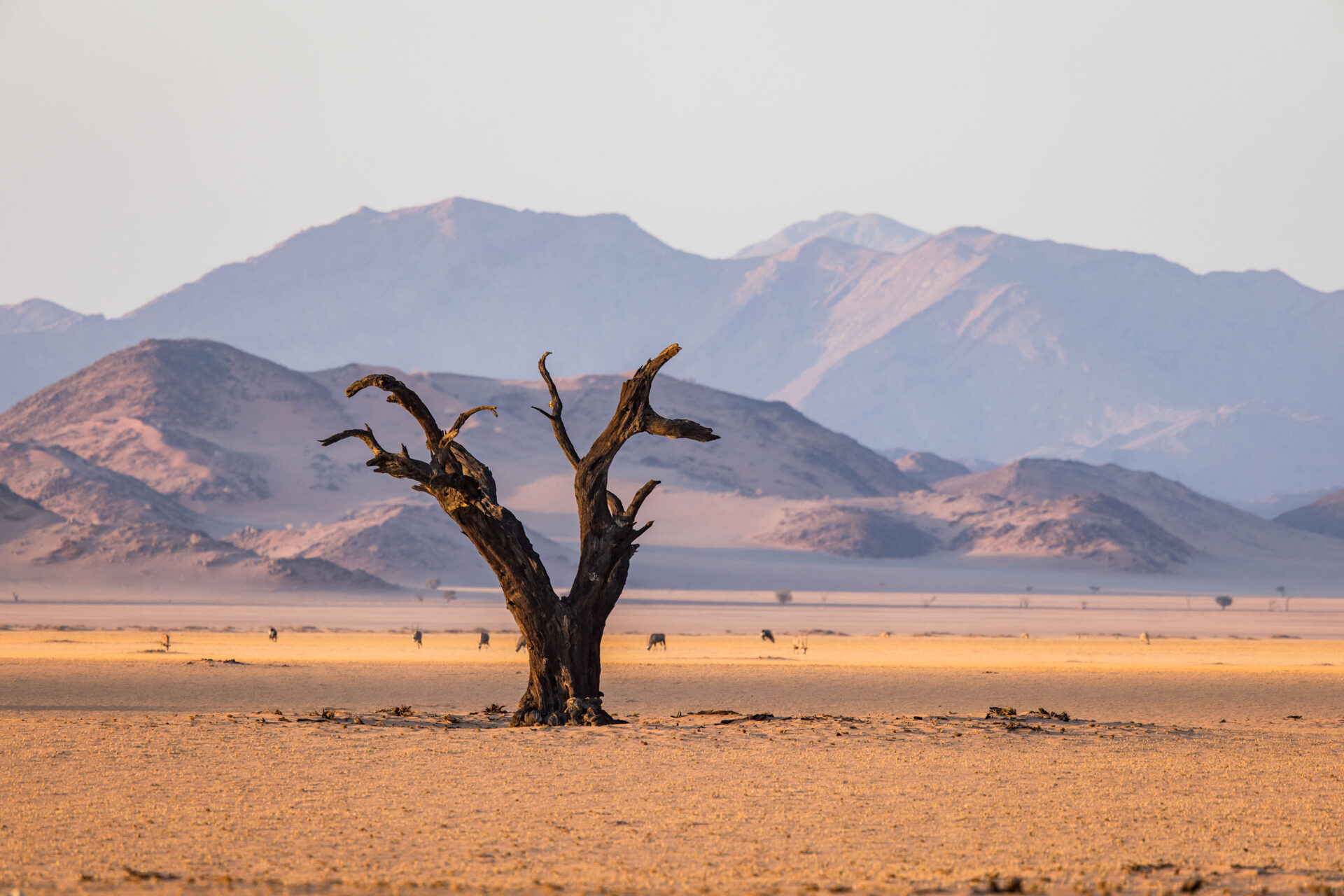
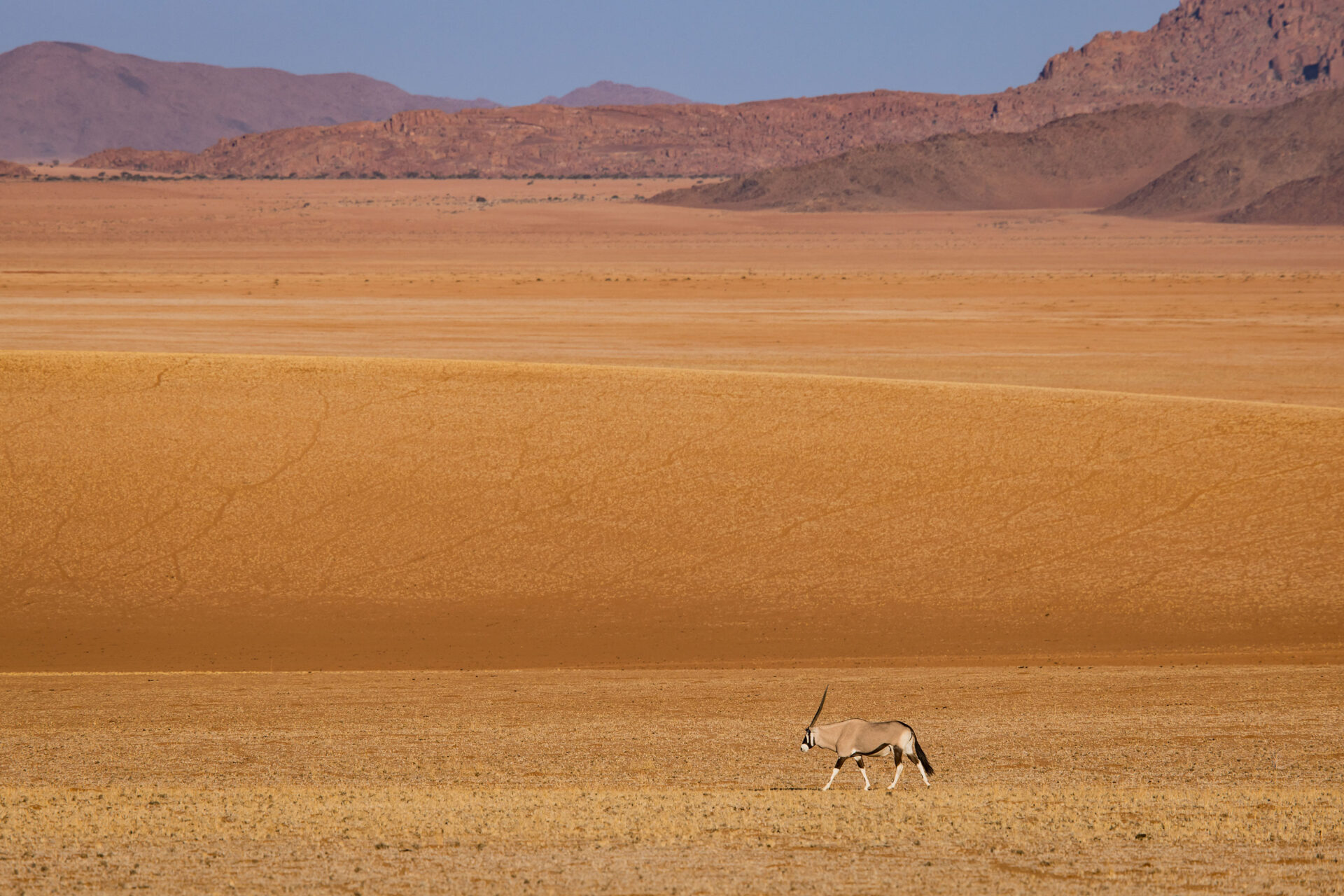
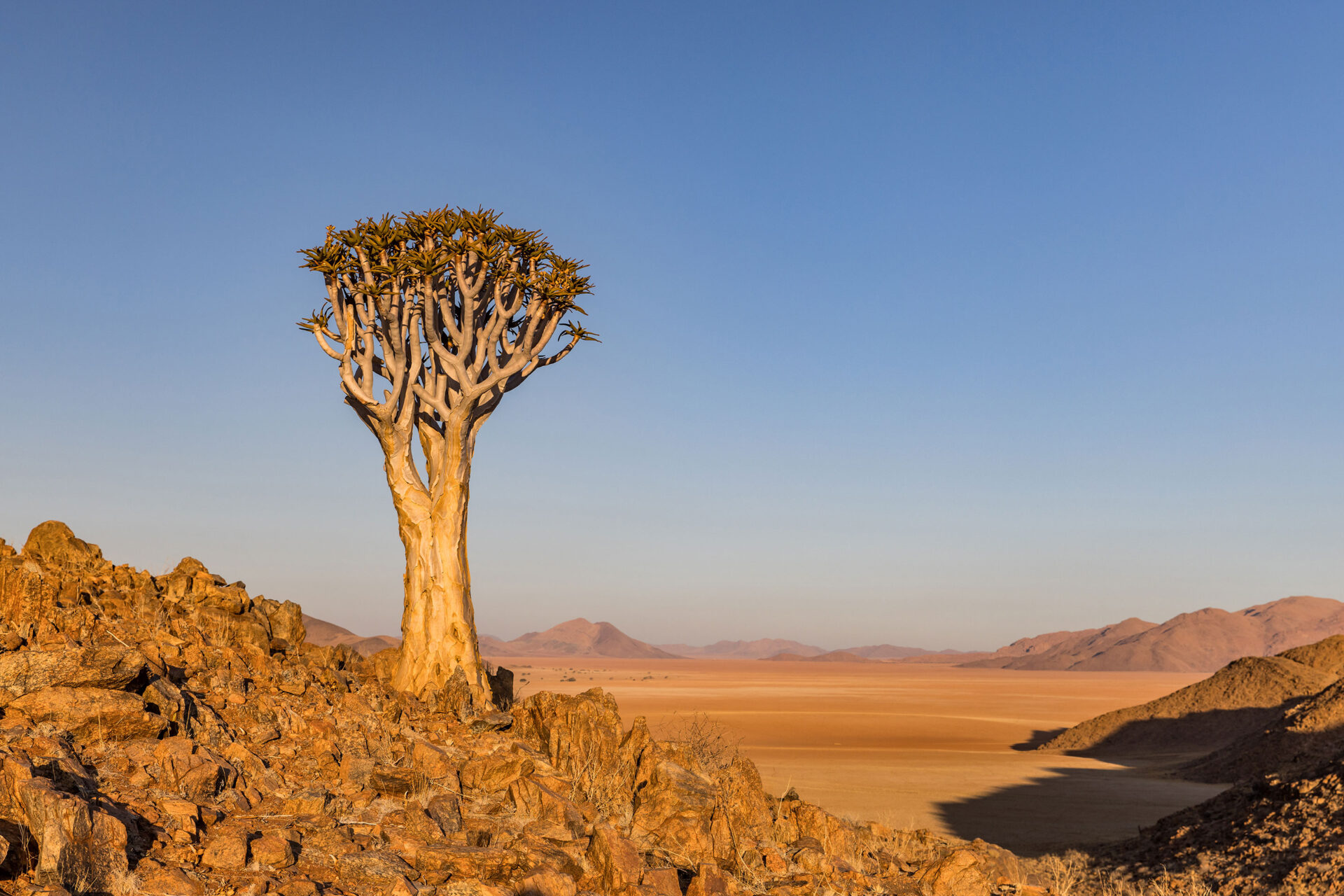
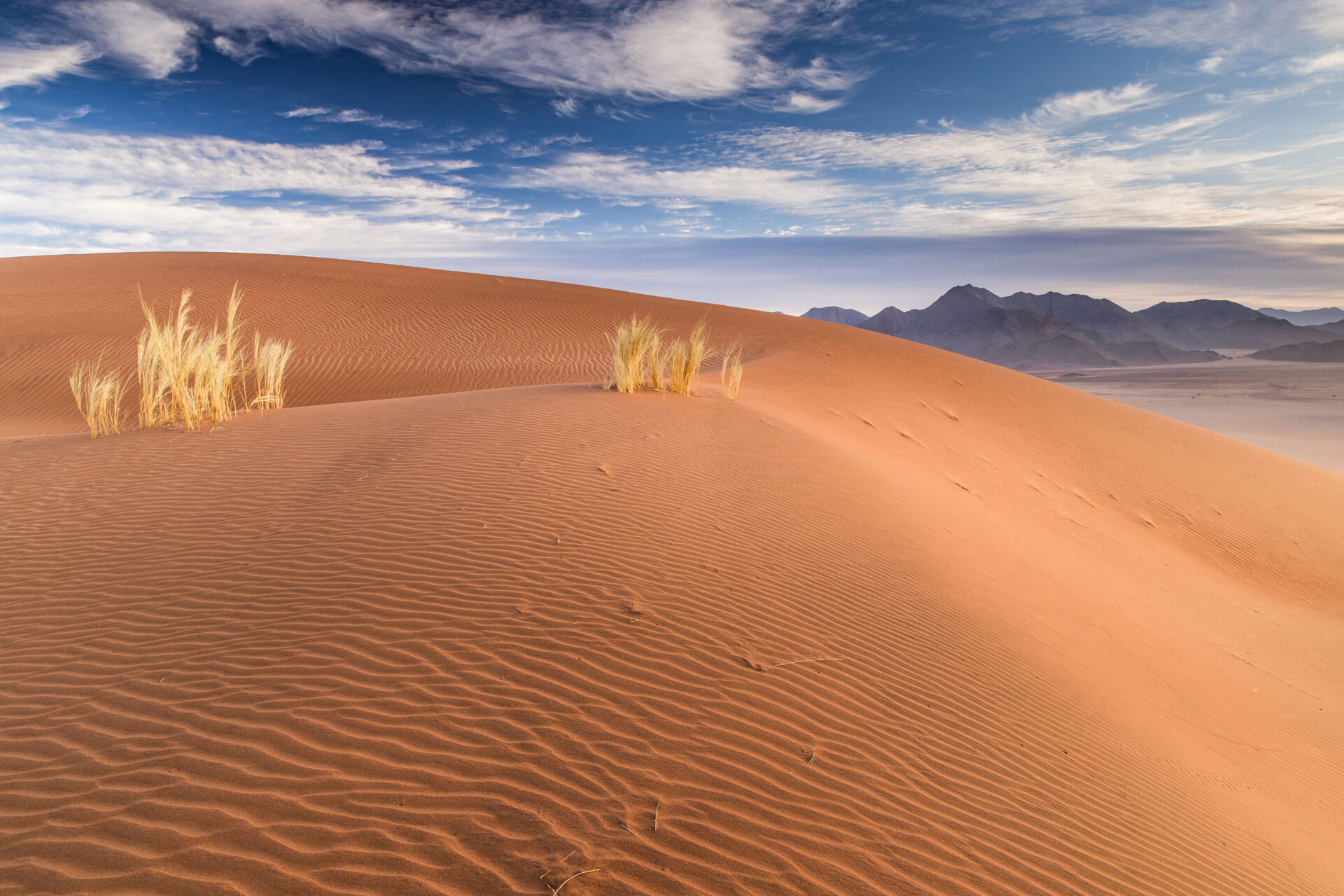
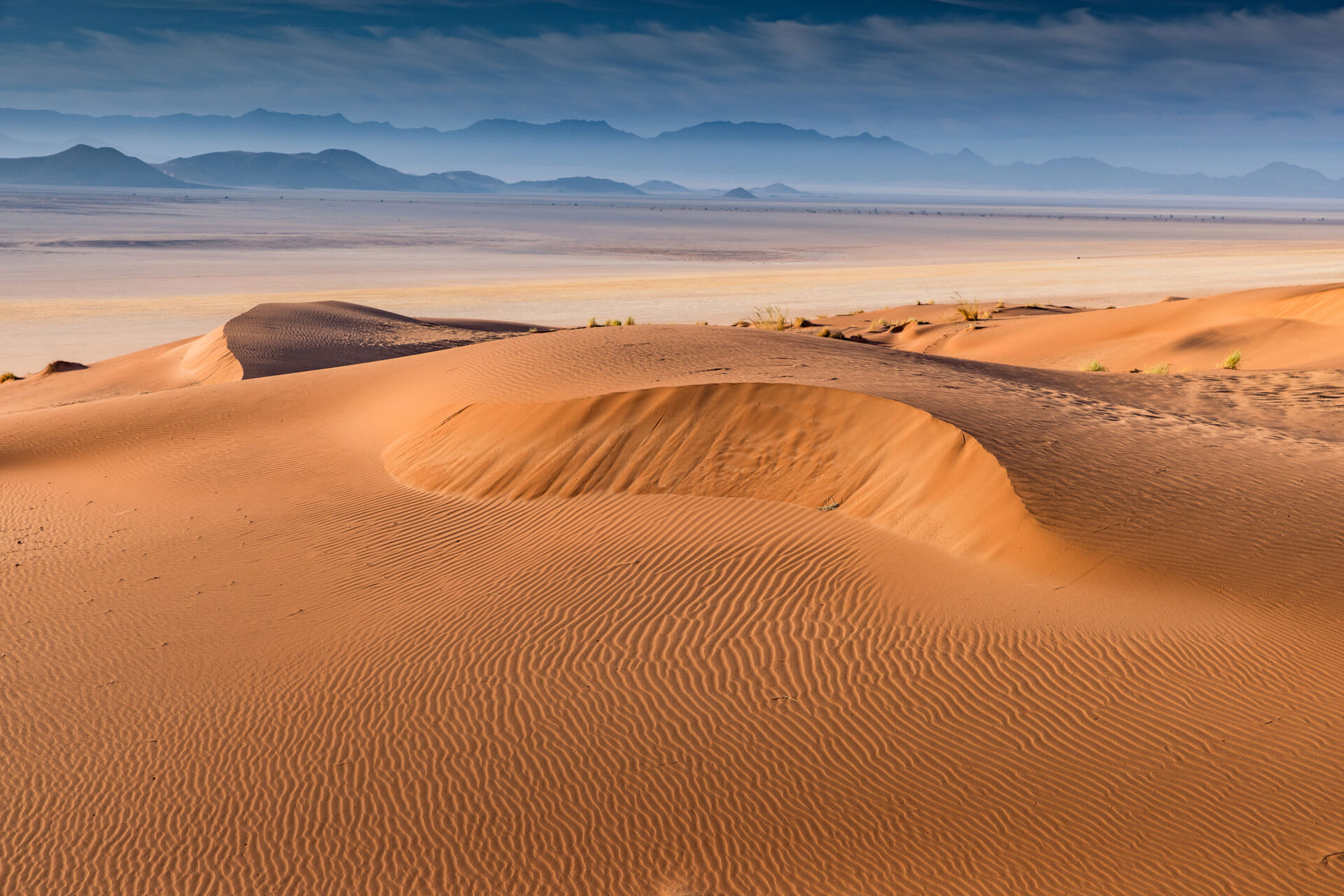
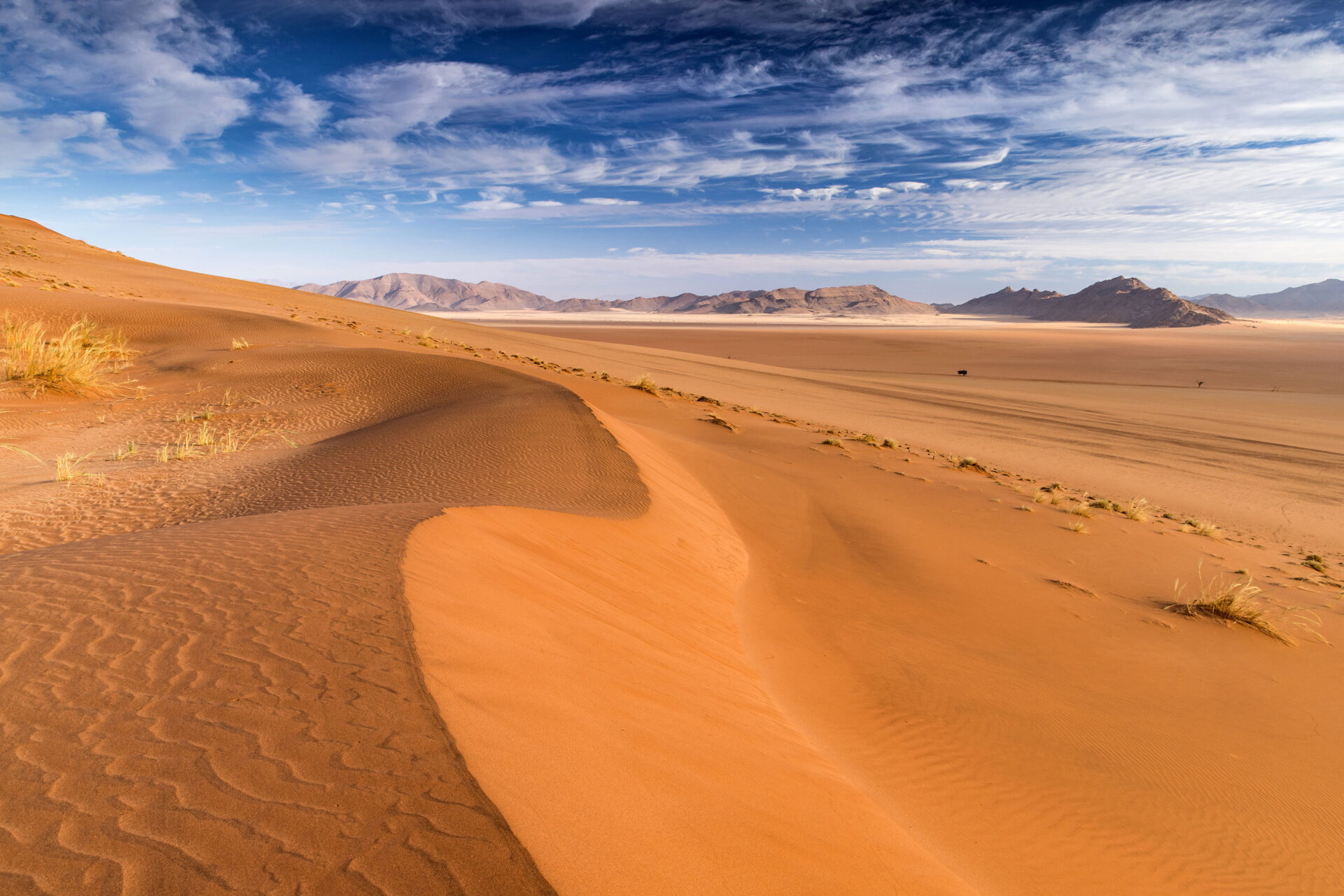
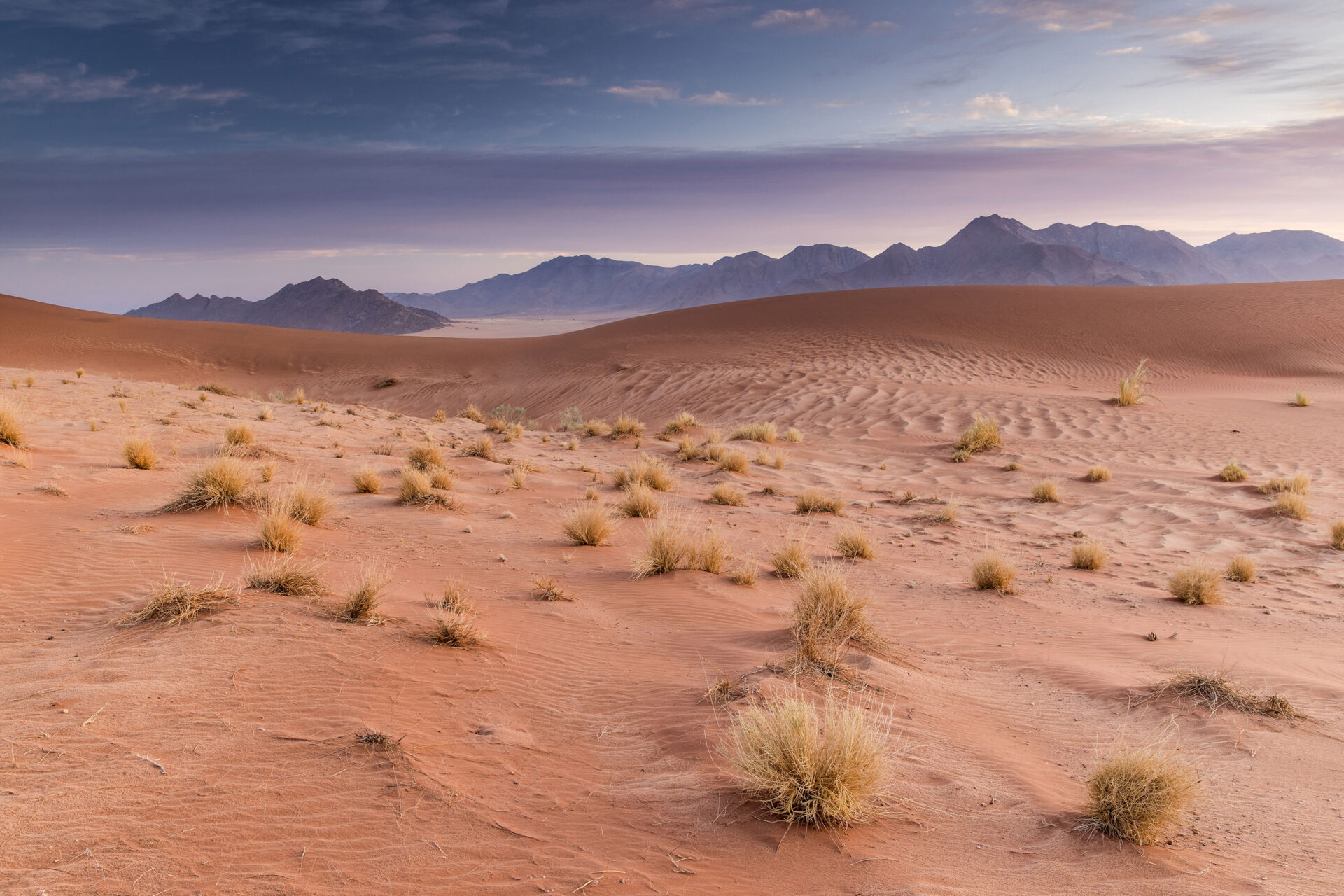
Deadvlei
In the middle of the Namib Naukluft National Park lies Deadvlei. This part of Namibia is perhaps the most iconic location of the country and draws tourists from all over the world. As I had seen images of the petrified trees at Deadvlei for the longest time, I just knew I had to maximize my time at this surreal spot. So, I based myself inside the national park grounds so I could take advantage of the sunrise. Staying within the park gives you the advantage of getting an early morning start, allowing you to go inside the park 1 hour before everybody else. The views in Deadvlei are at its best early in the morning as the first light hits the valley, illuminating the 900-year old petrified trees, basking the sand dunes that surround the valley in a golden hue.

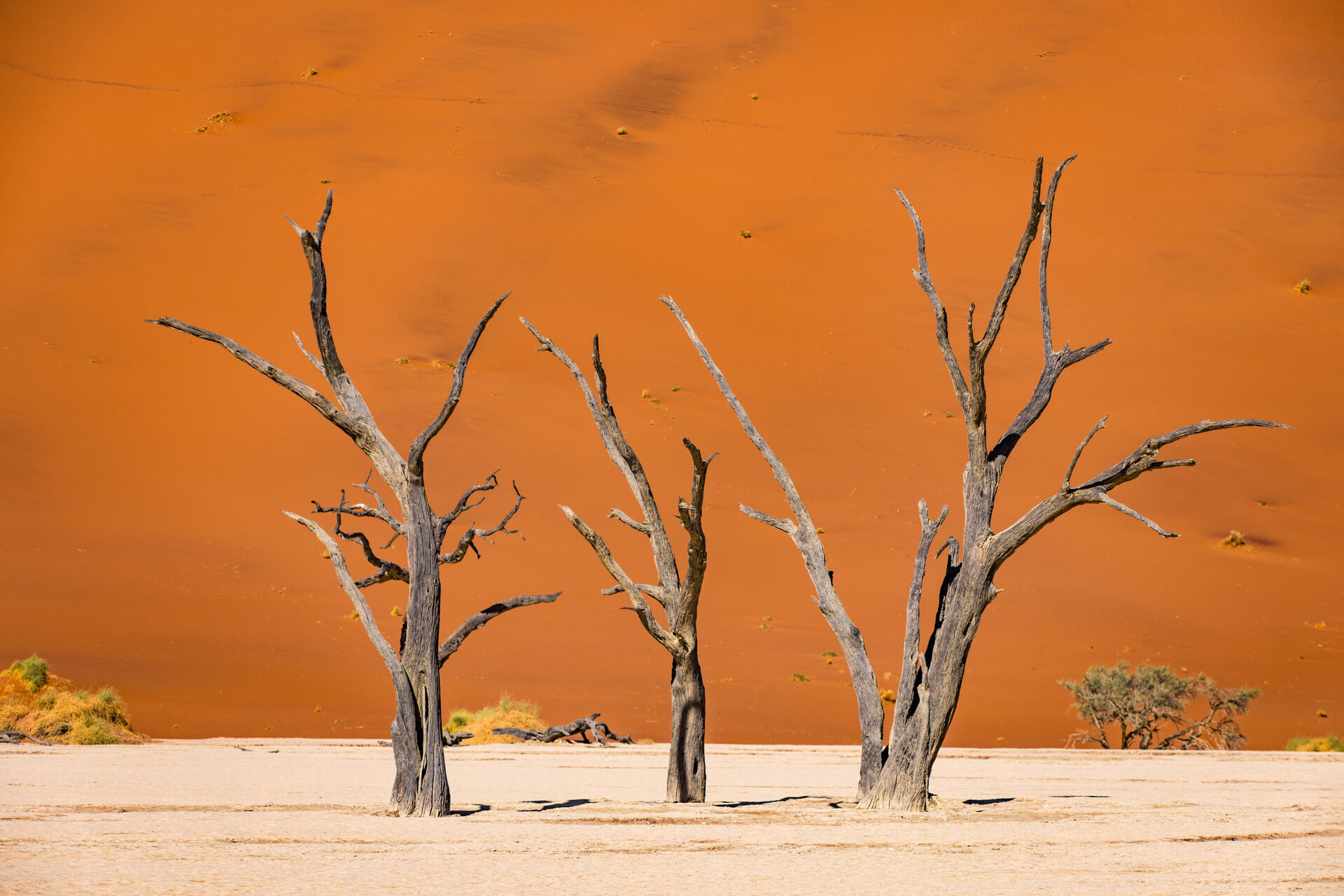
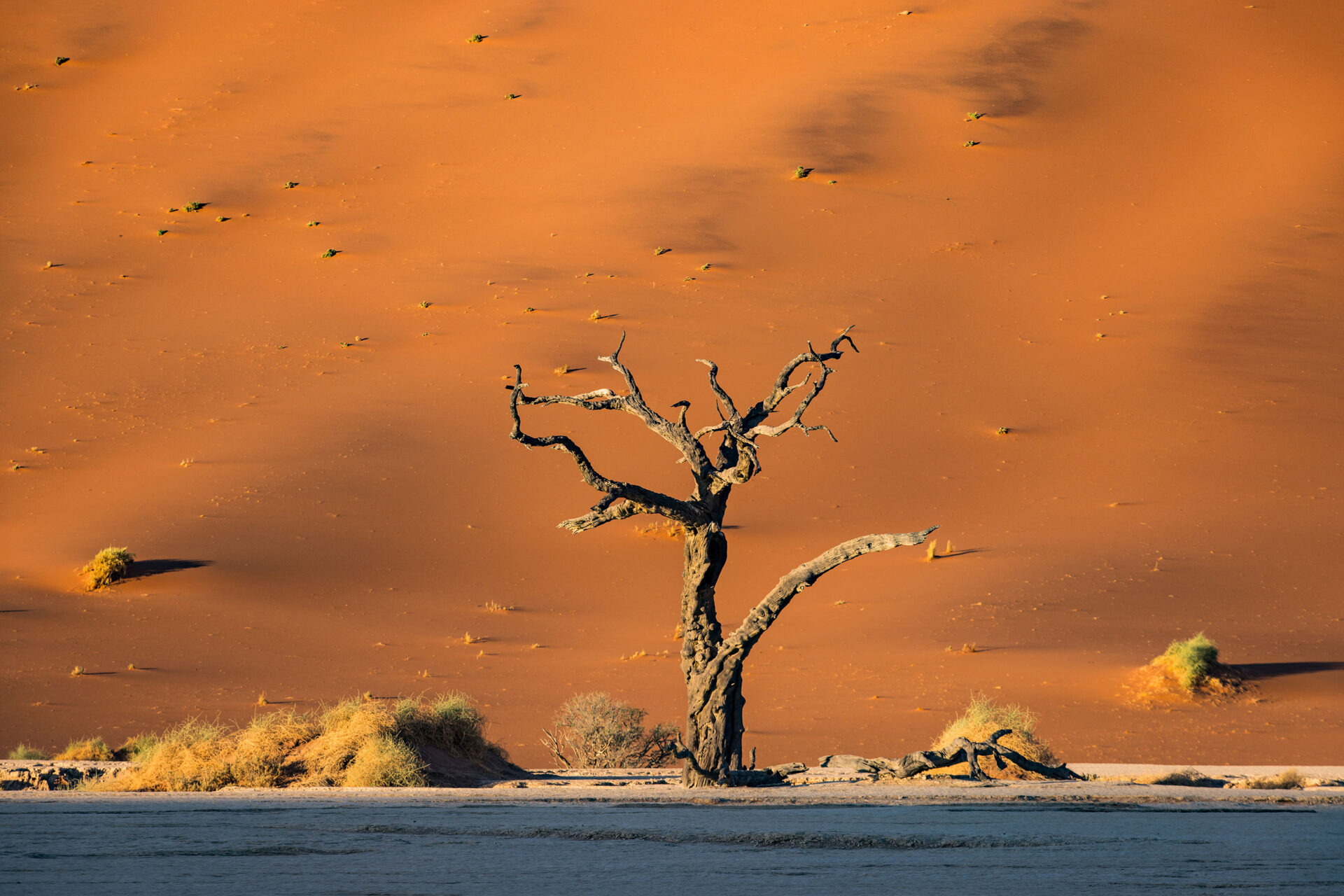
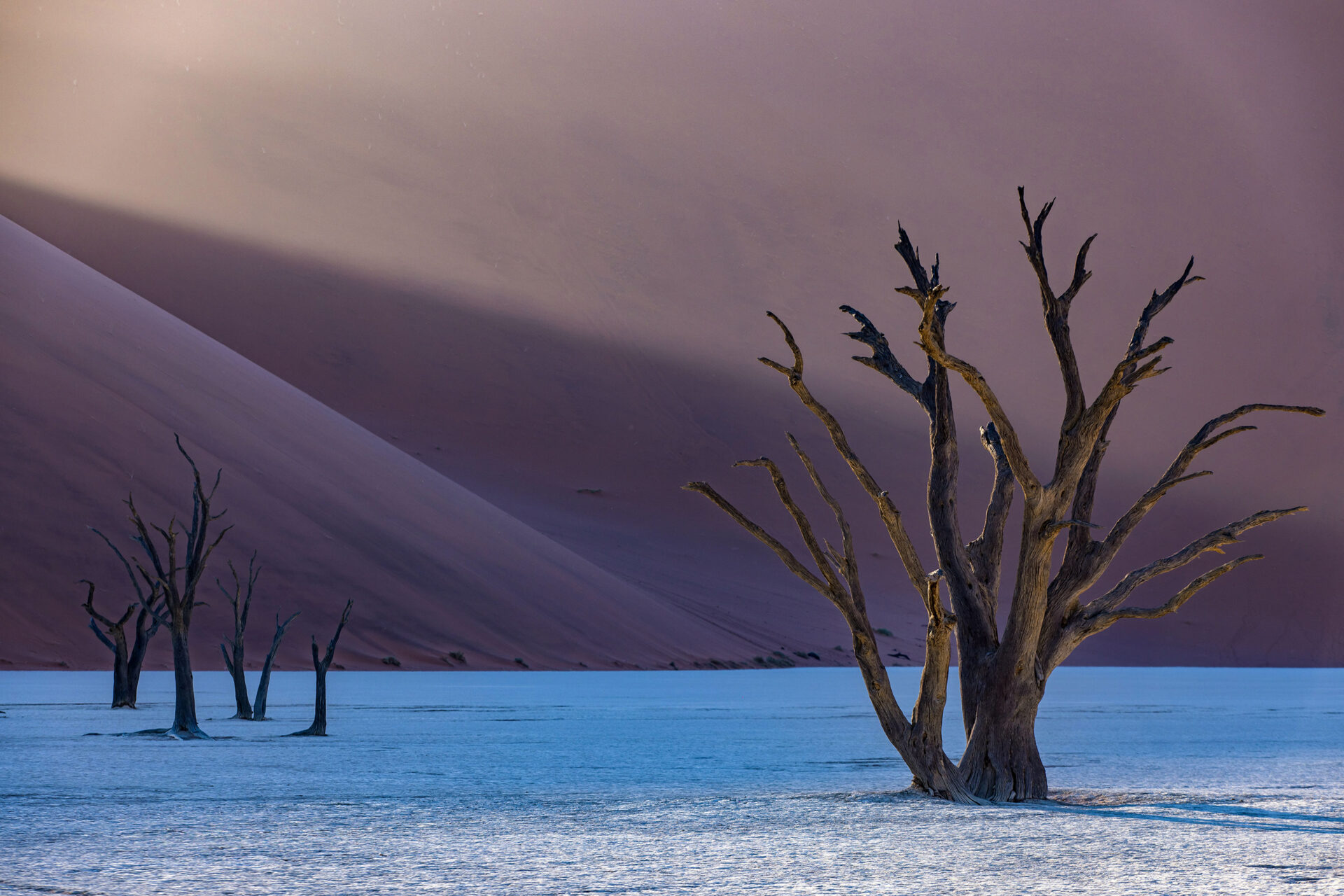
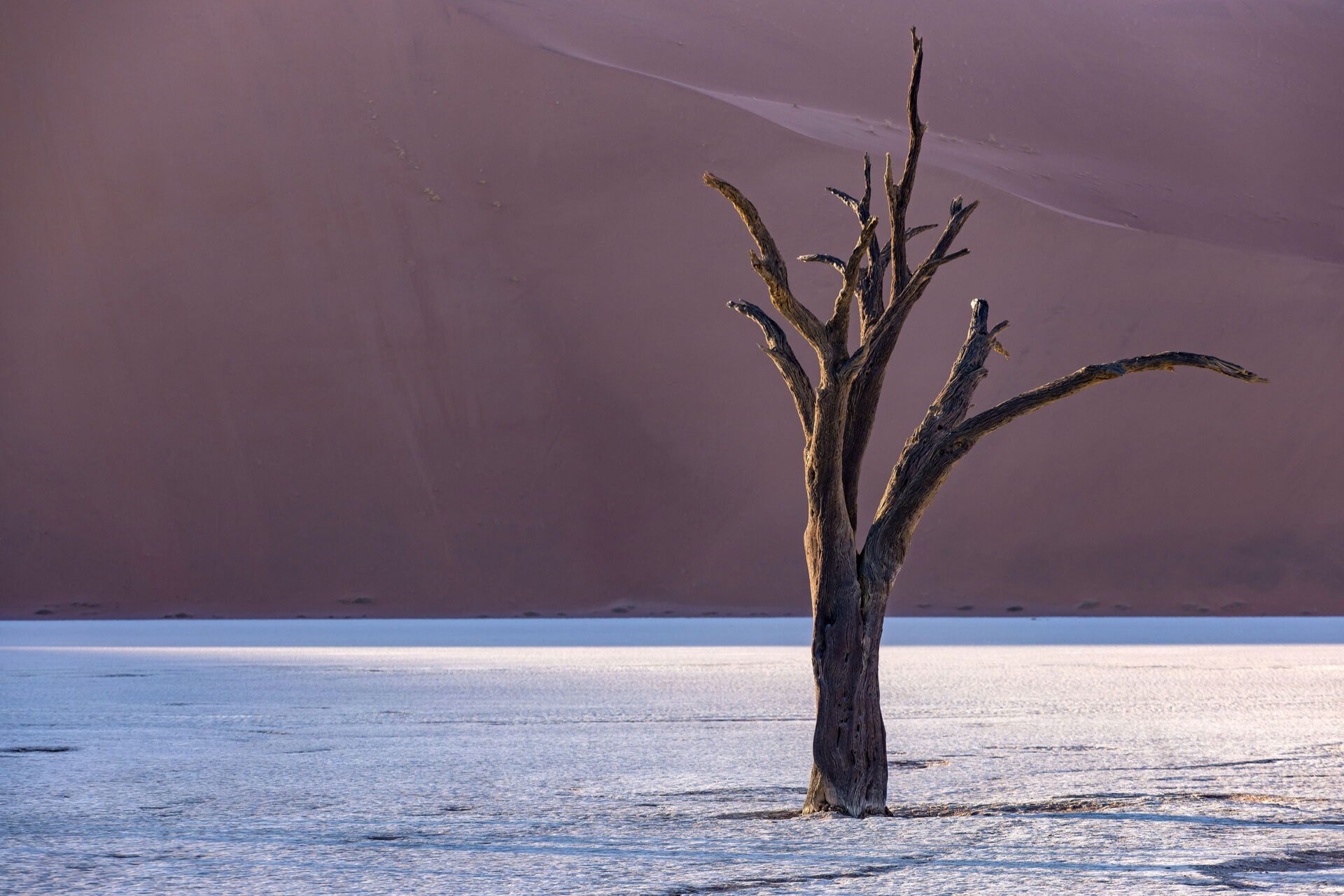
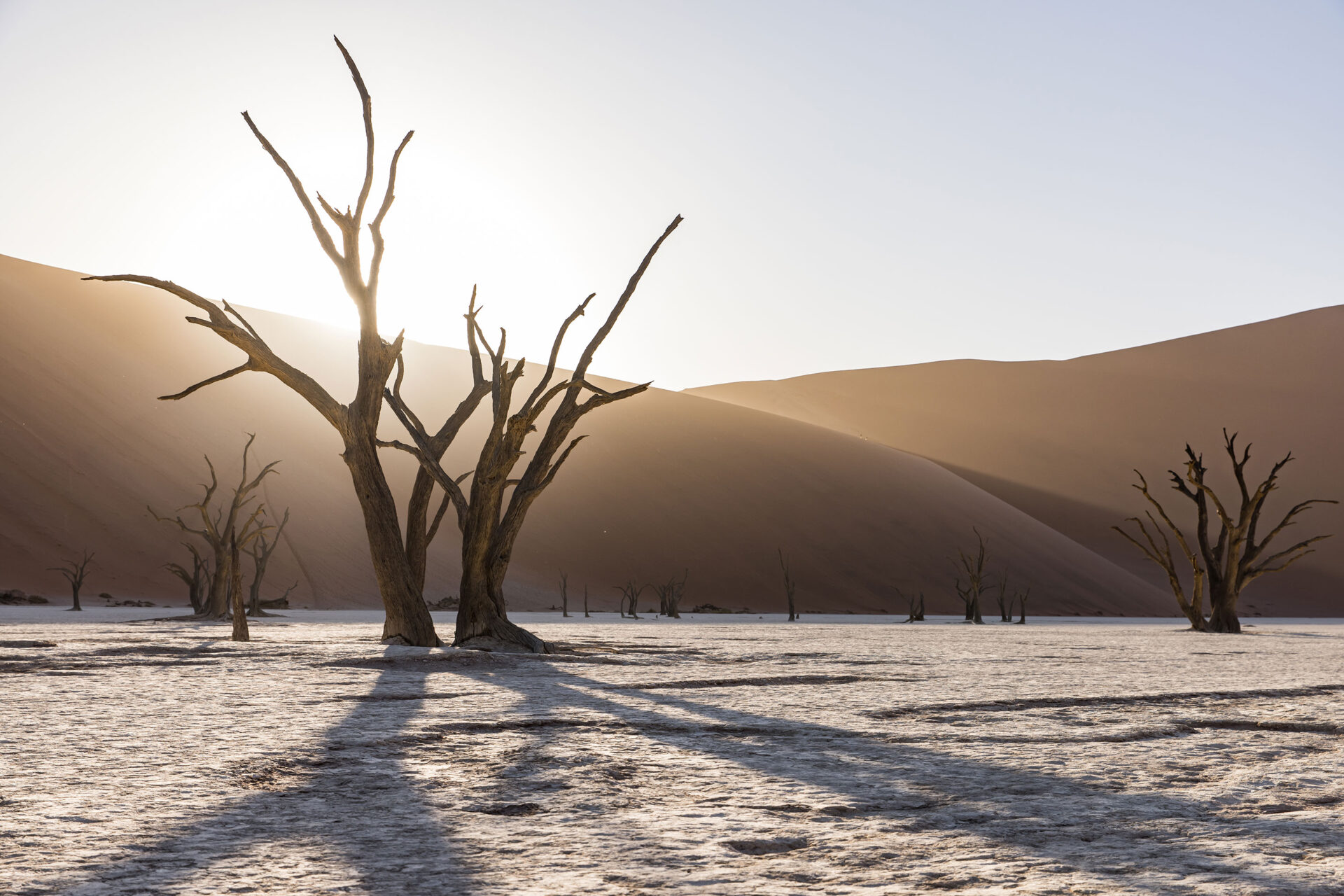
Sossuvlei
The valley leading up to Deadvlei will take you along the red sand dunes of Sossusvlei. Here, you will find some of the world’s tallest sand dunes, some as tall as 300 meters. Several of them can be climbed, such as Dune 45 or another one called Big Daddy. The climb up the loose sand is tough, but the views from the top are so worth it. Although you might not expect any animals in this dry landscape, wildlife somehow has learned to adapt, and oryxes roam the sand dunes. It’s incredible how these animals can live in a place so dry.
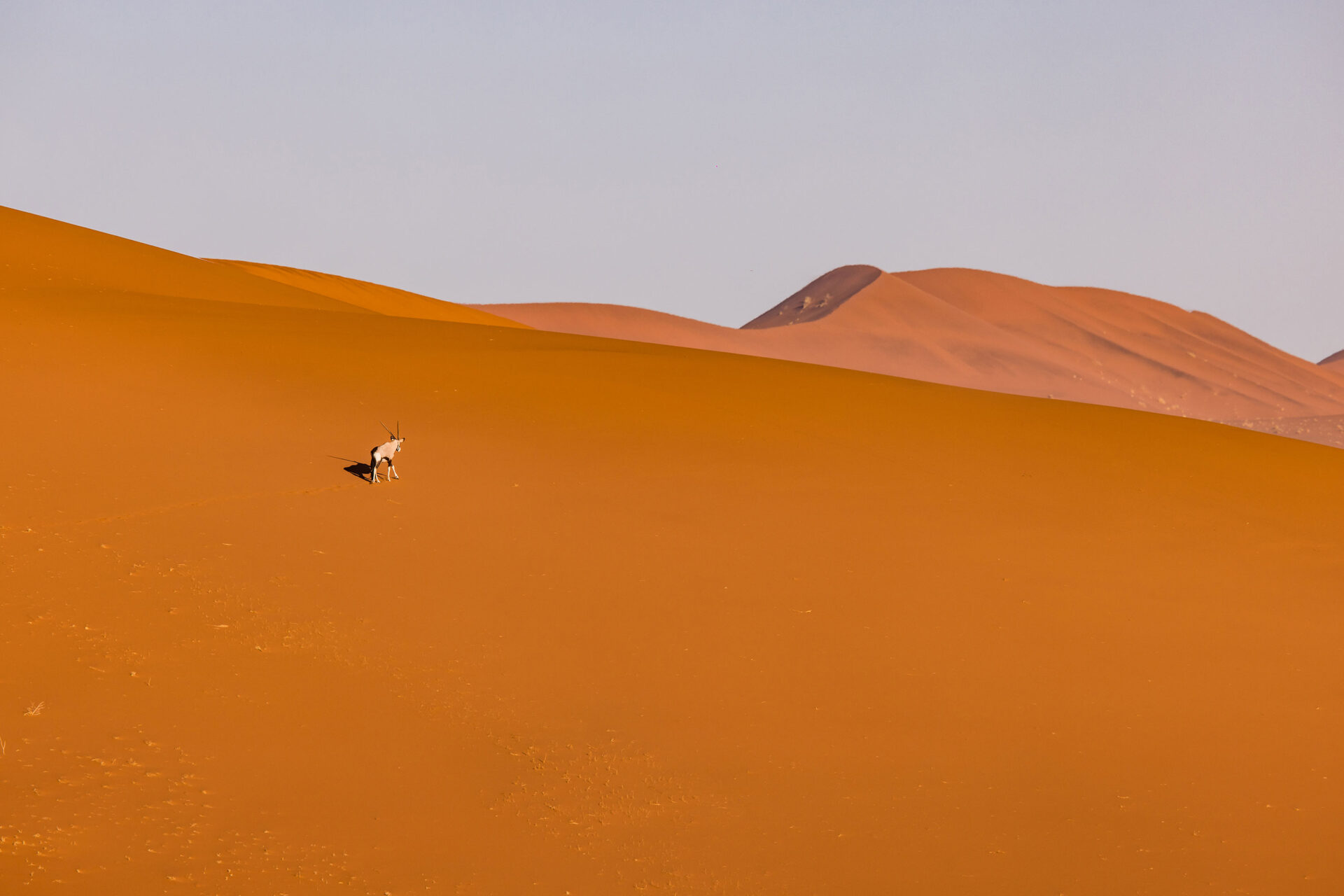
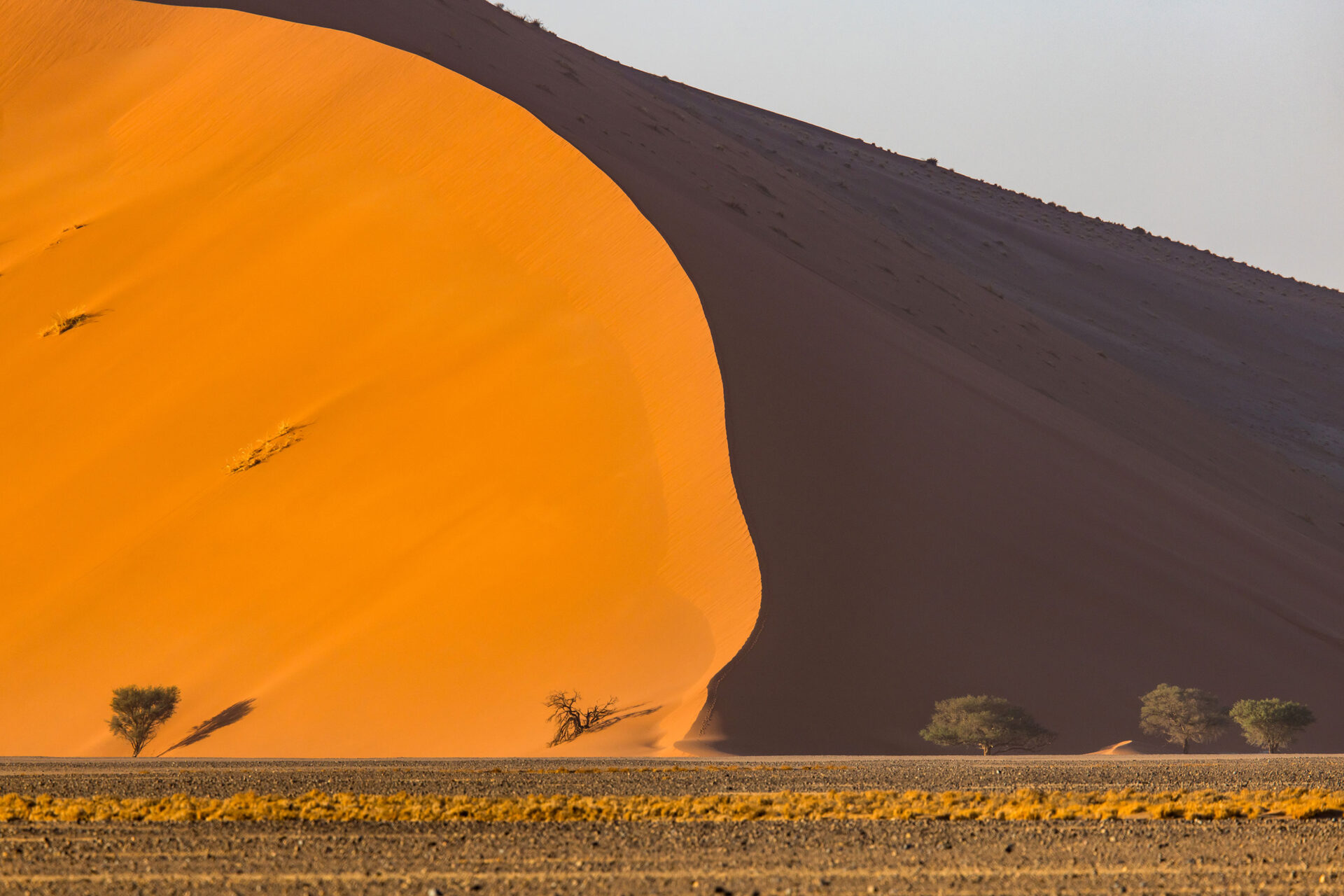
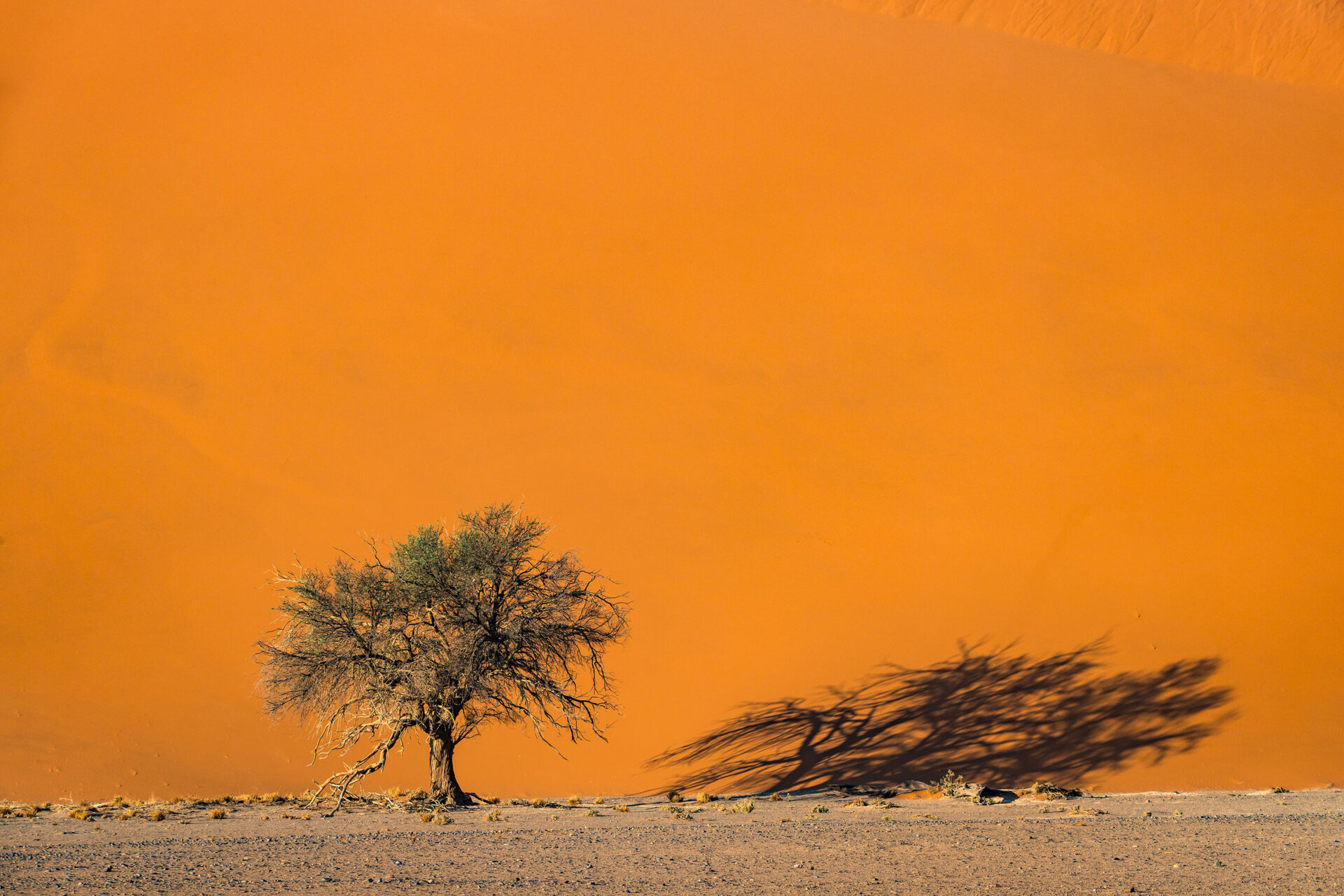
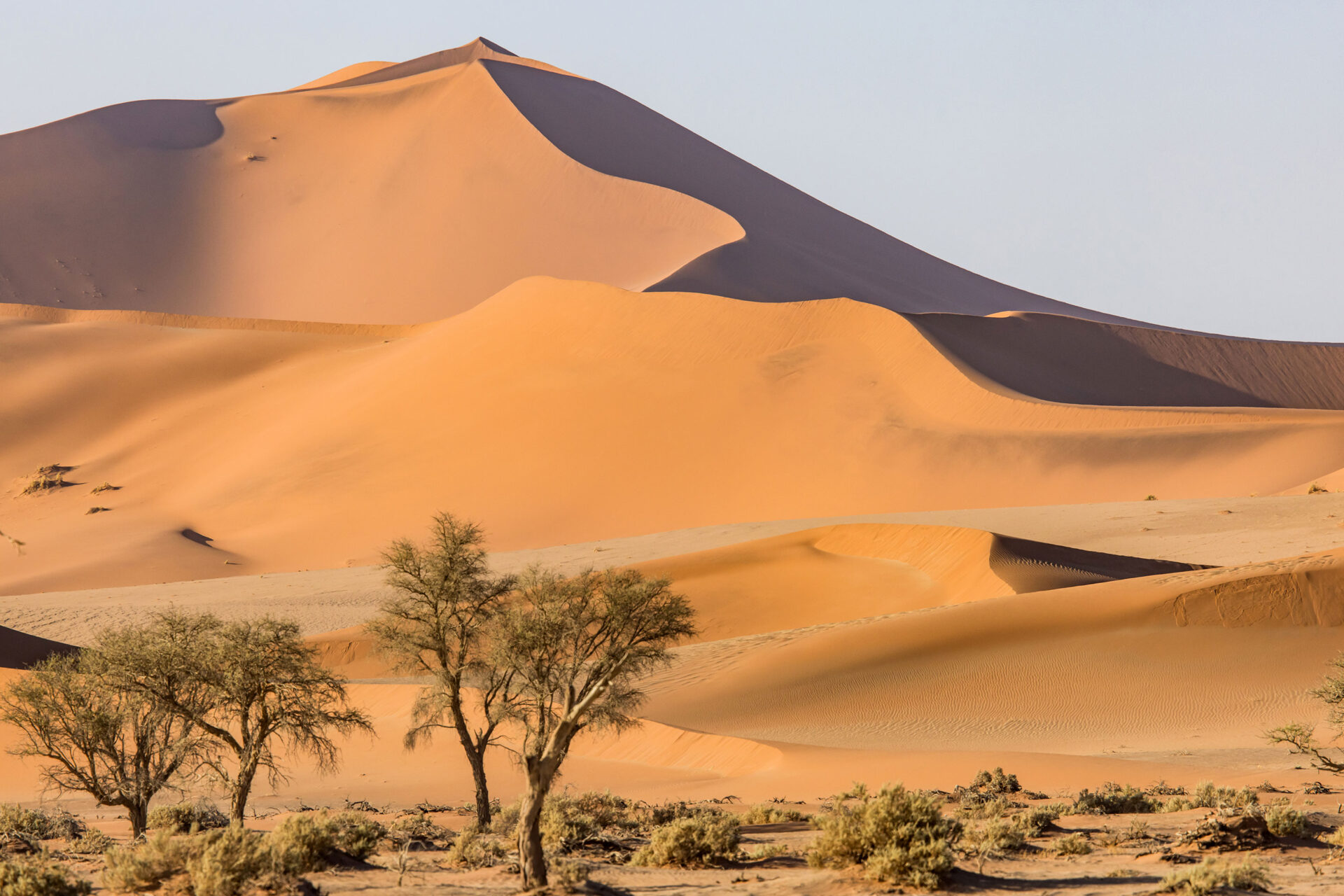
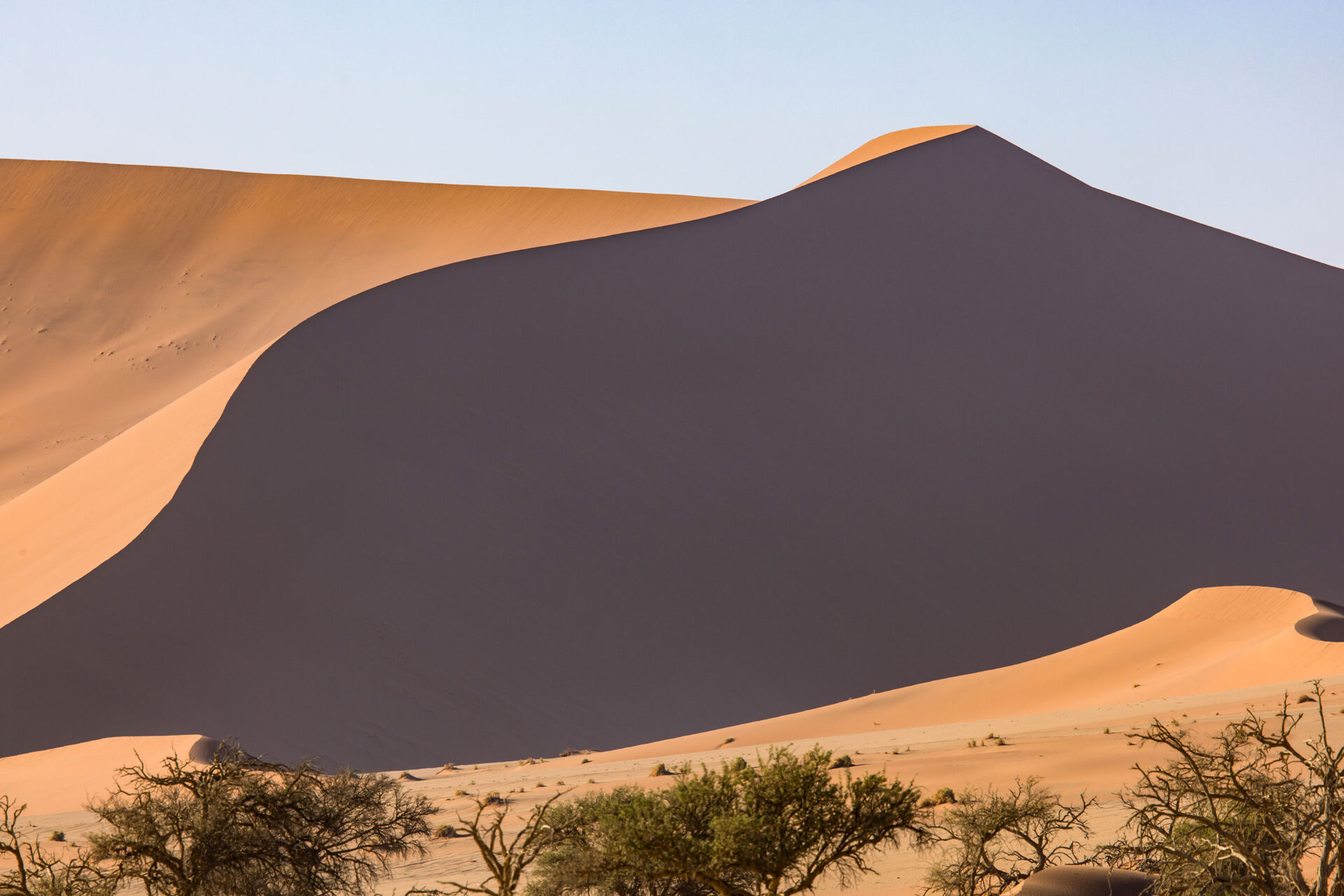
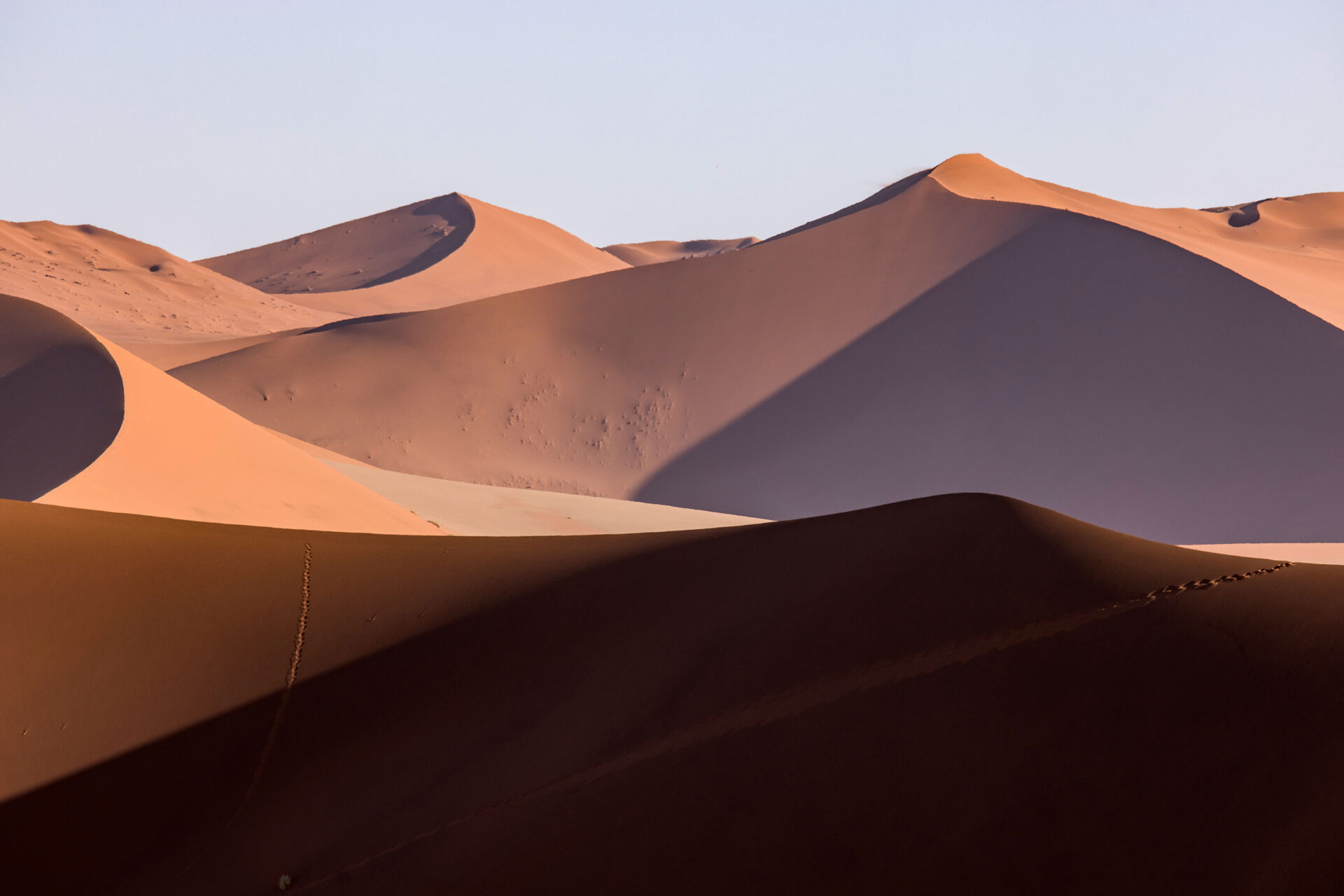
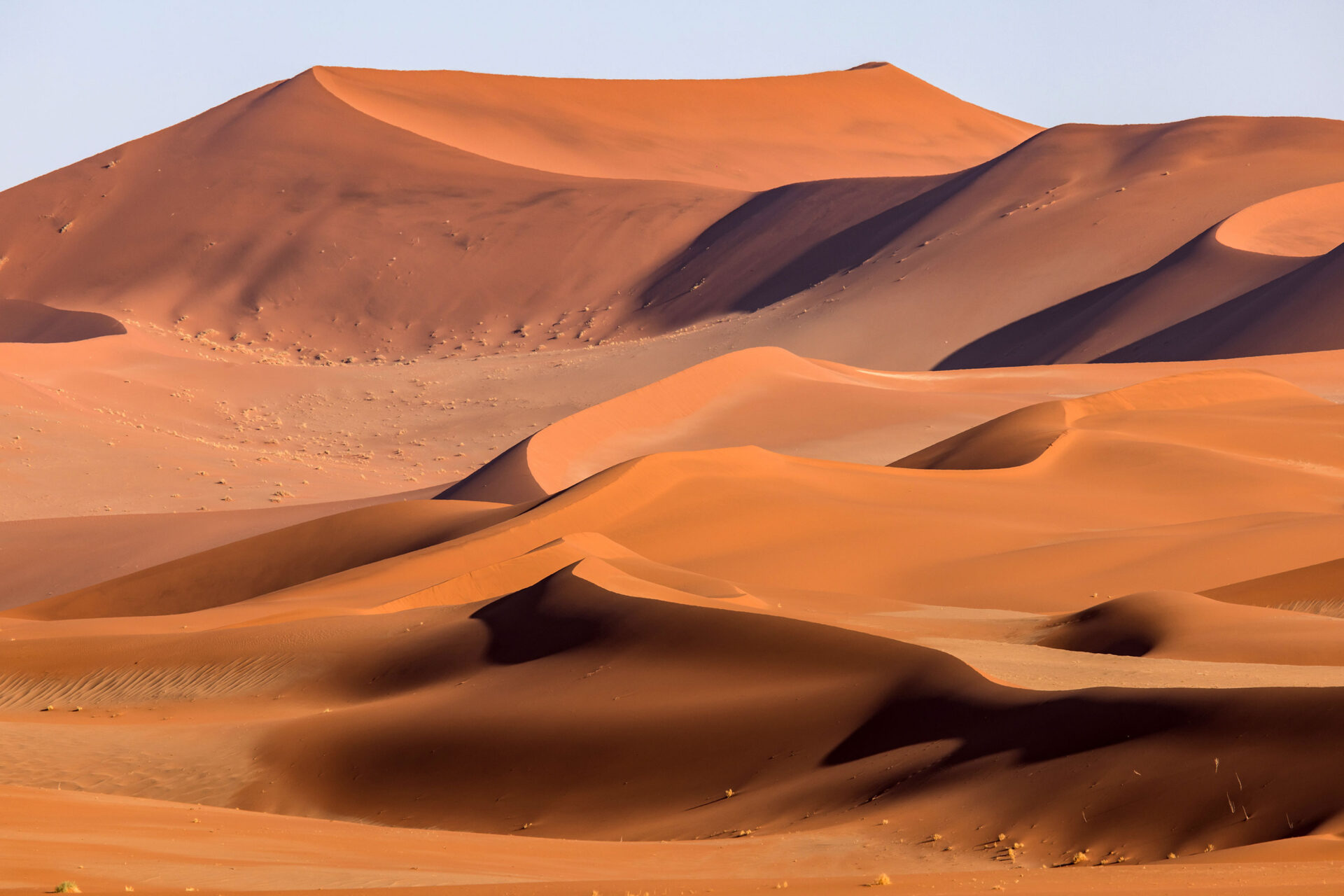
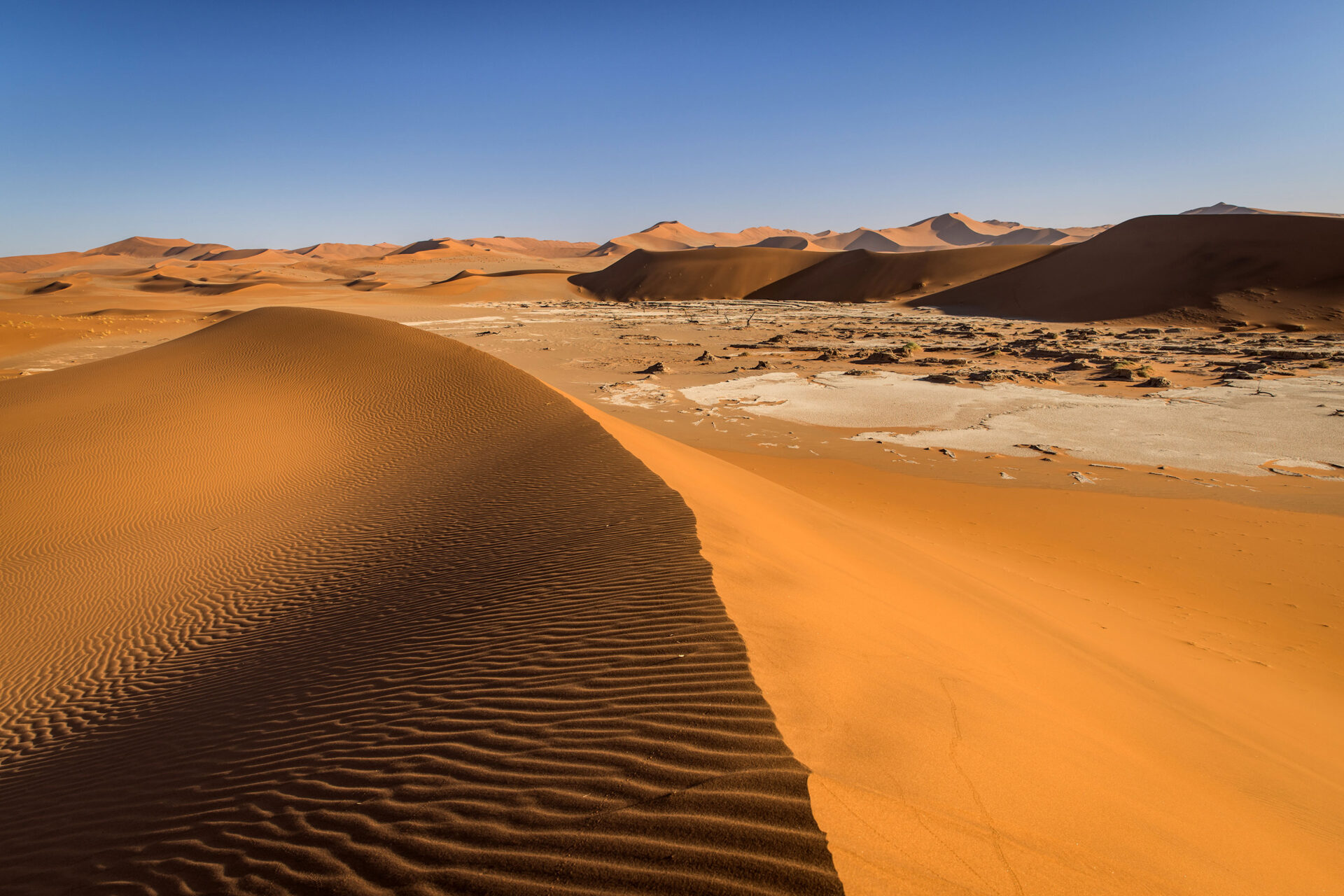
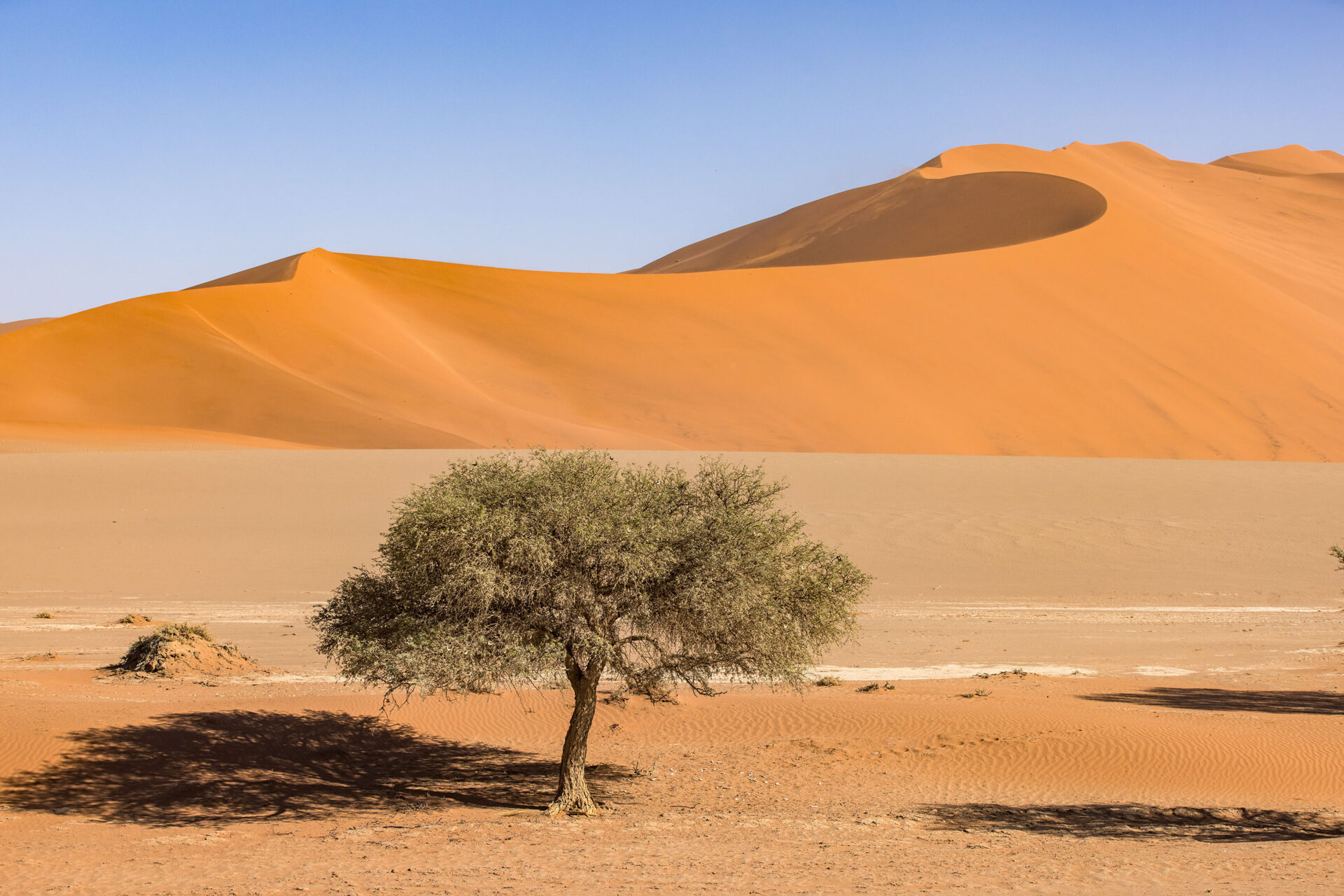
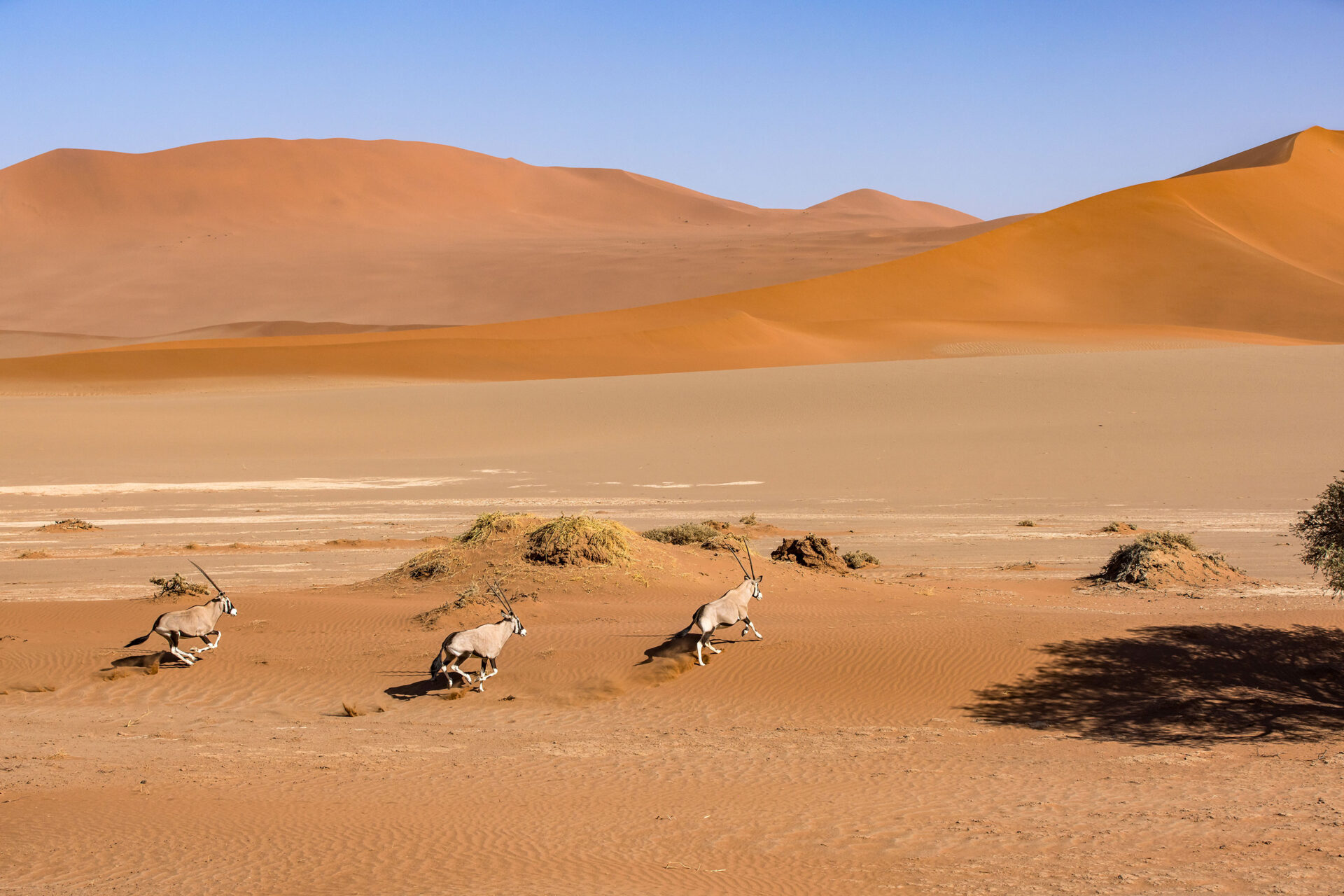
Flamingos and sea lions along the Atlantic Coast
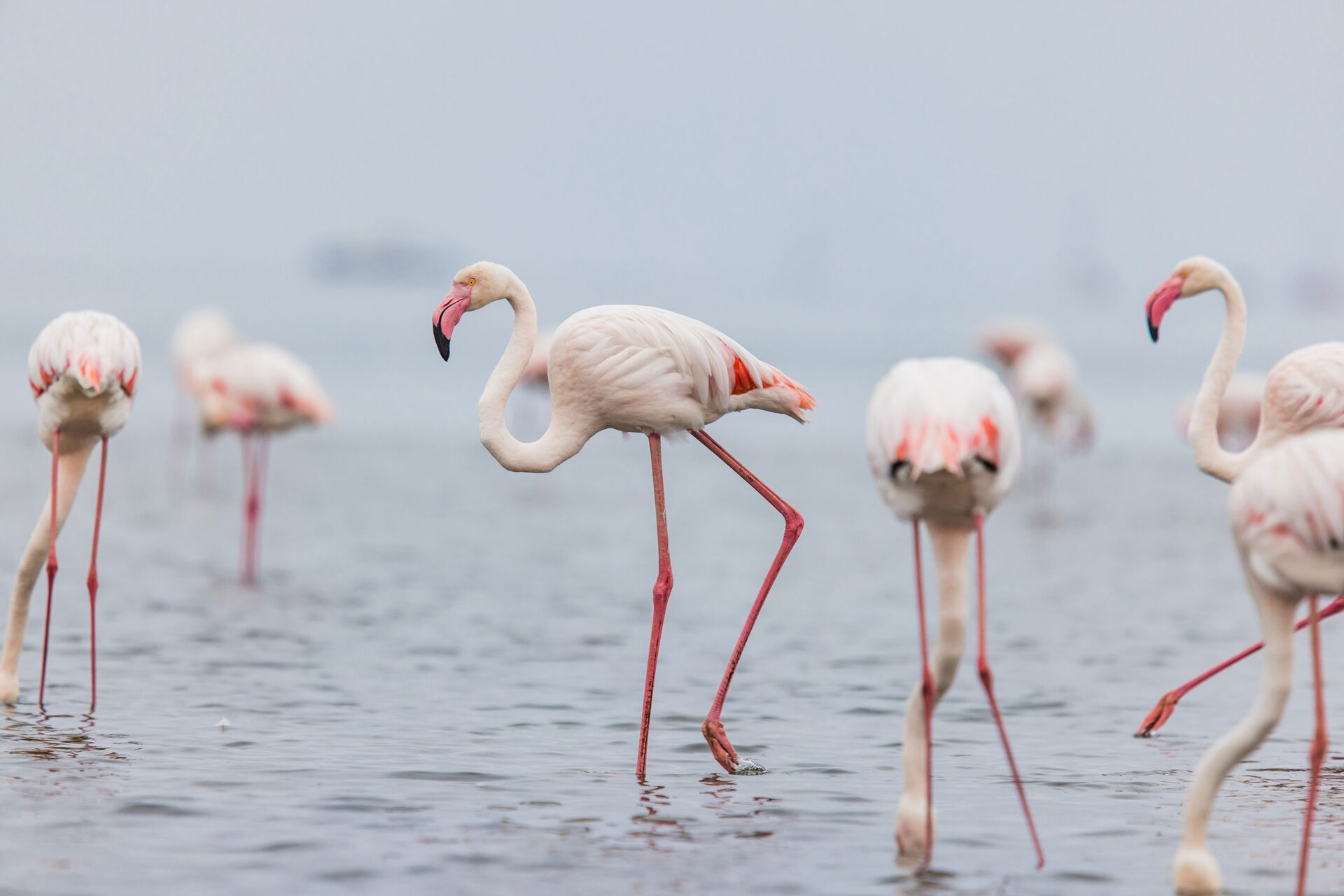
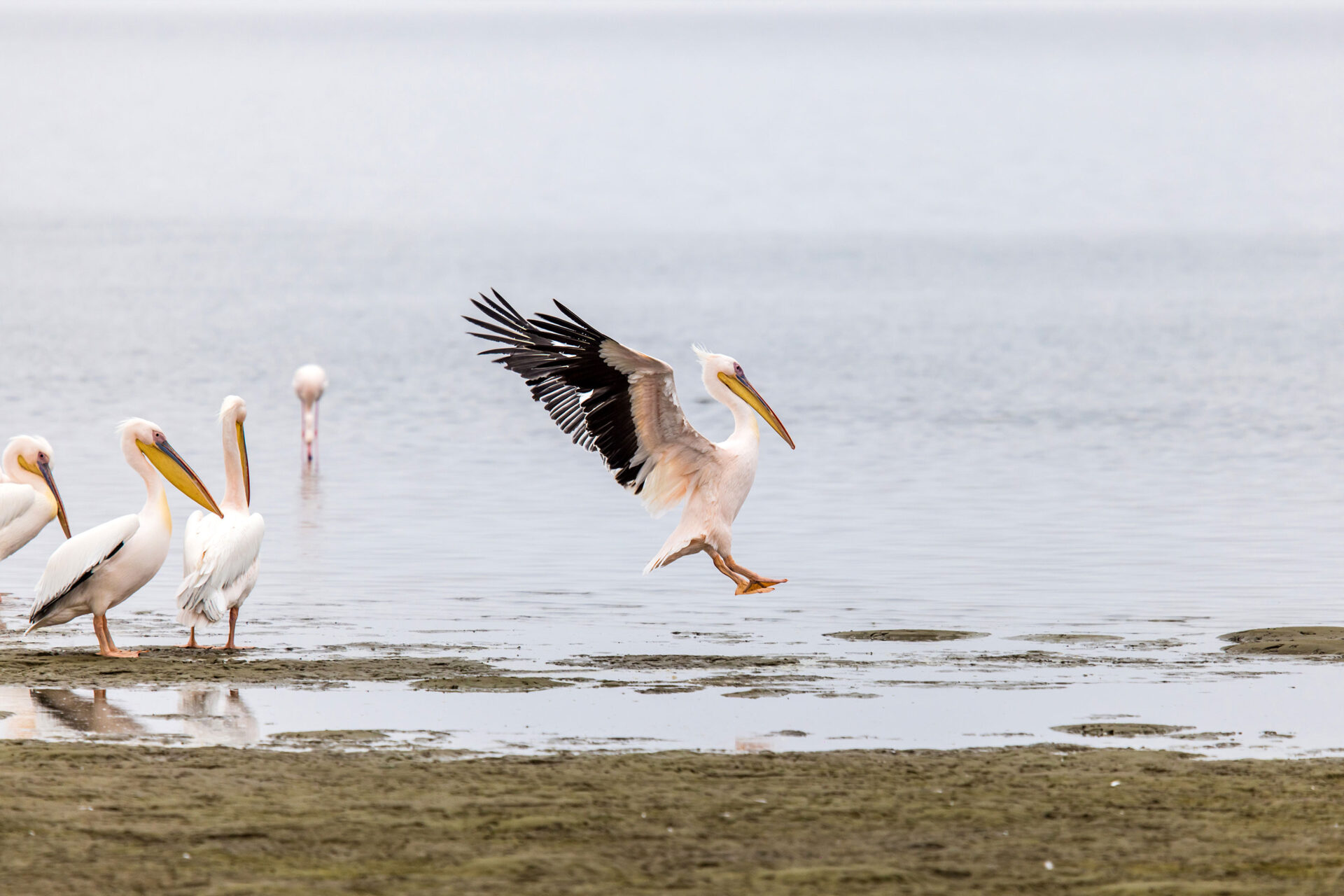
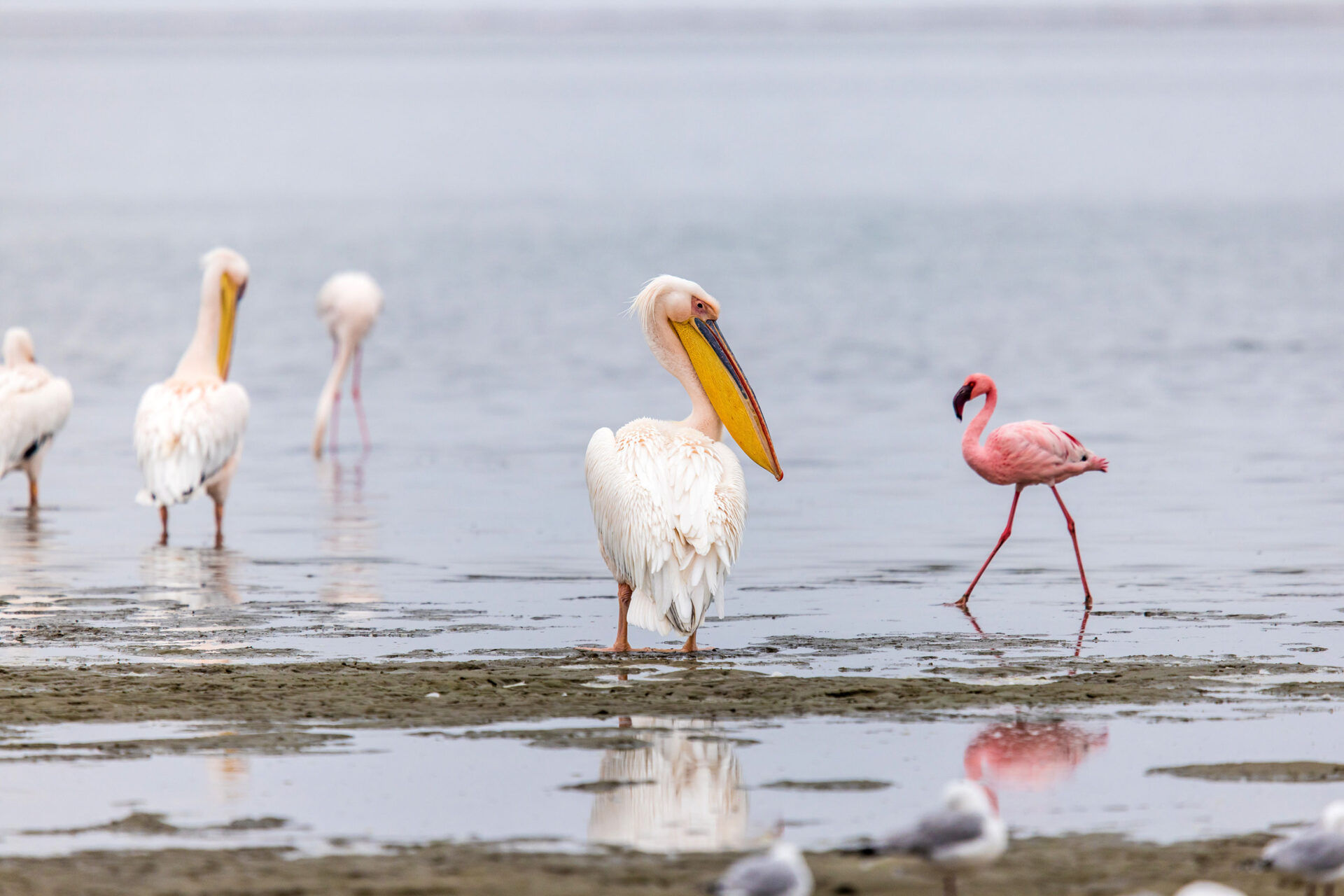
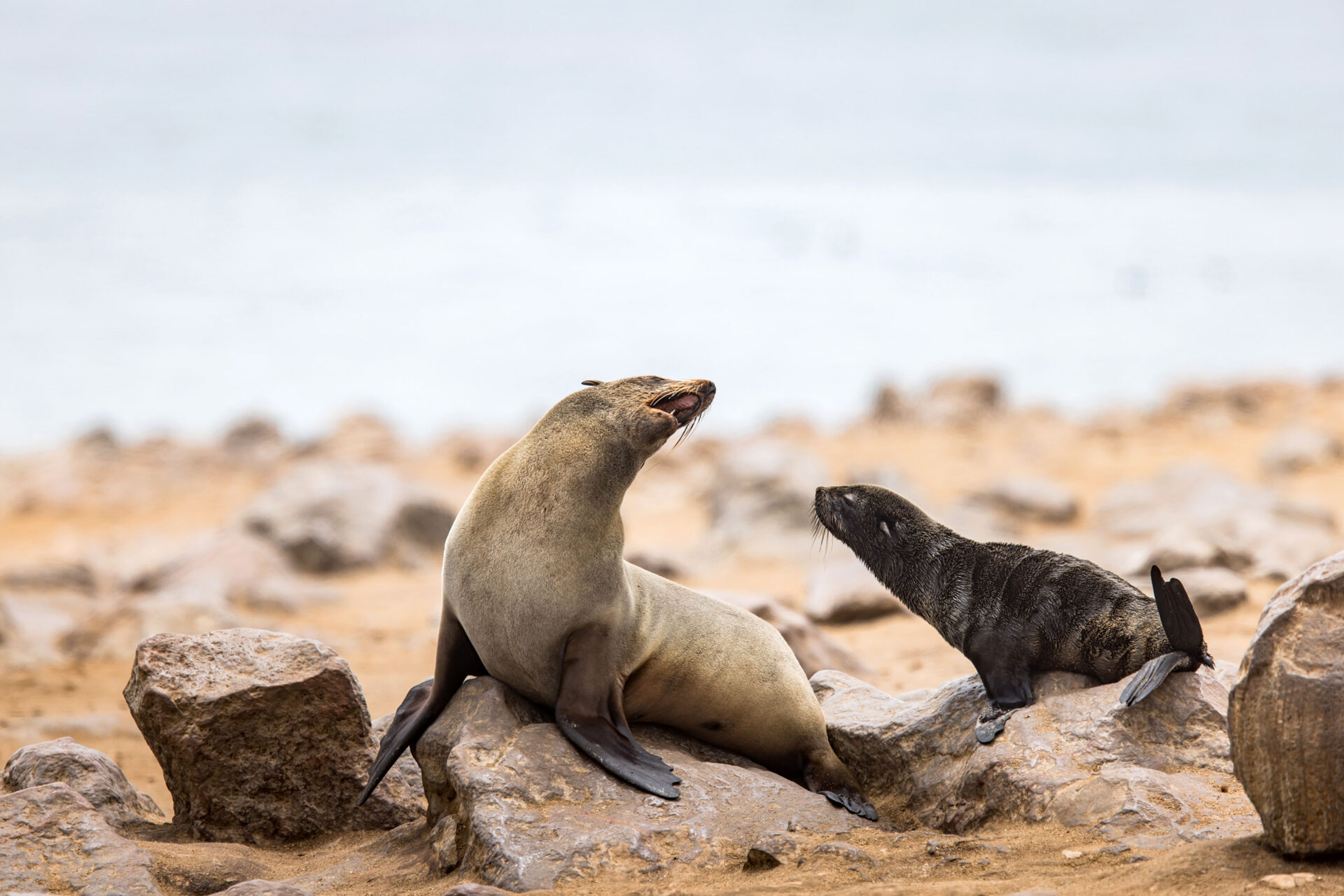
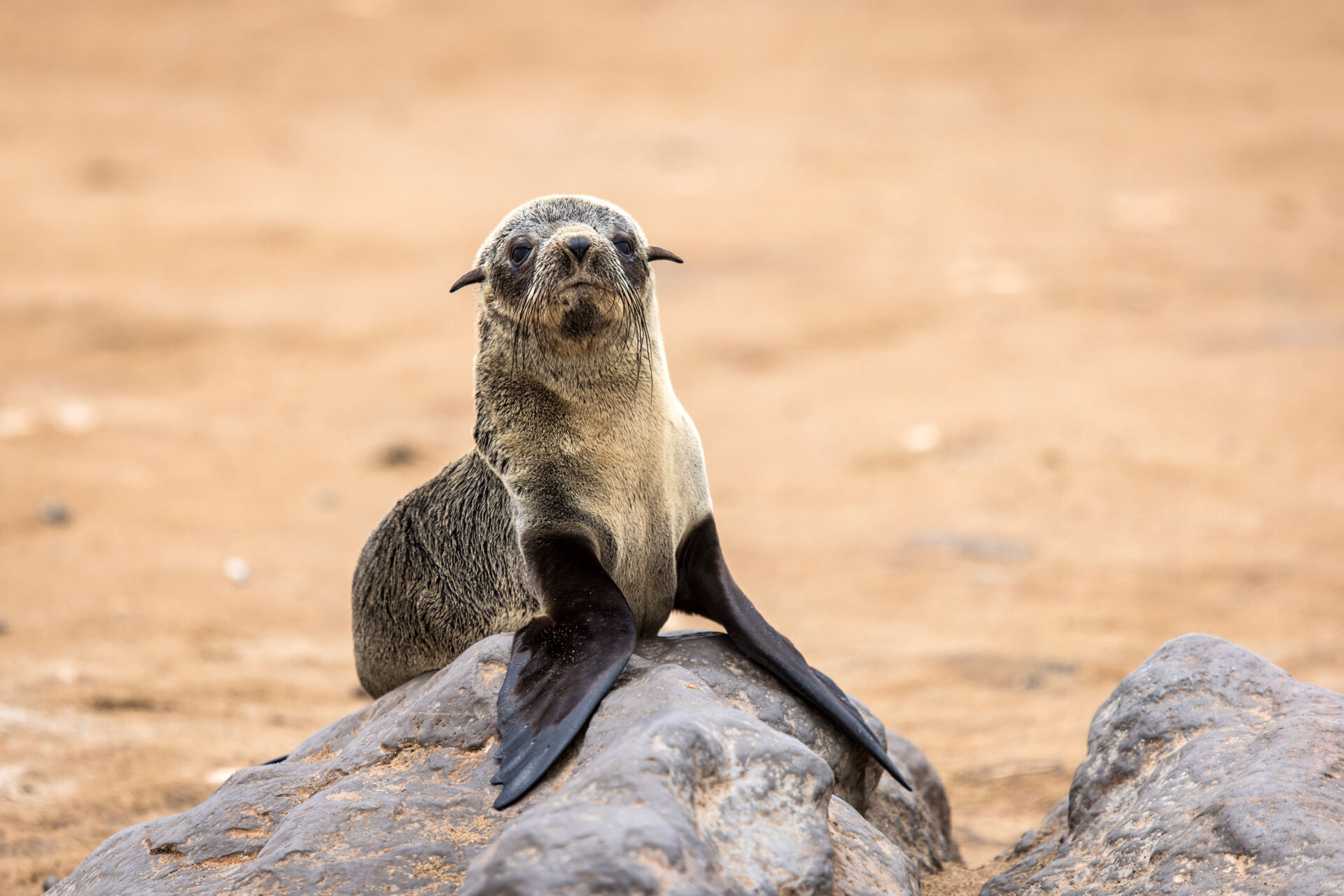
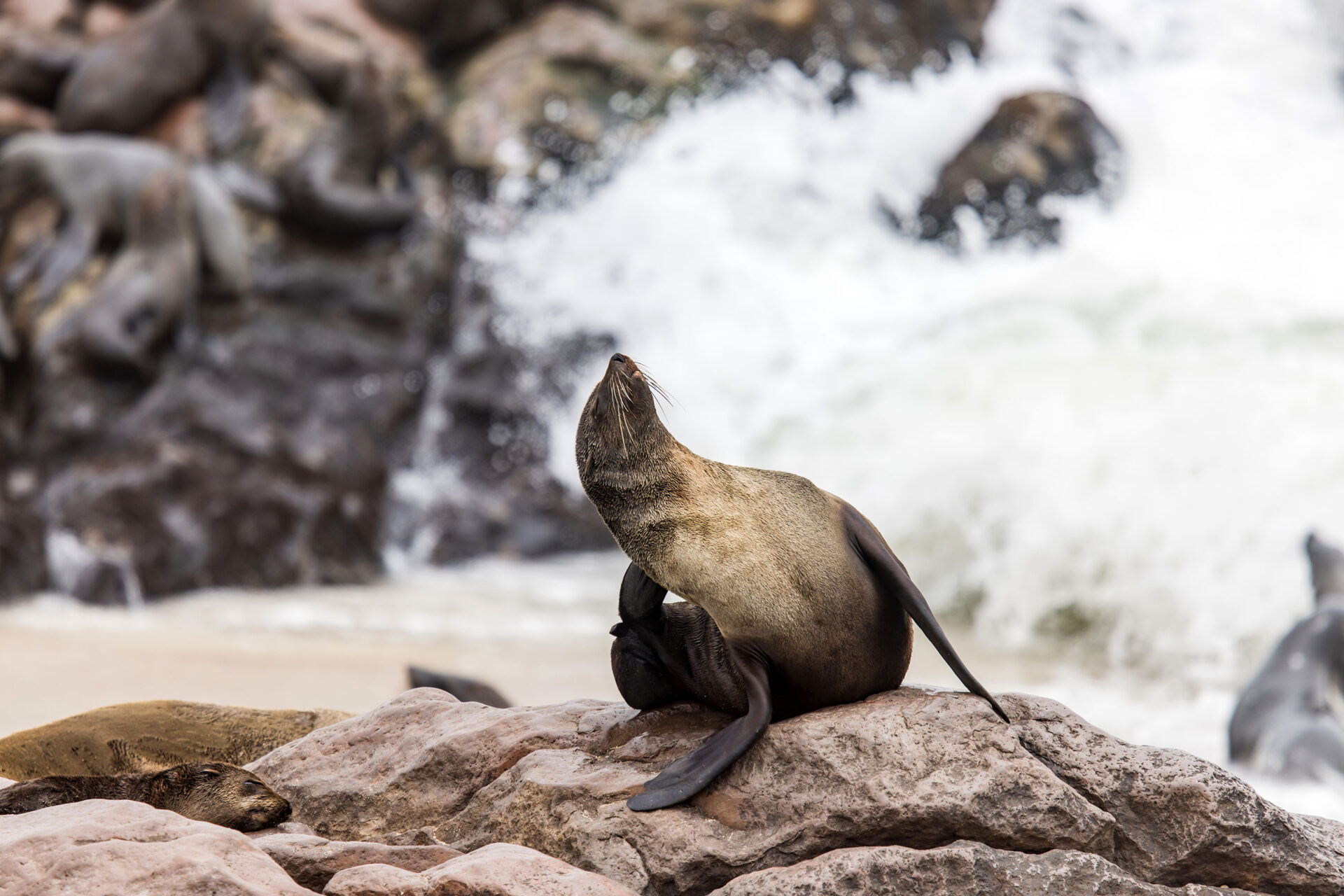
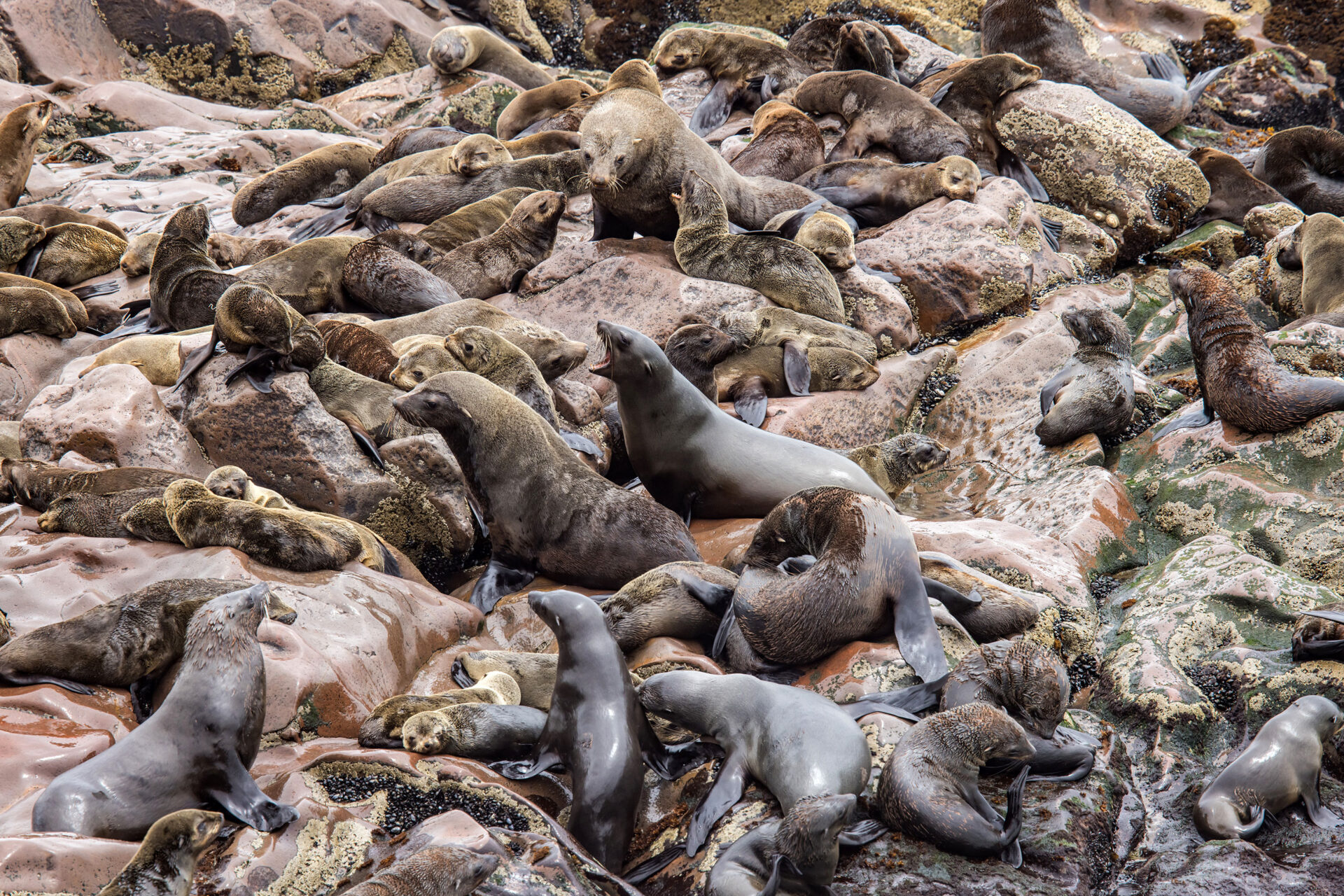
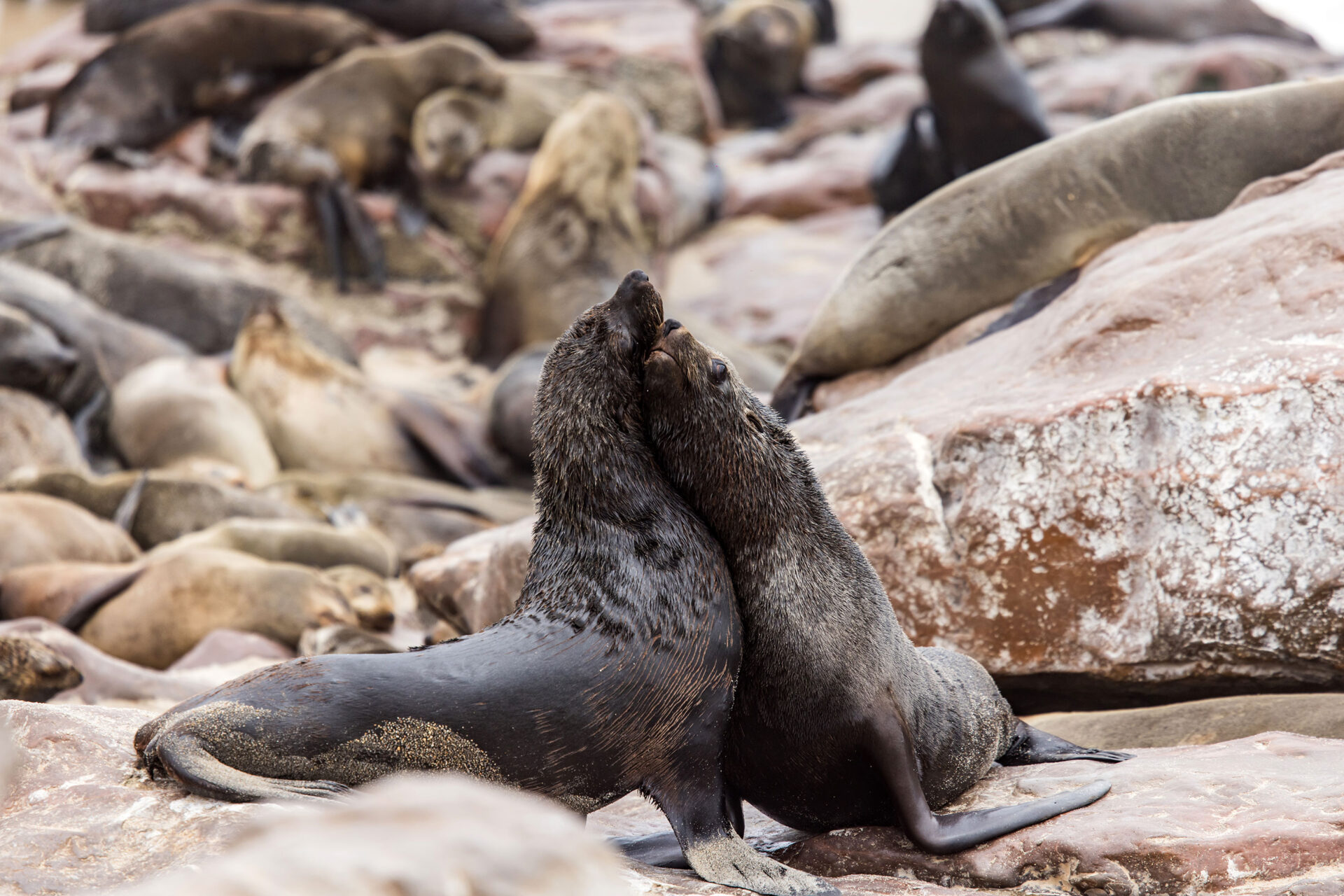
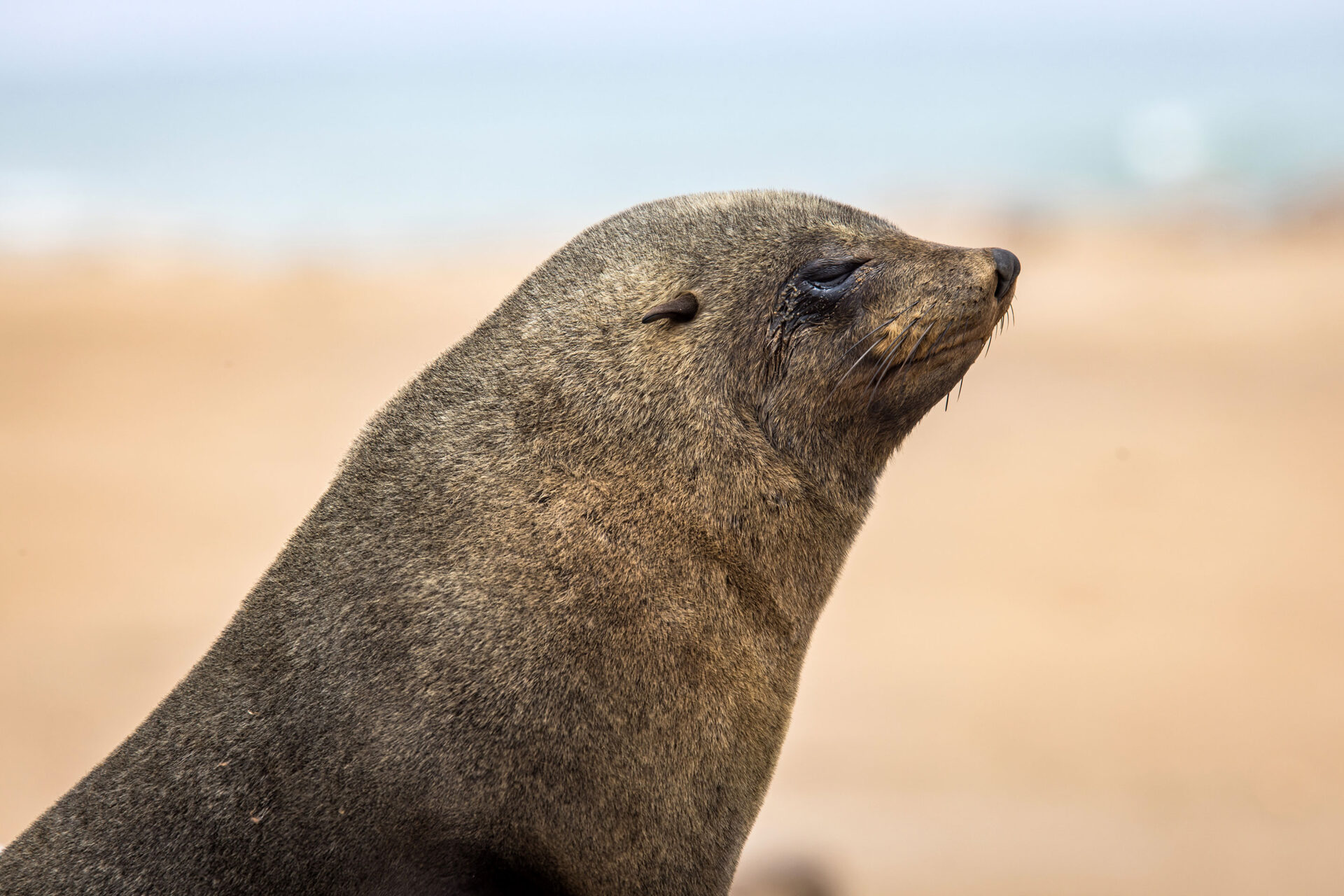
Spitzkoppe
As I left the coast, the landscape changed drastically and it became rockier. Out of nowhere, the Spitzkoppe mountain range appeared. Often referred to as the Matterhorn of Namibia, the rock formations here are beautiful and reminded me of Arches National Park in the U.S. I spent the night at a nearby camp site, allowing me to explore the area close to sunset. As the sun was setting, the colors on the Natural Rock Arch, the most iconic rock formation in this area, changed and turned the landscape to a beautiful deep orange hue.
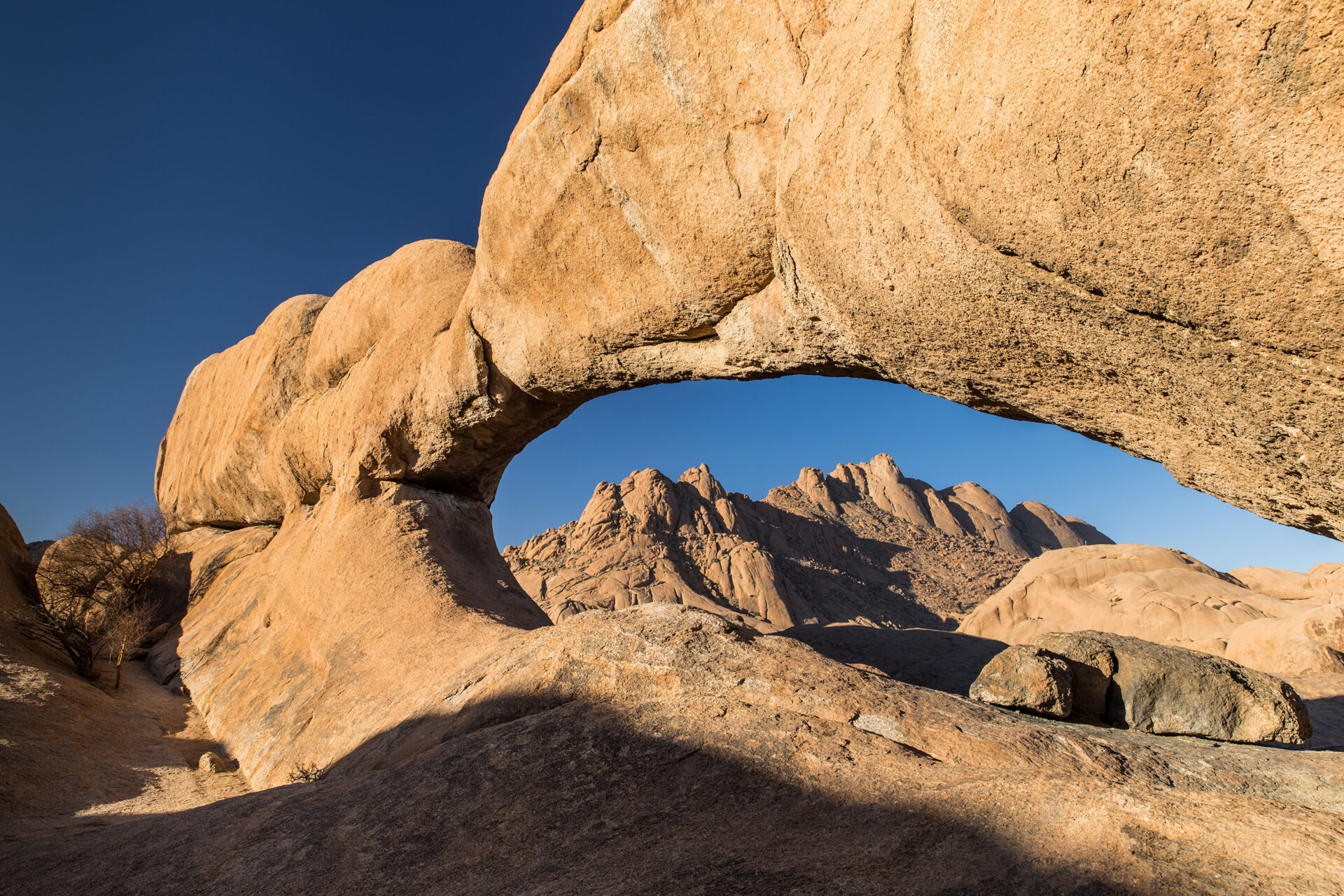
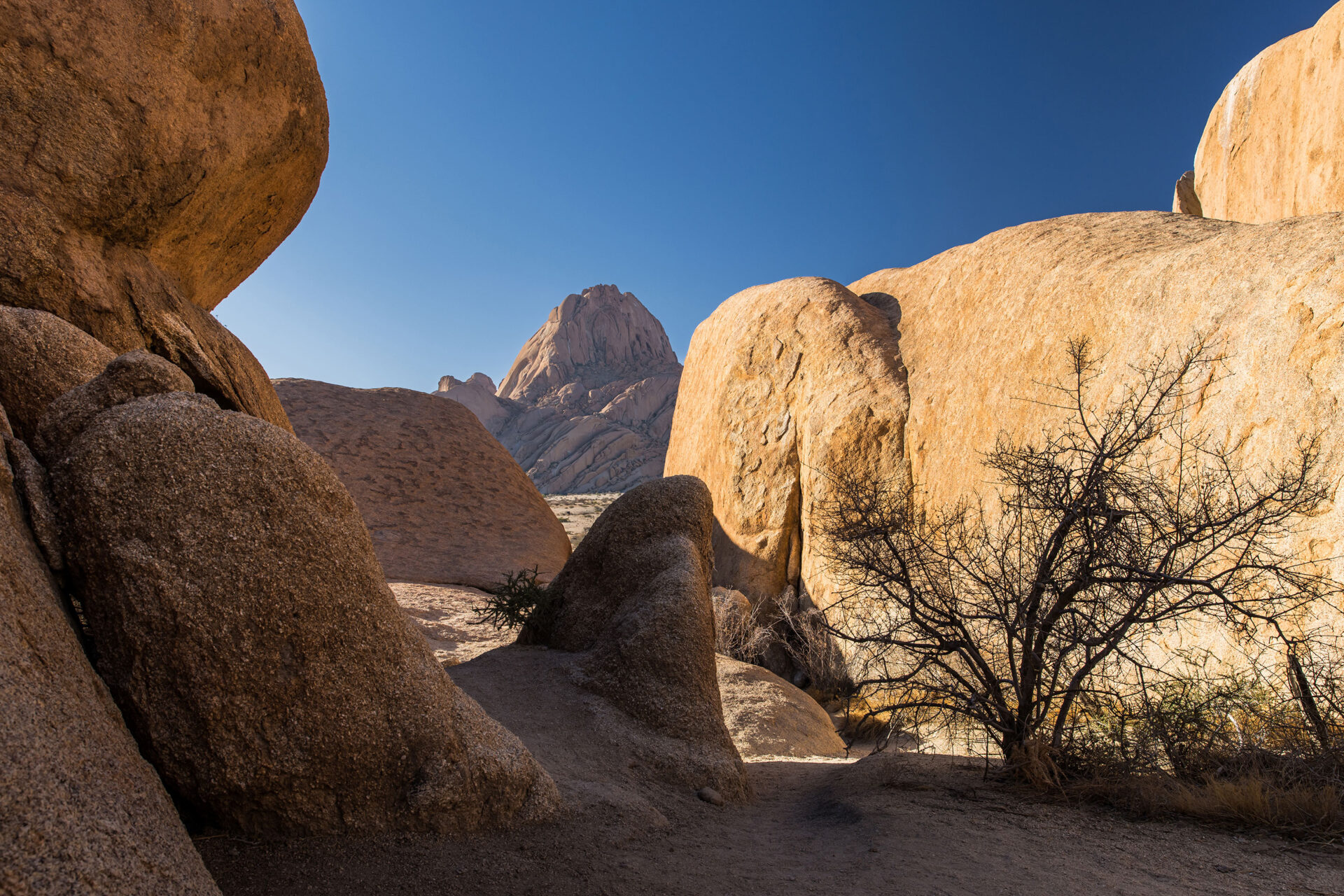
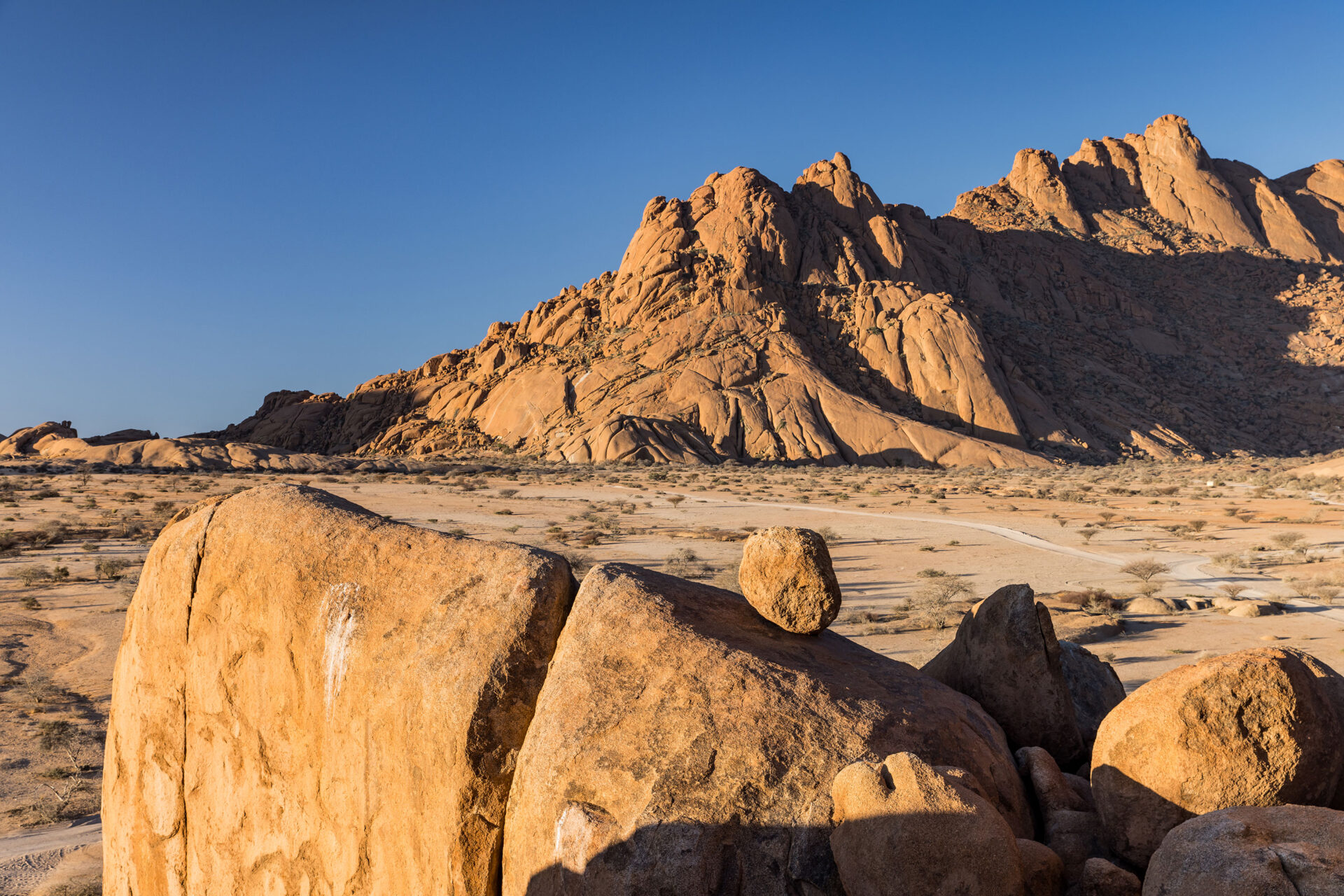
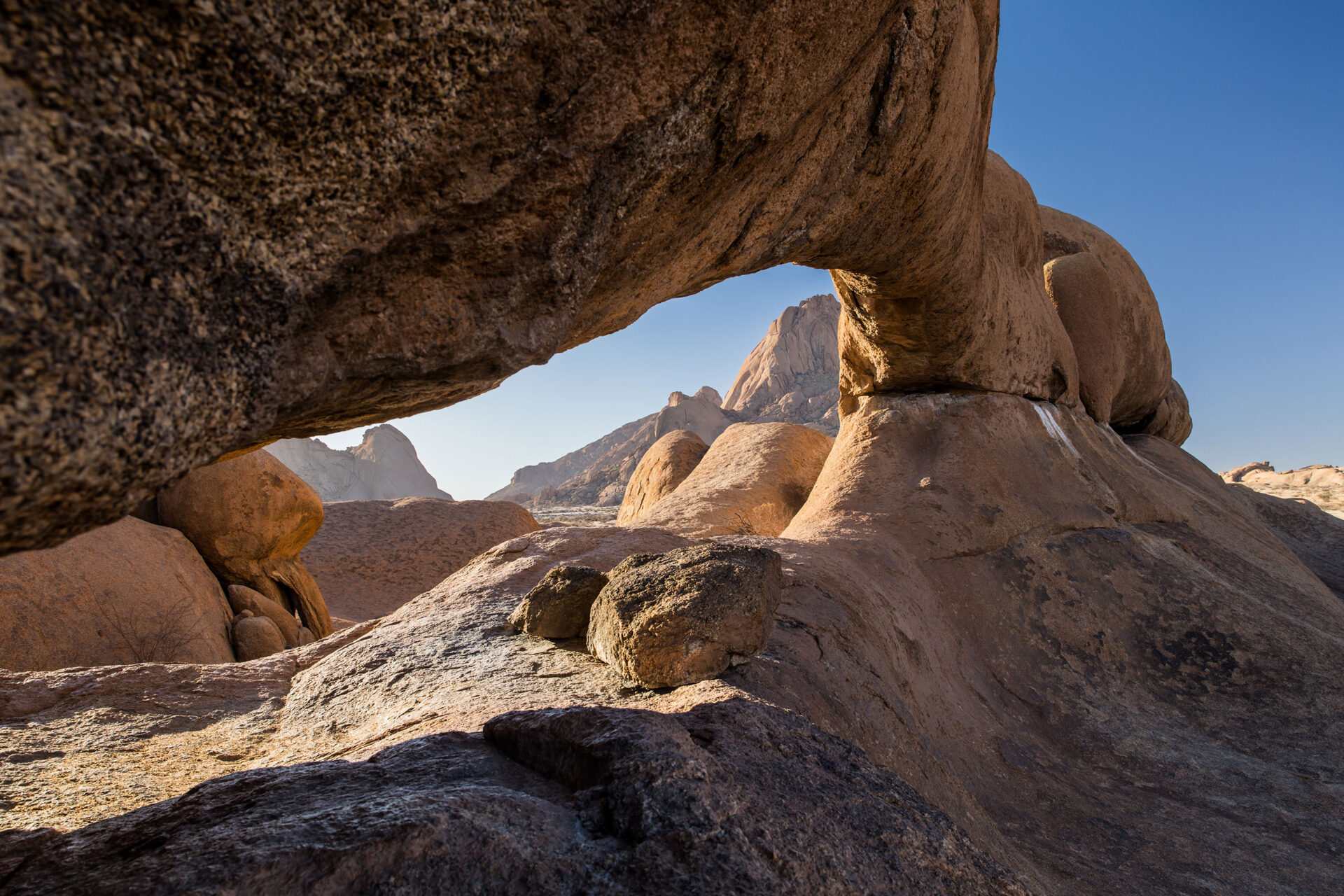
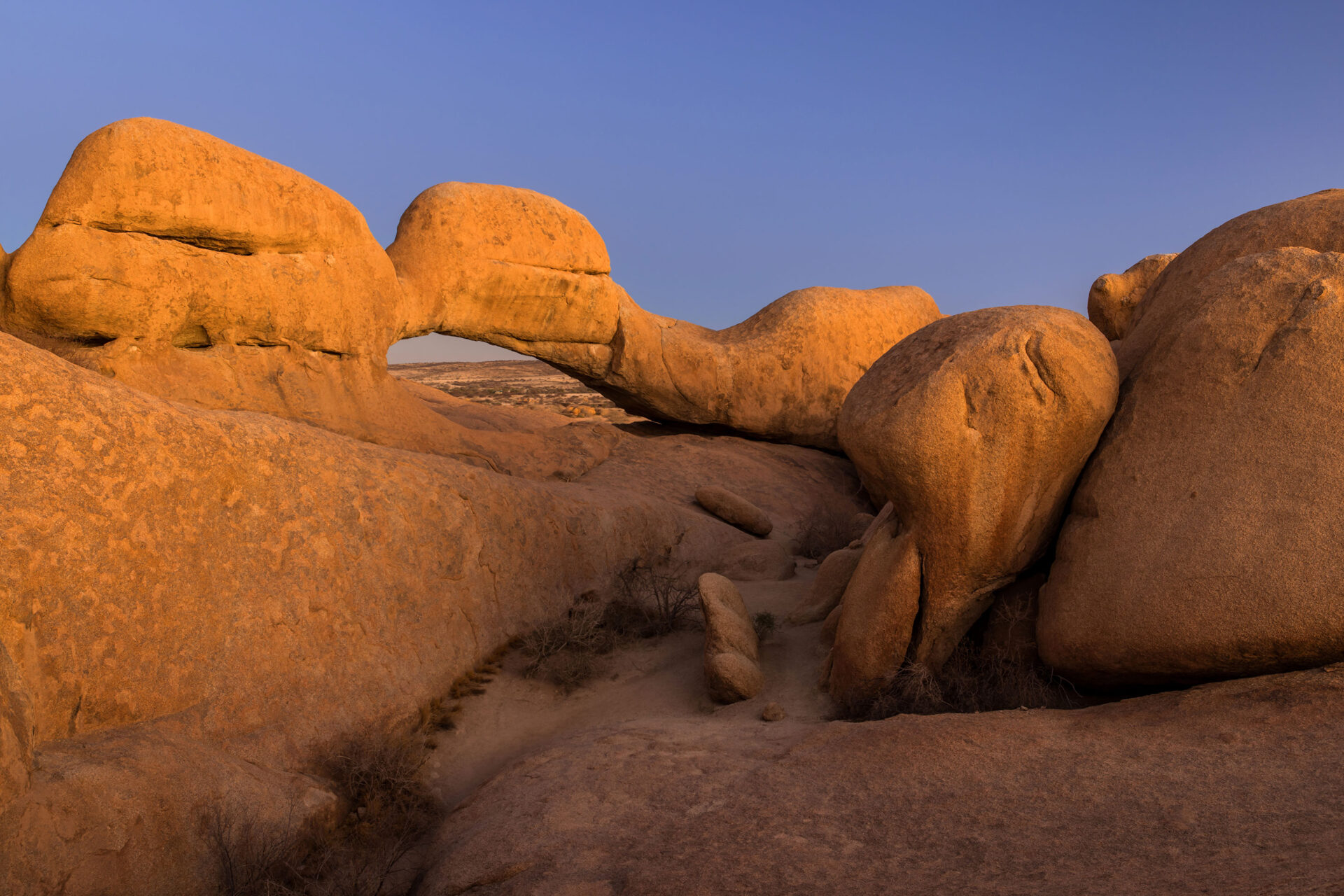
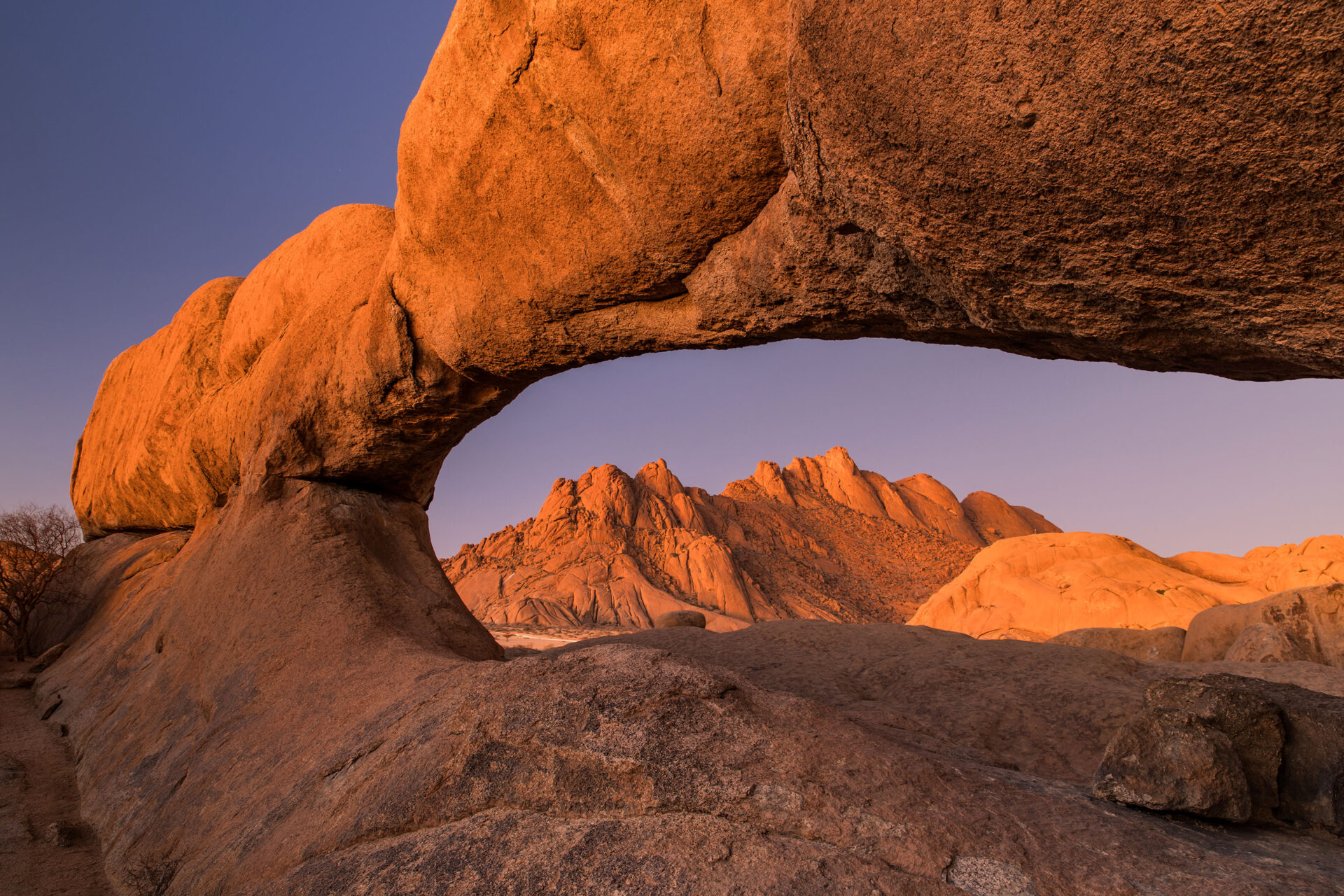
Desert elephants
As I left the Namib desert, I made my way over to Twyfelfontein. This small settlement drew my attention as it is one of the very few places on Earth where you can see the desert-adapted elephants. These elephants have learned to survive in one of the driest regions of Africa, covering long distances in search of food and water. Unlike their relatives that live in other parts of the country, the desert elephants have smaller bodies and wider feet, perfect for making their way to the rough terrain of the Kunene province. I spent a full morning tracking these unique elephants as they were slowly walking through the dry riverbeds. It was such a peaceful experience, and I really got up close to a herd without disturbing them.
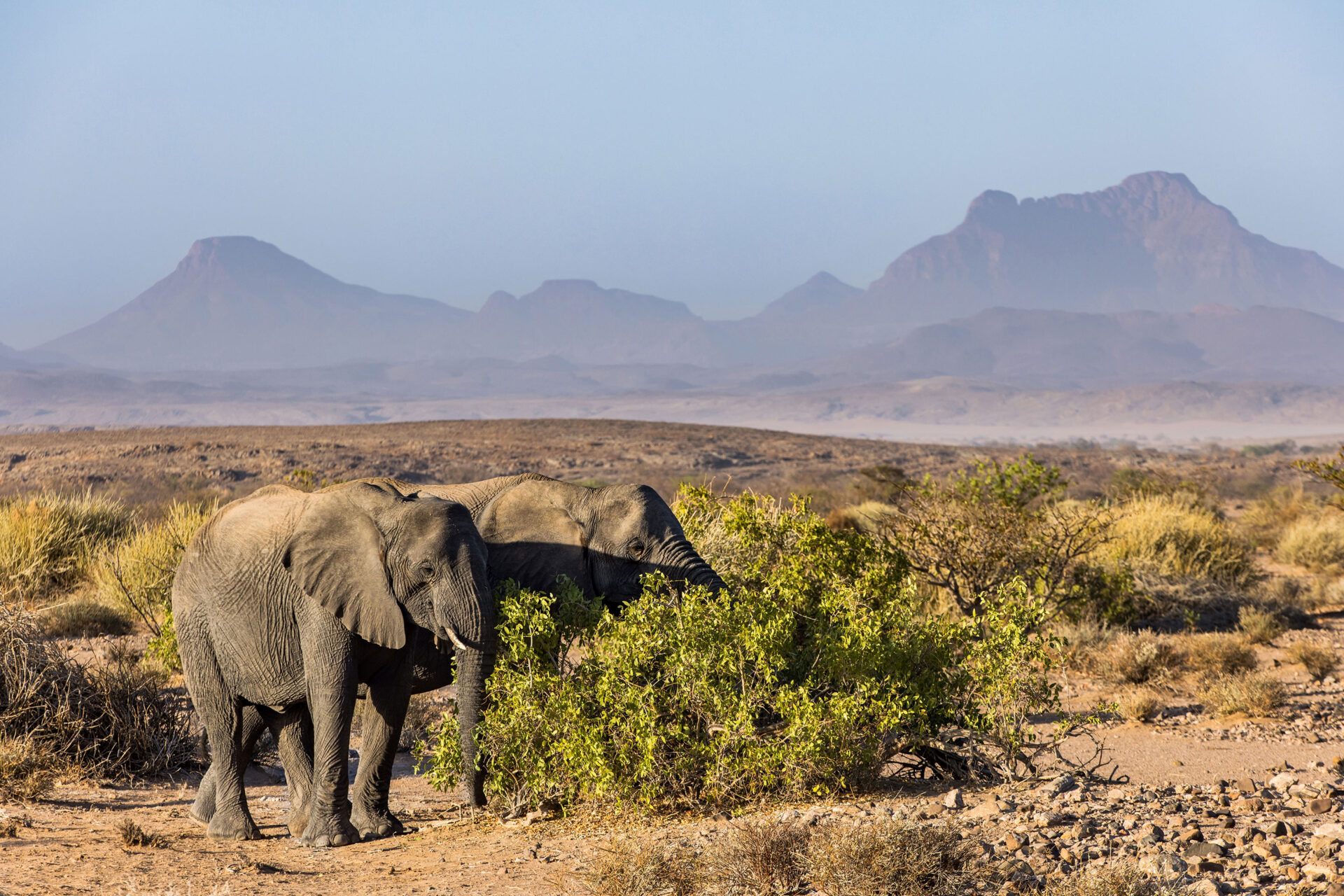
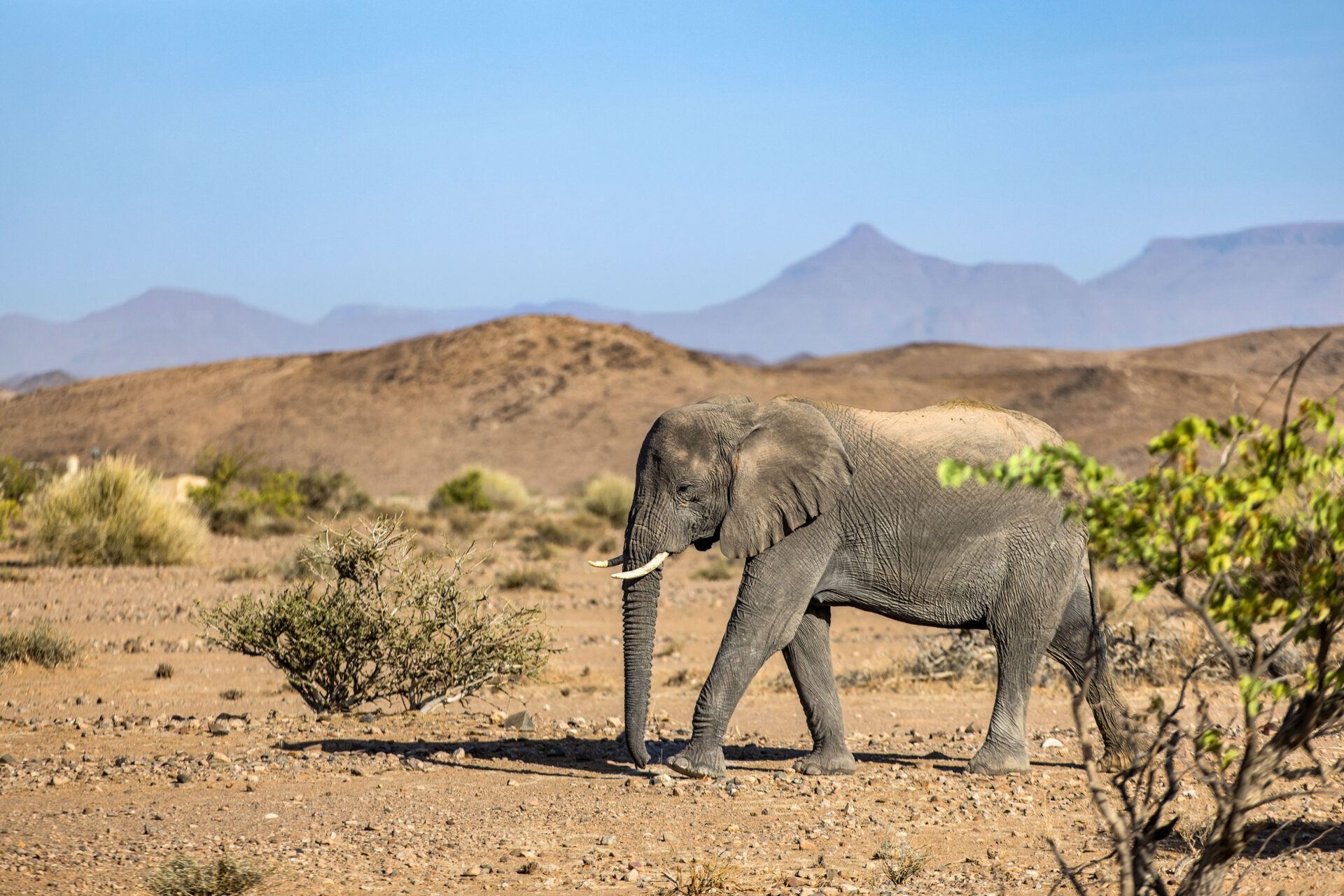
Epupa falls
As I made my way further north, I ended up at literally the end of the road, in the town of Epupa. Here, on the border with Angola, you can admire the impressive Epupa Falls. These waterfalls have got to be some of the most beautiful waterfalls I have ever seen with its lush surroundings of palm trees and even baobabs!
Epupa is also known for its tribal villages. Here in Kaokoland, the Himba can still be found living their semi-nomadic lives. I dedicated a special post about this unique tribe, which you can find here.
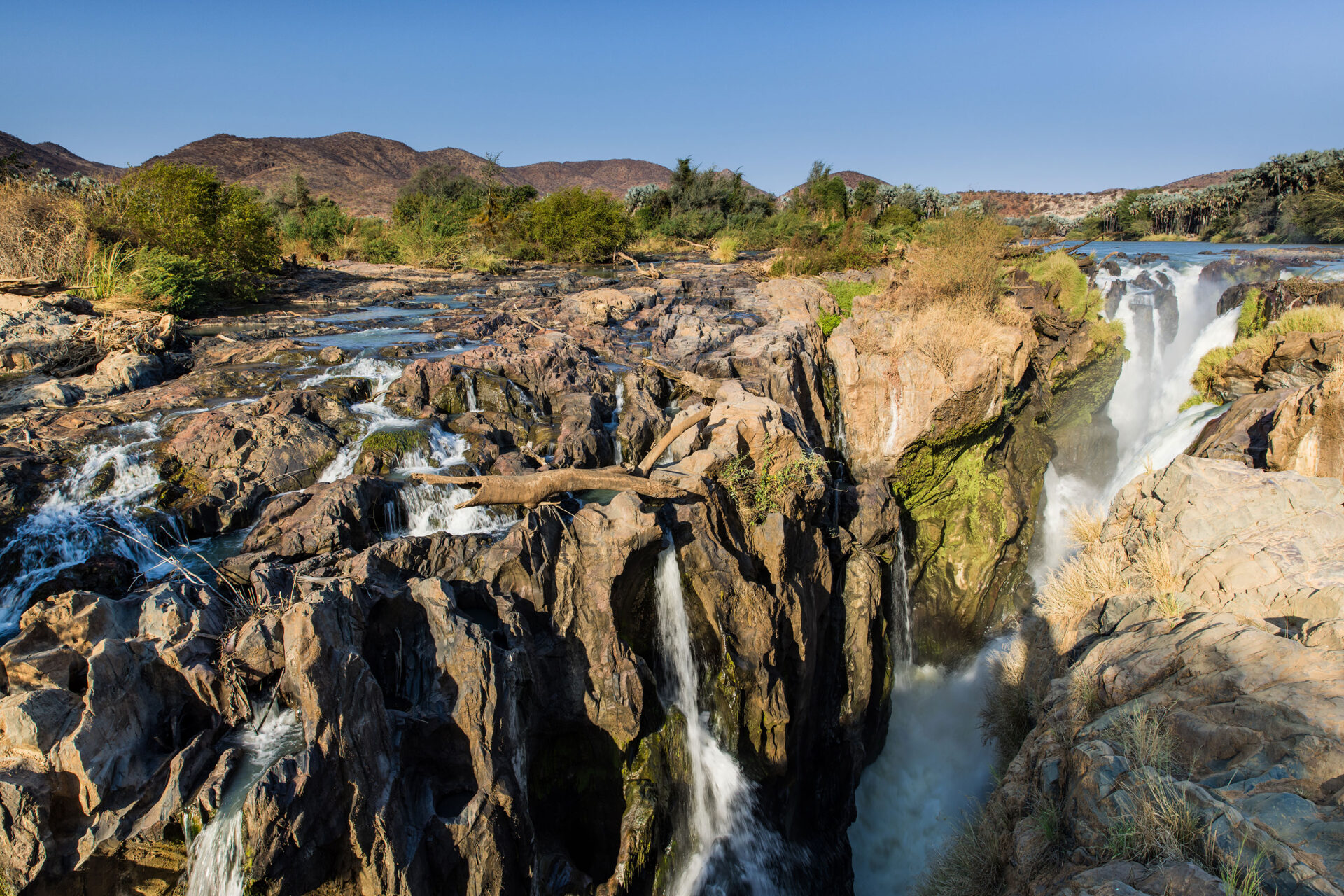
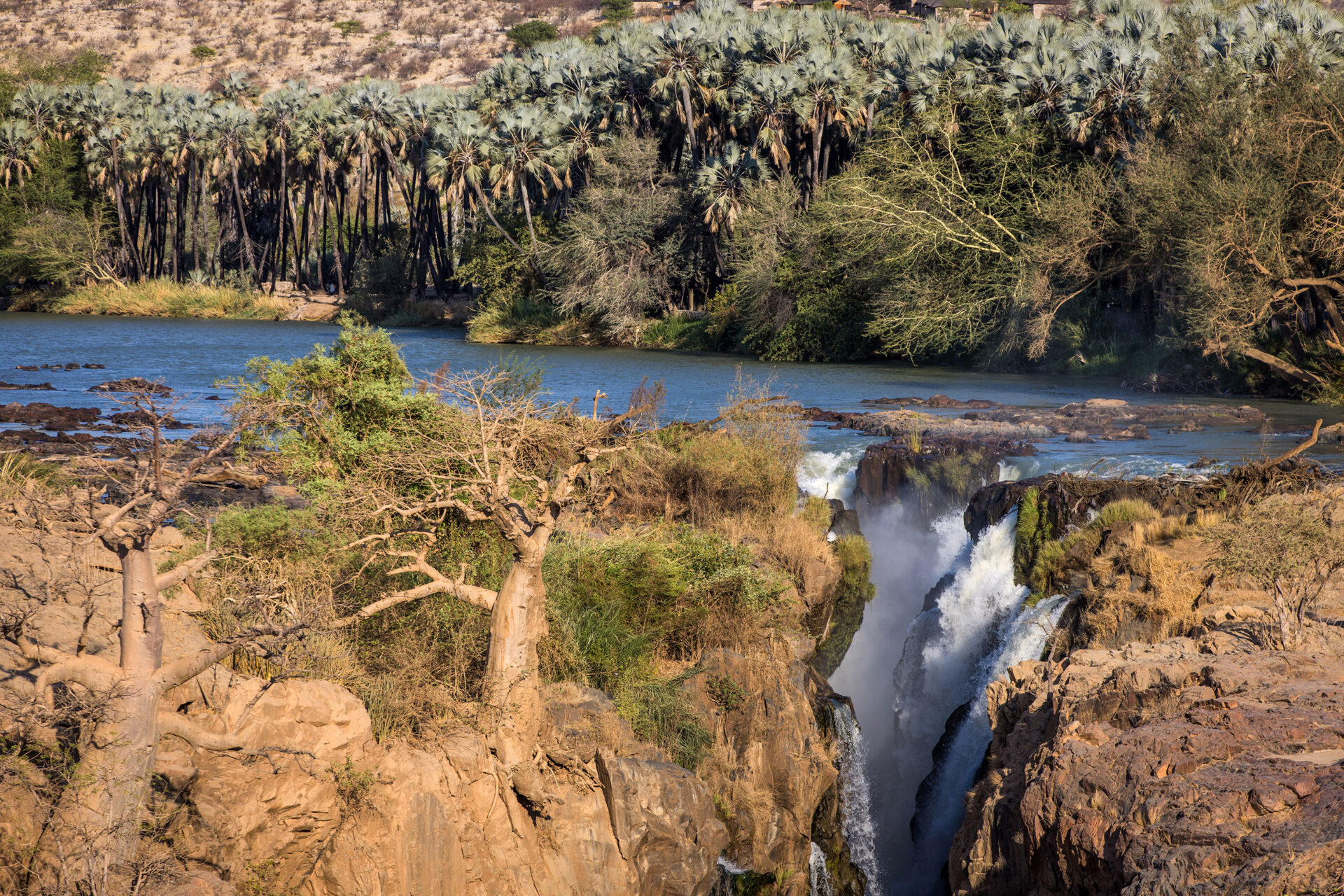
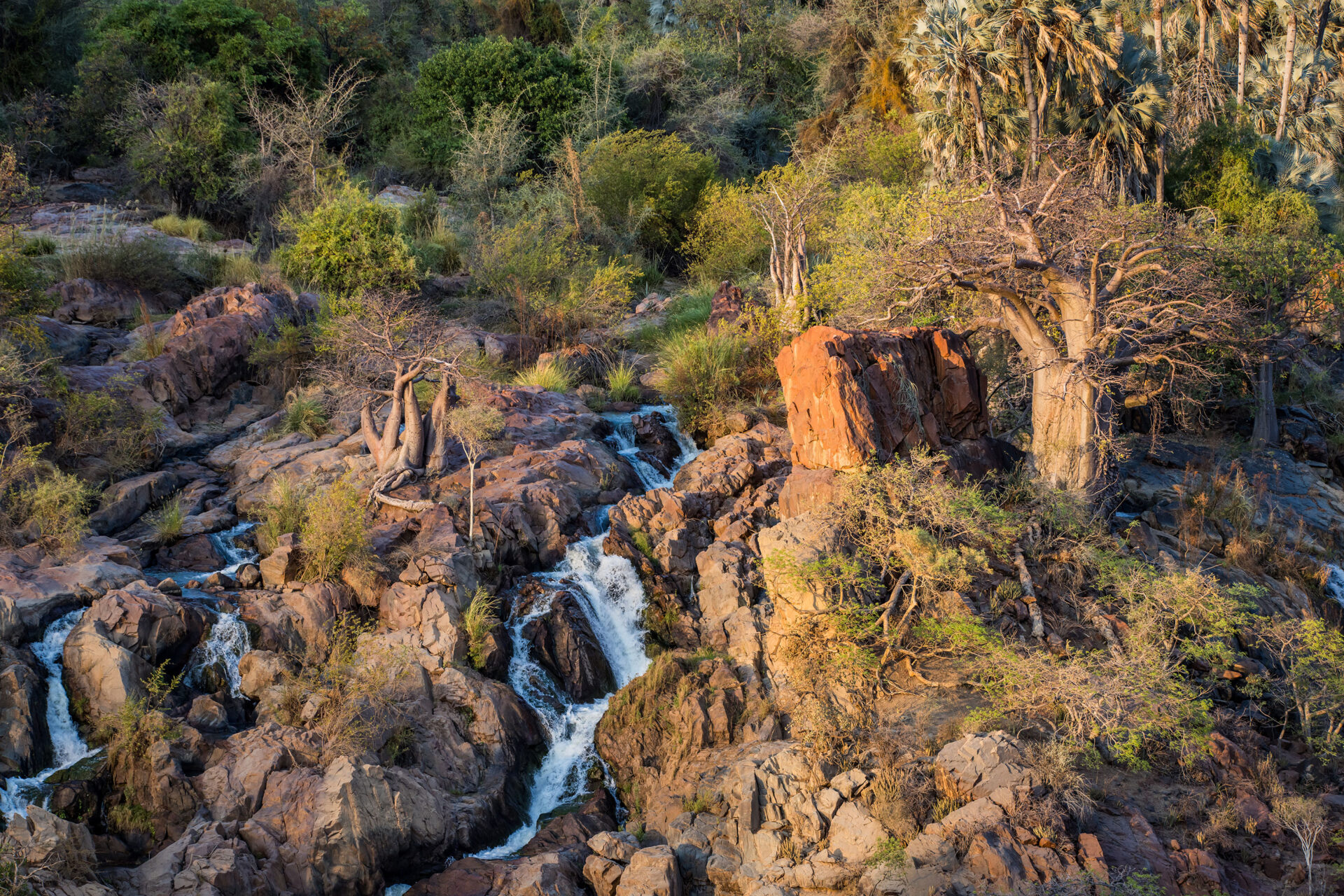
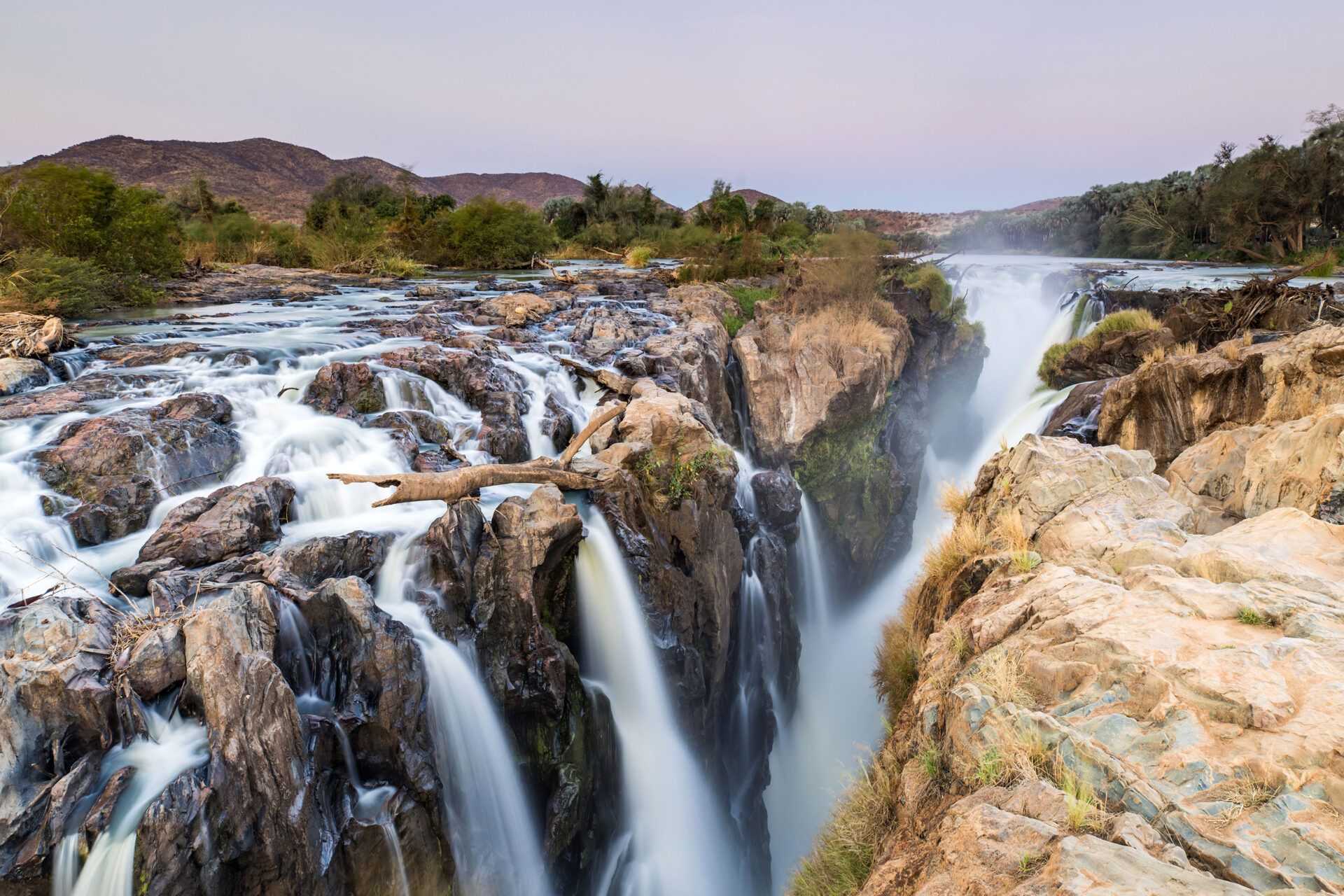
And then, there’s the star of Namibia, and perhaps of the entire Southern African area: Etosha National Park. As you can imagine, I took so many photos of the wildlife in this park that I decided to create a separate post about this park.

